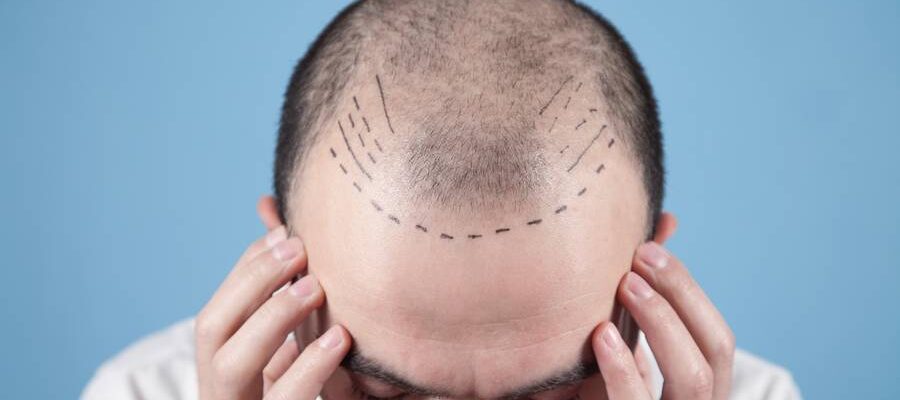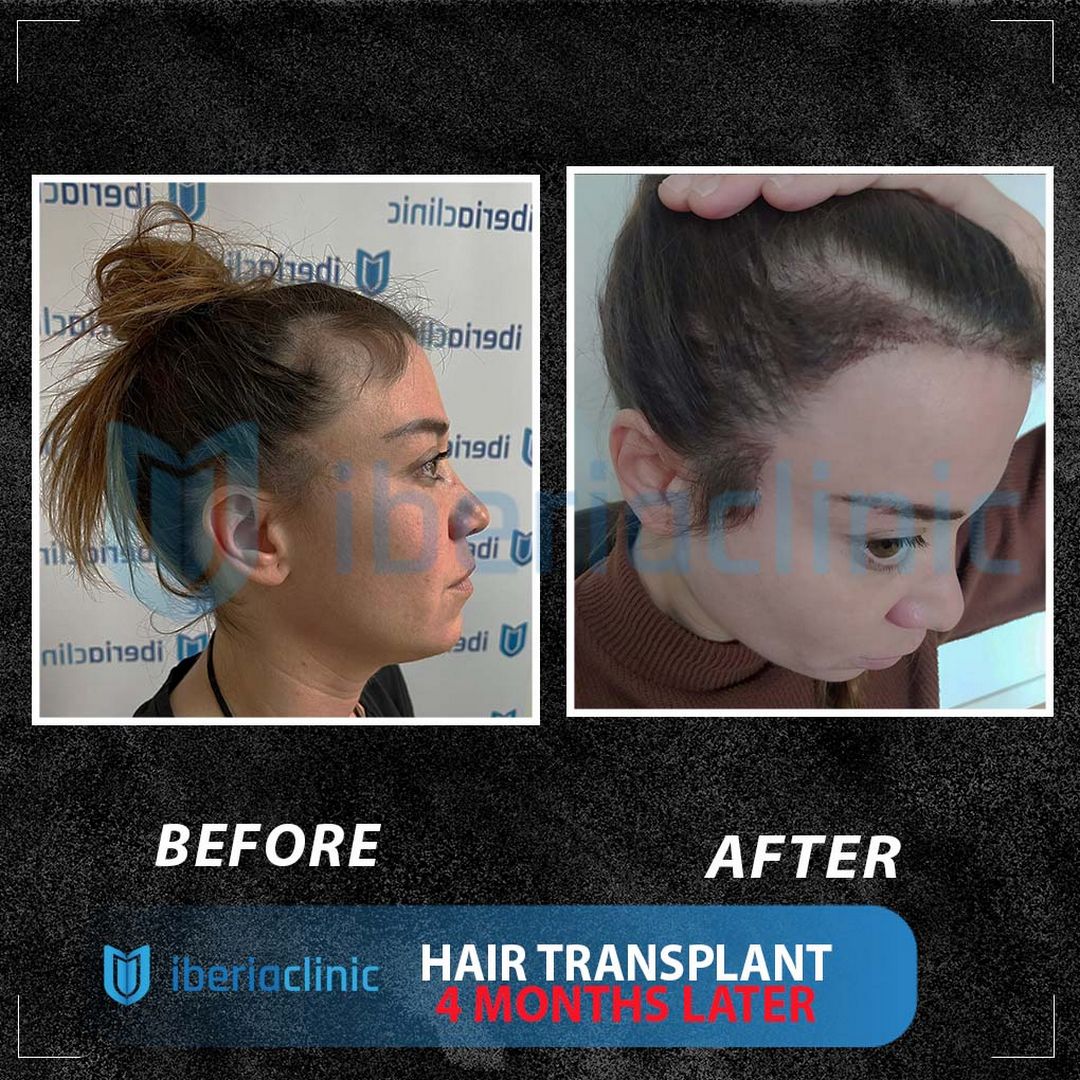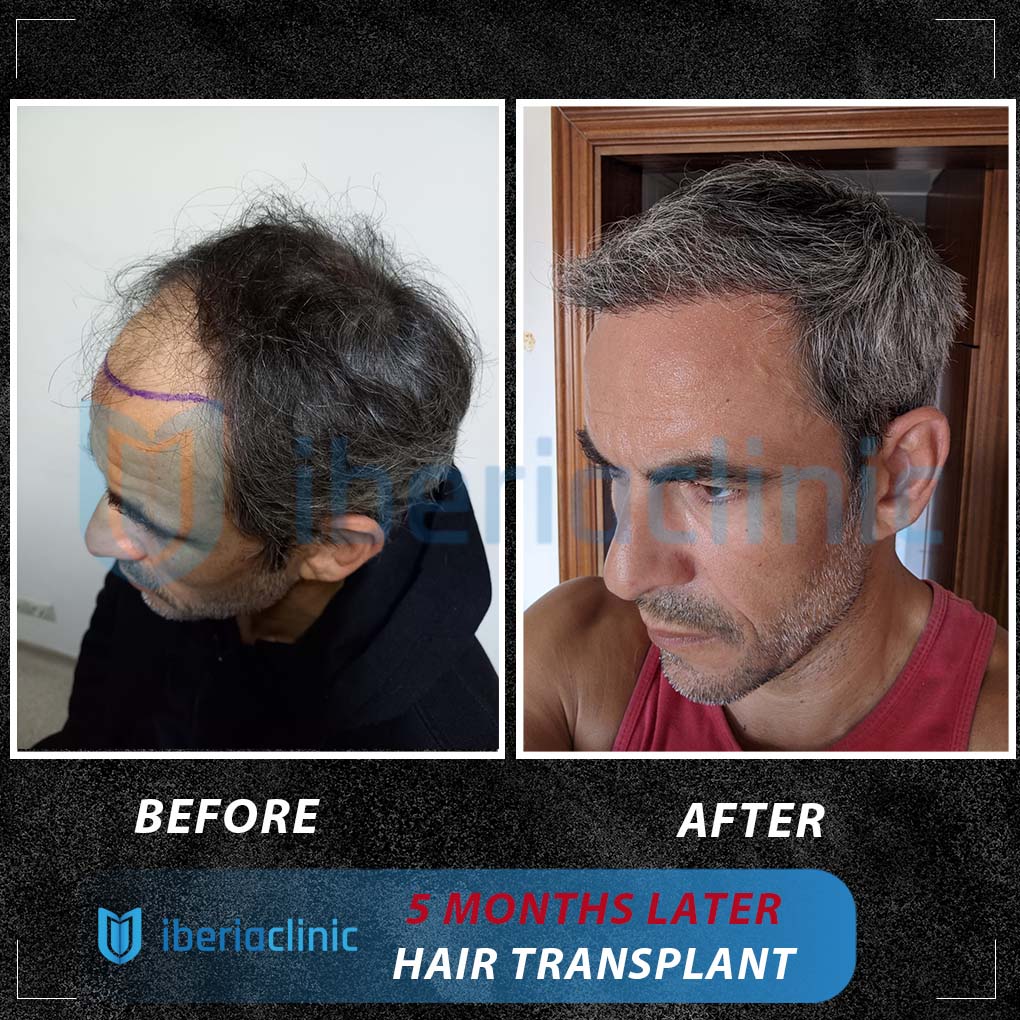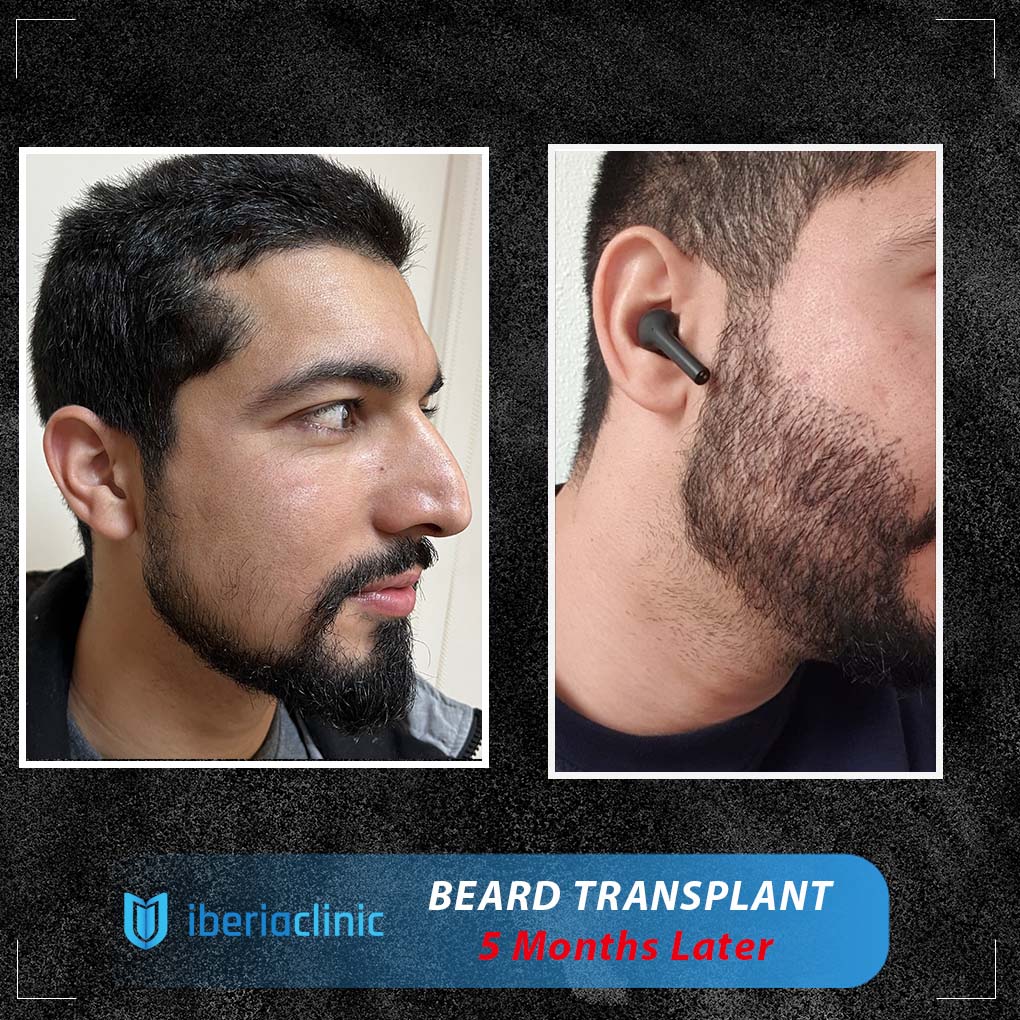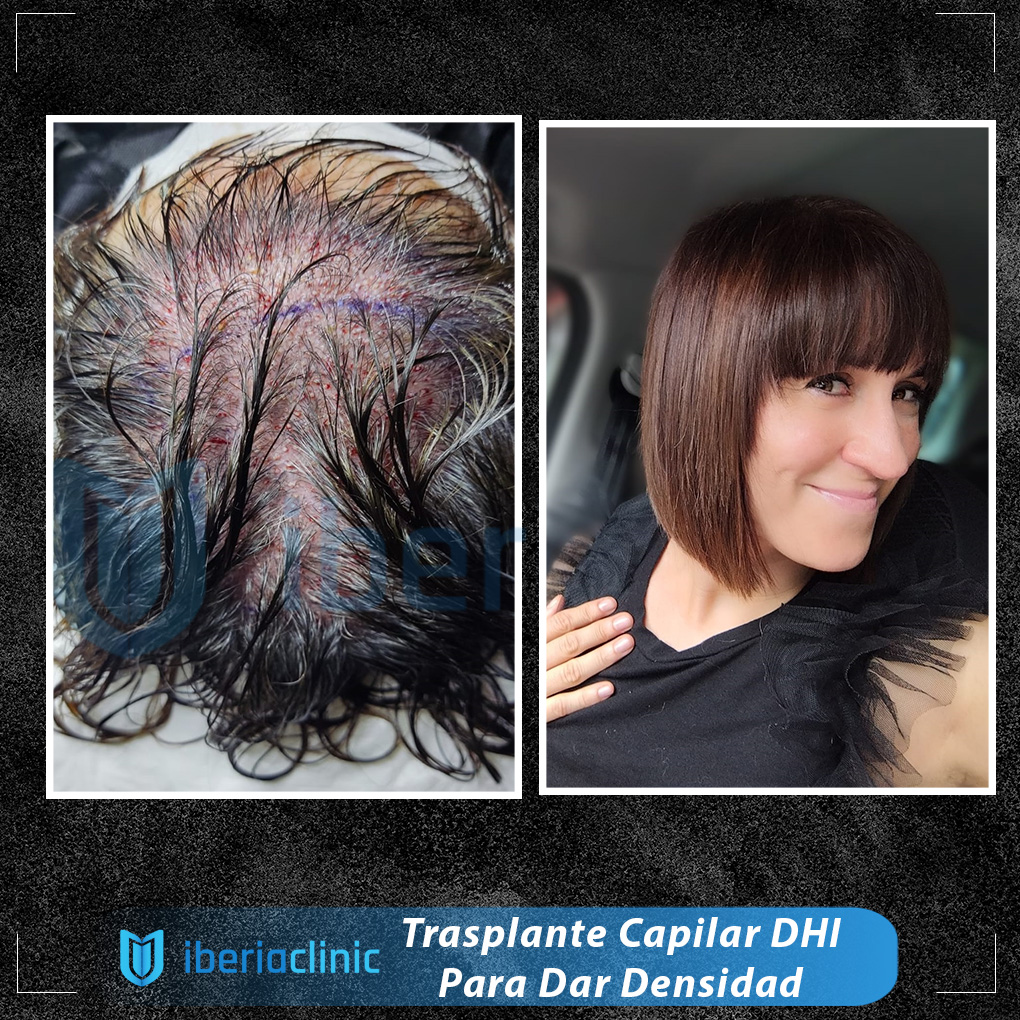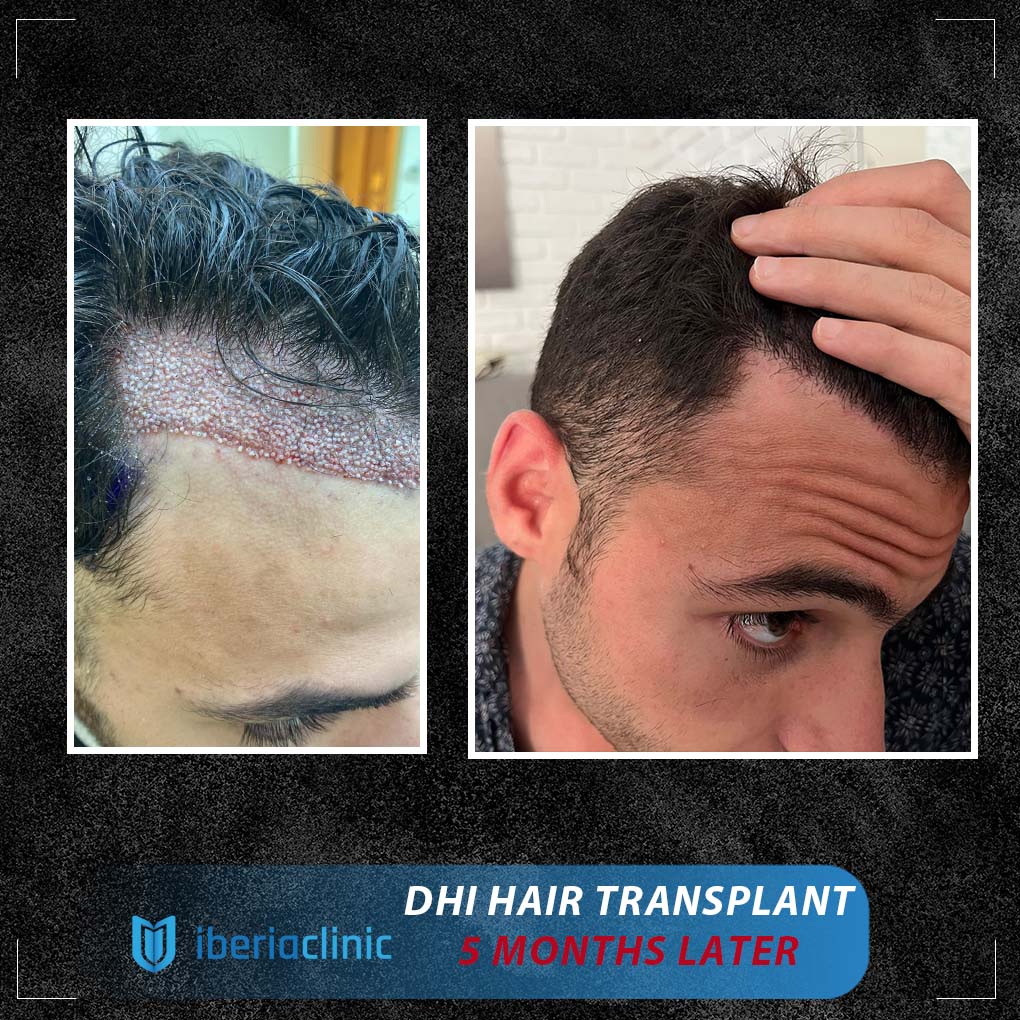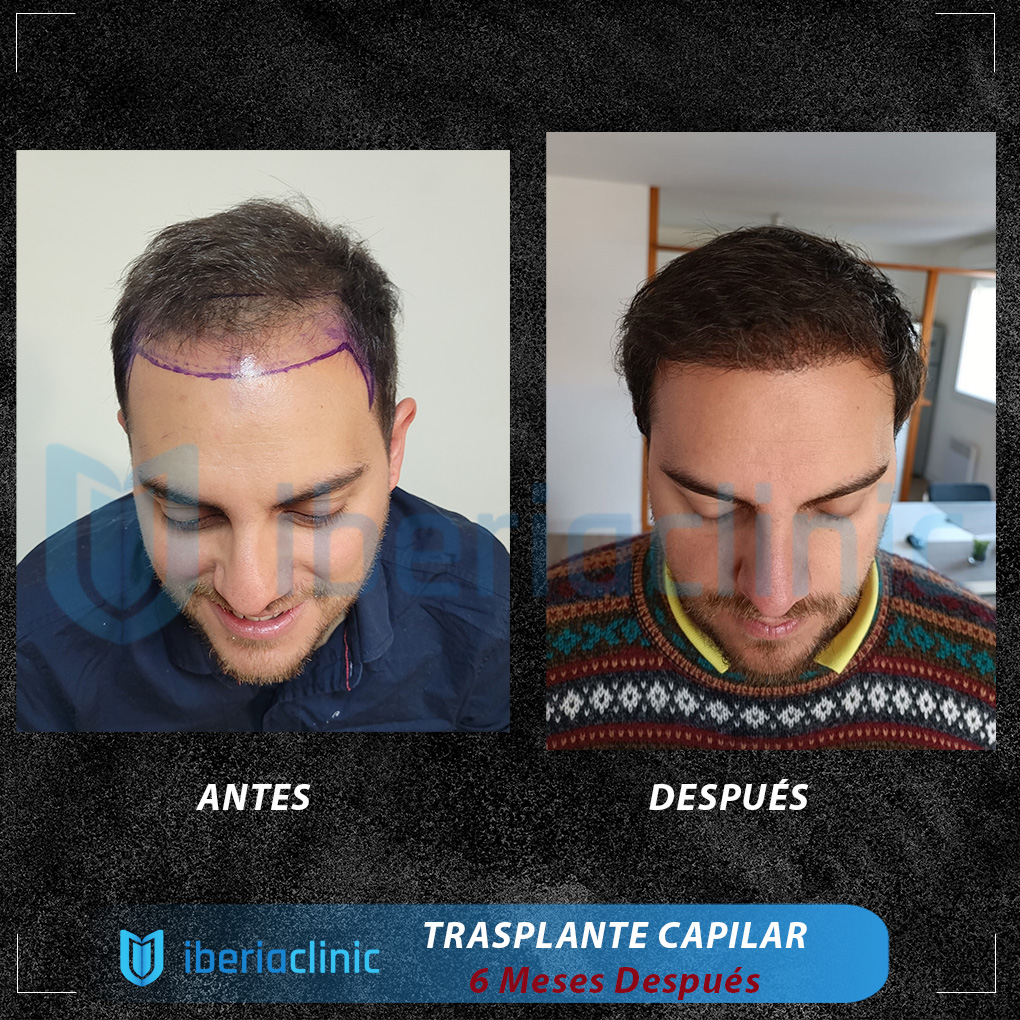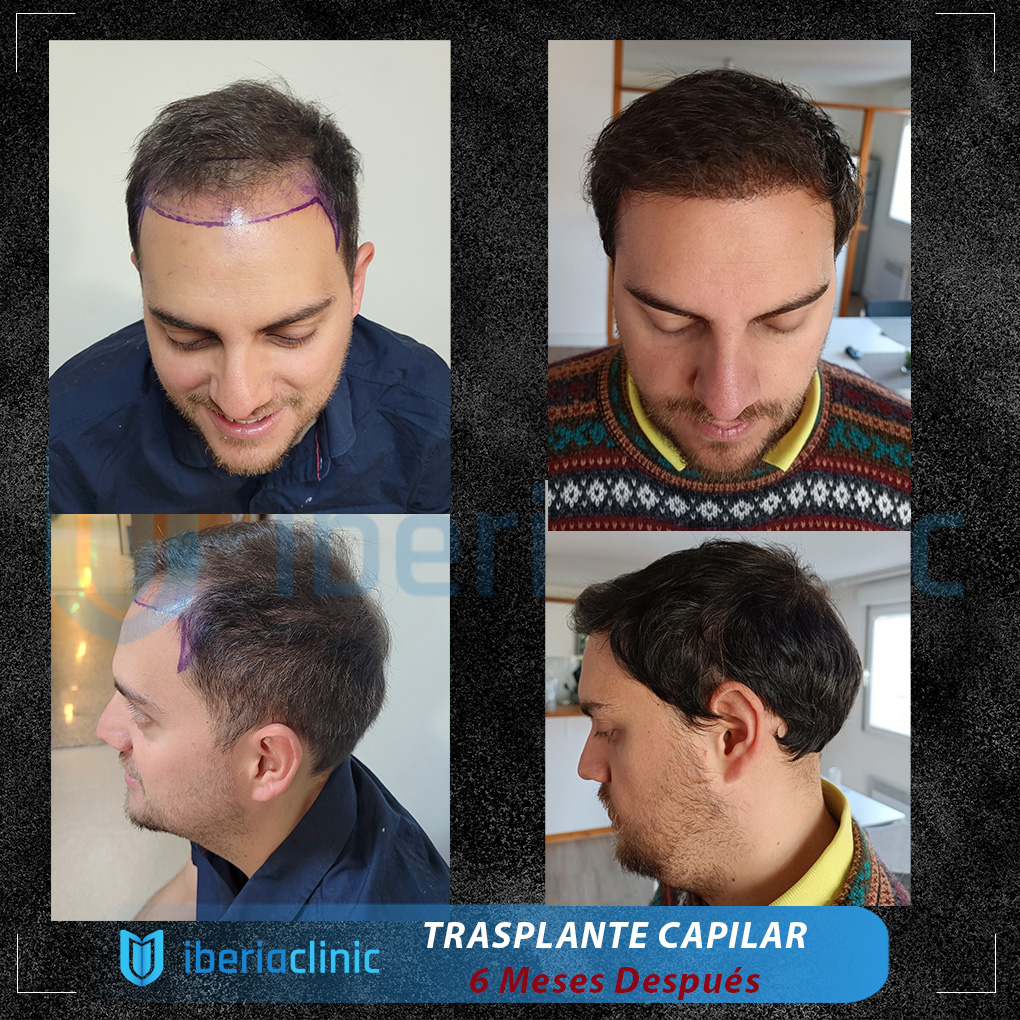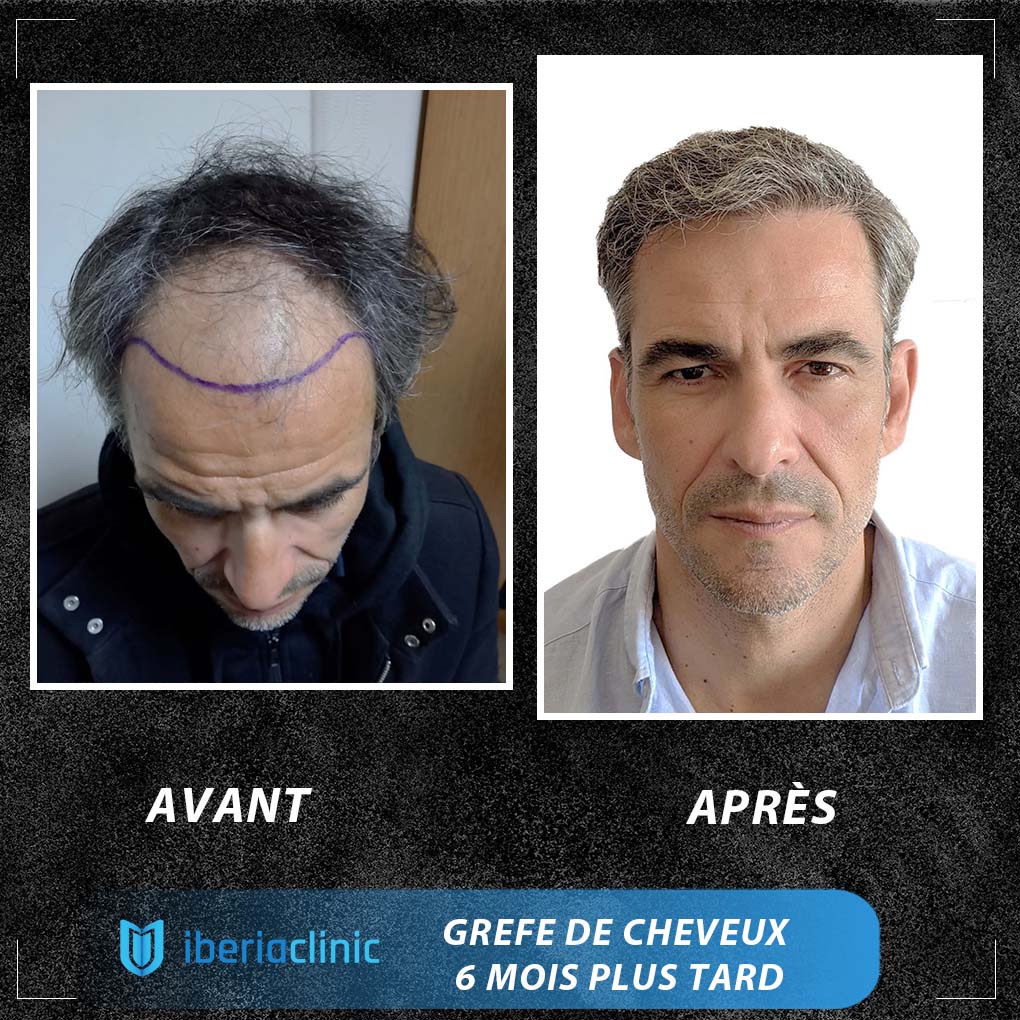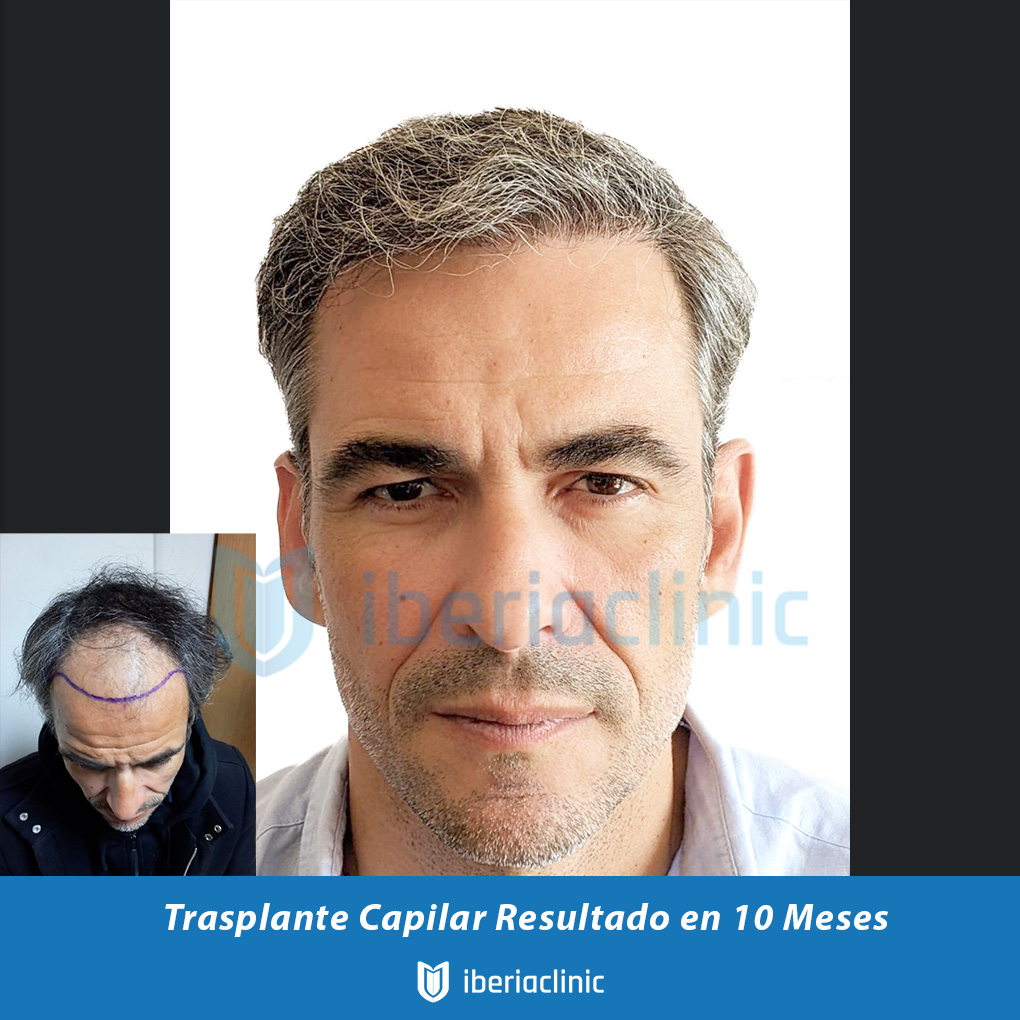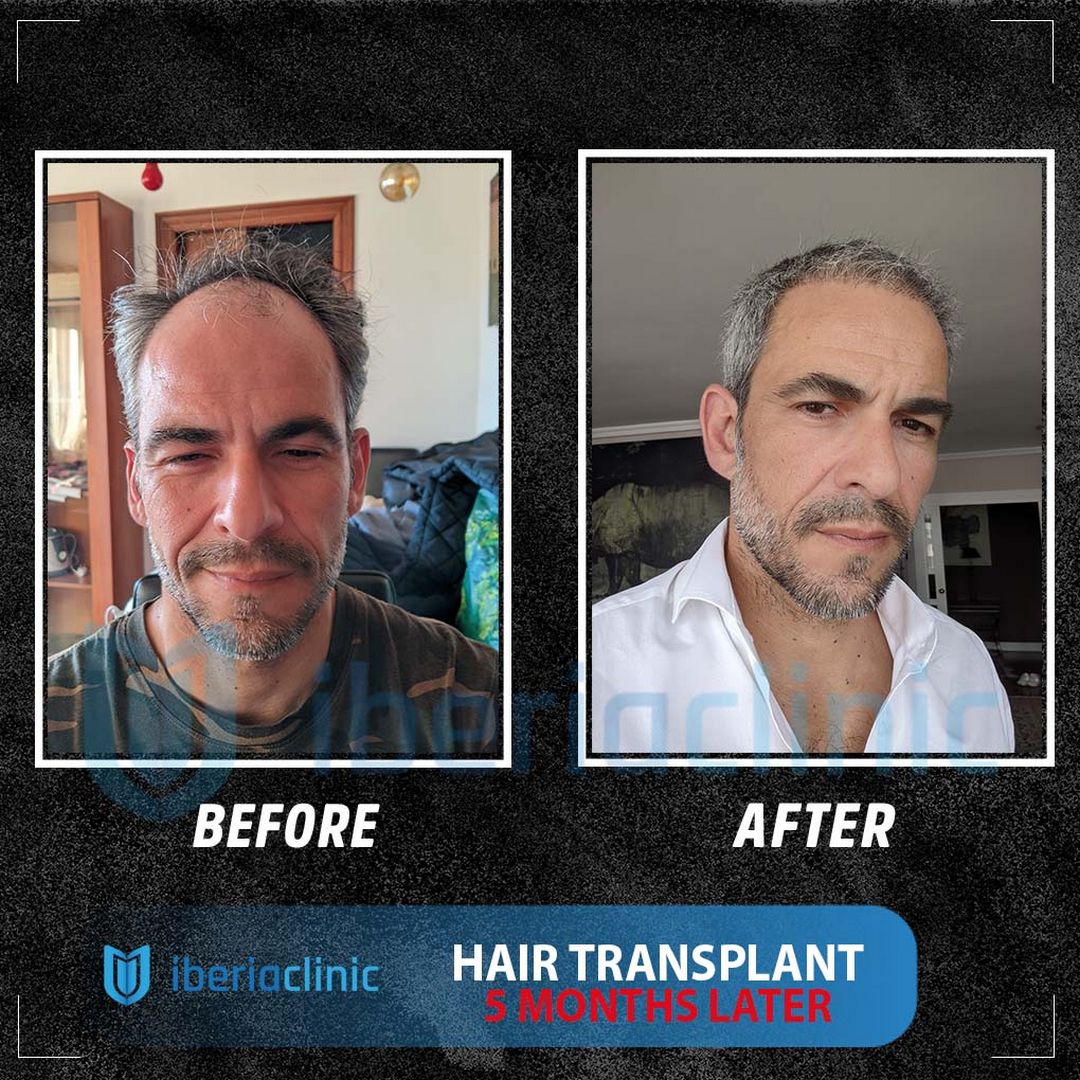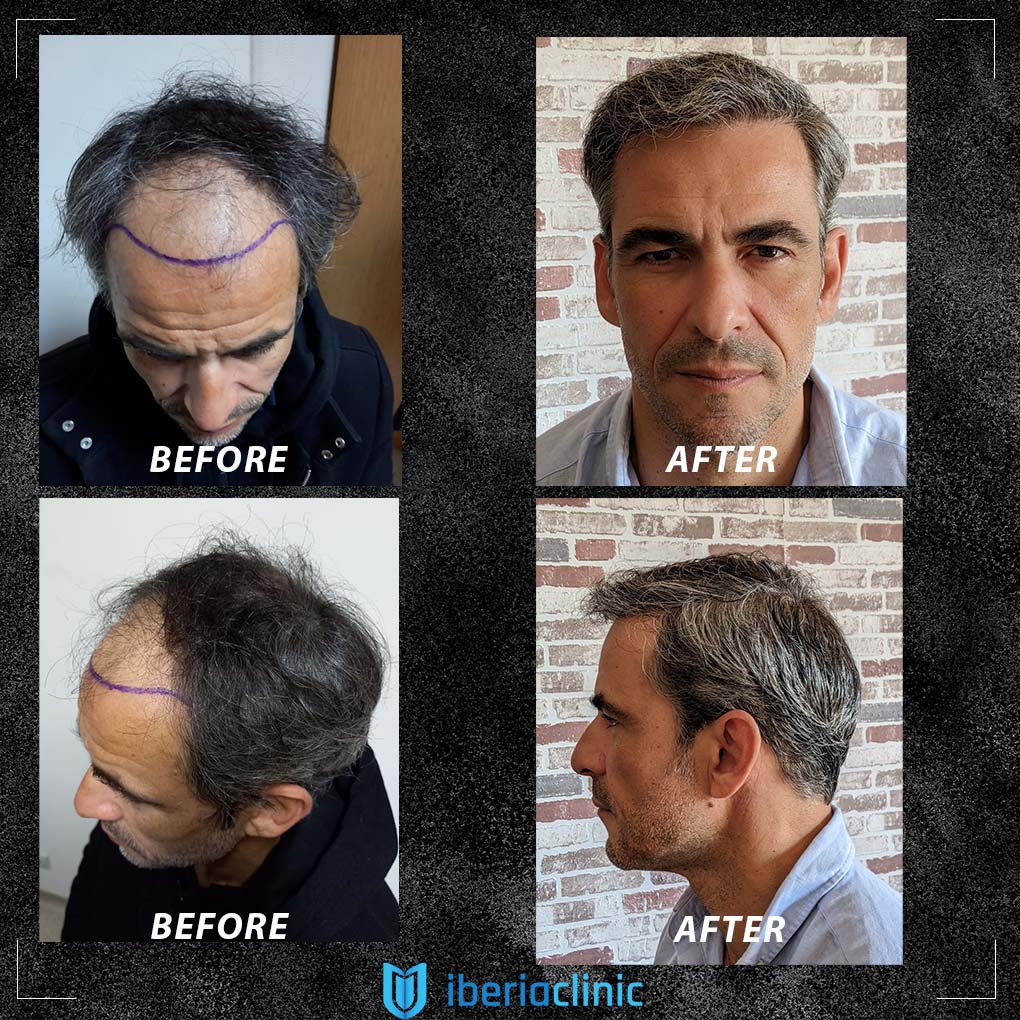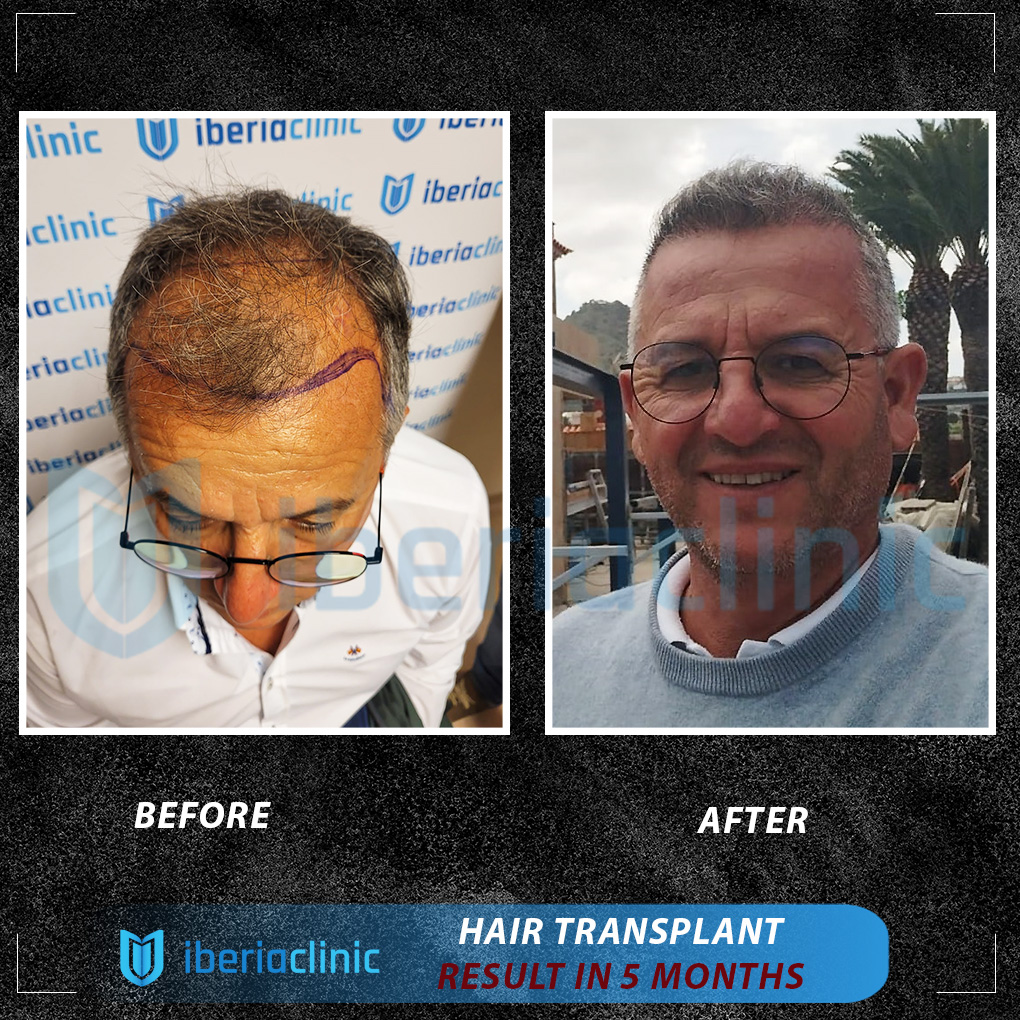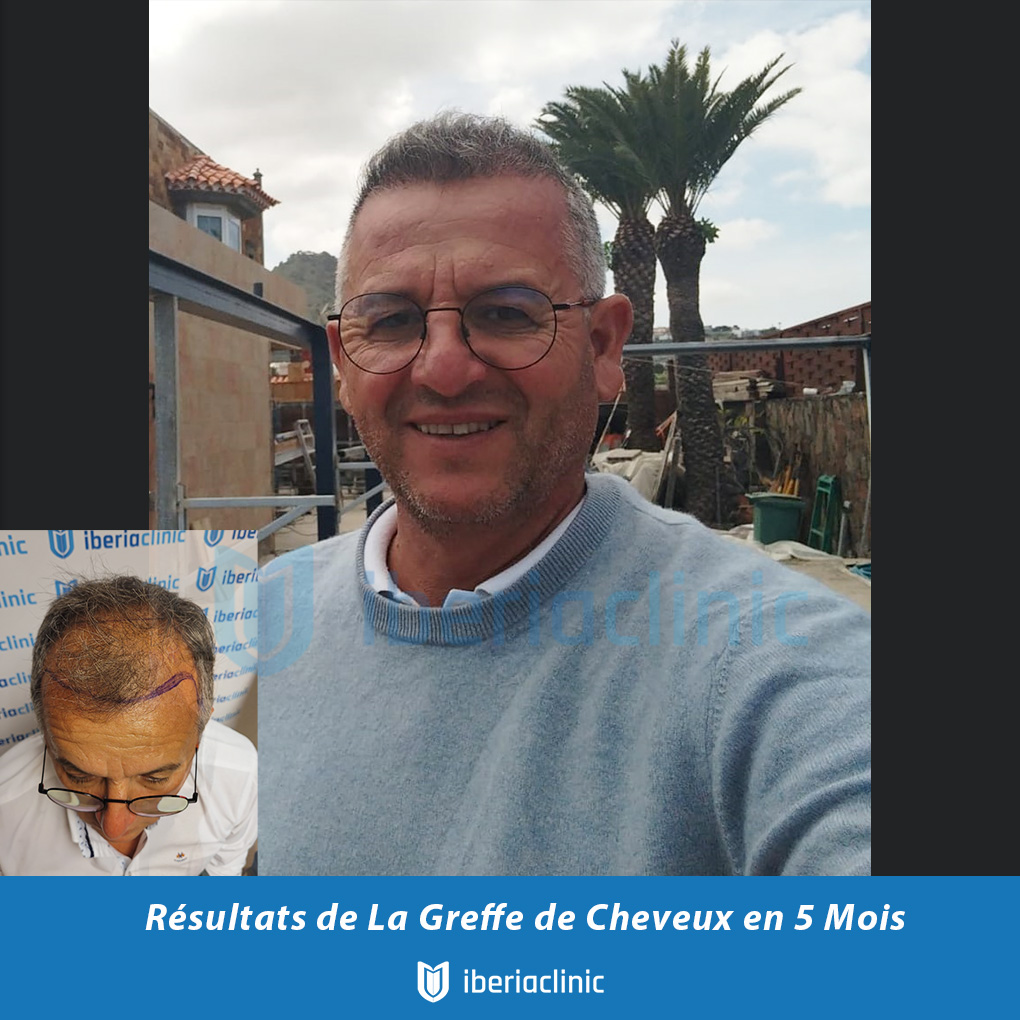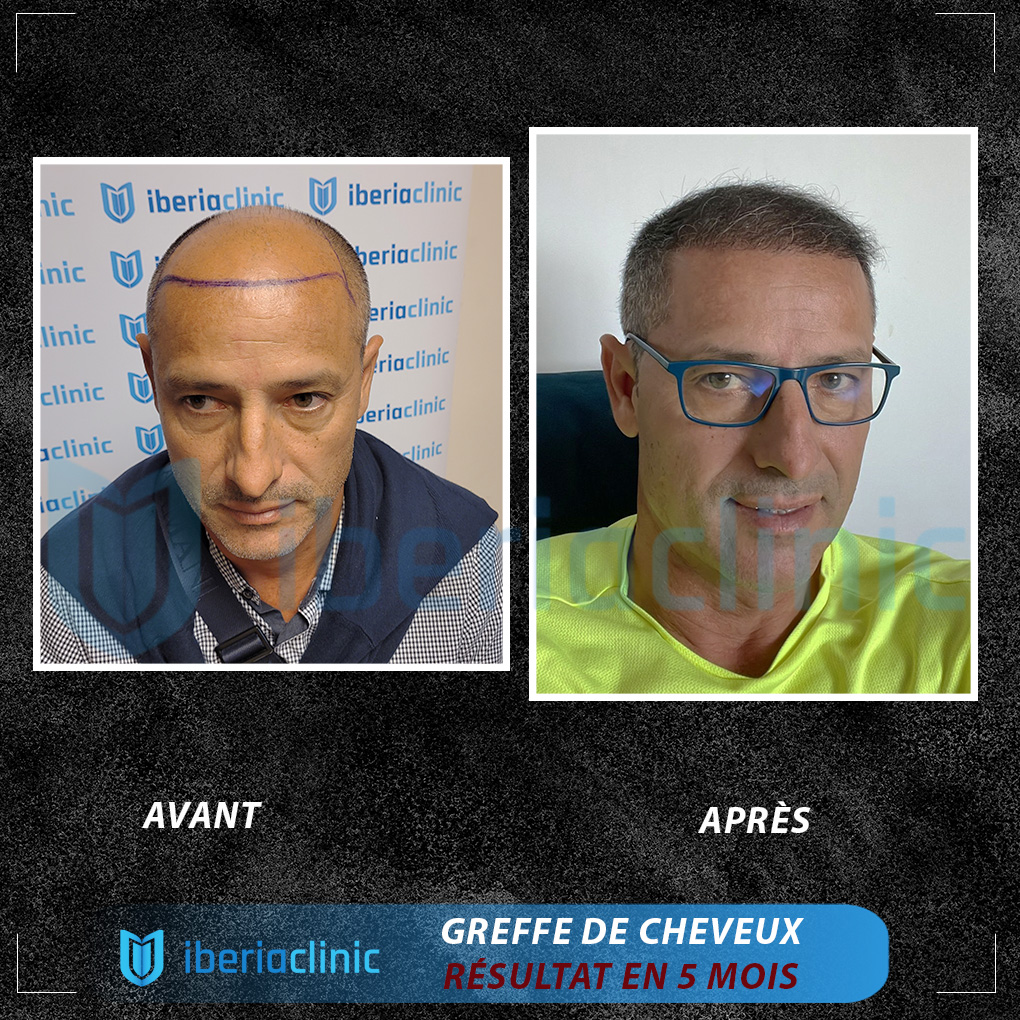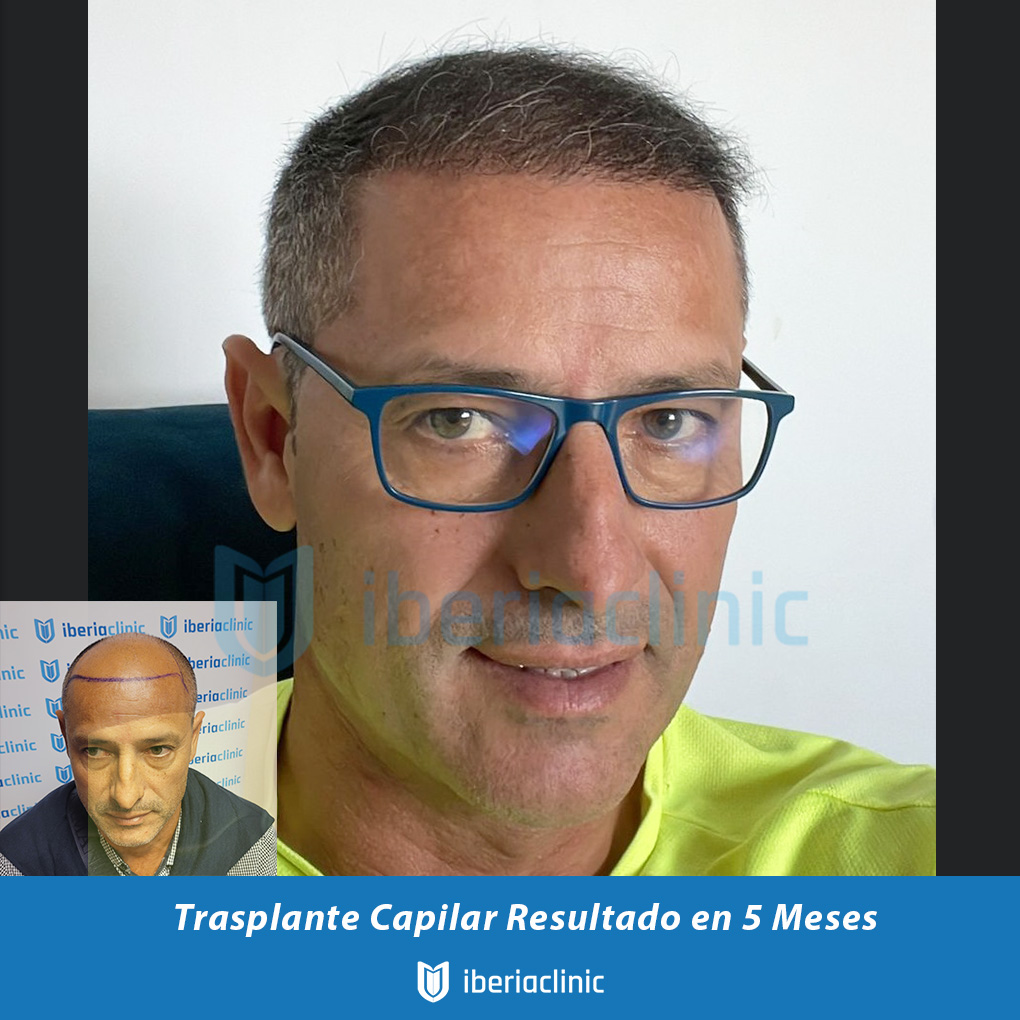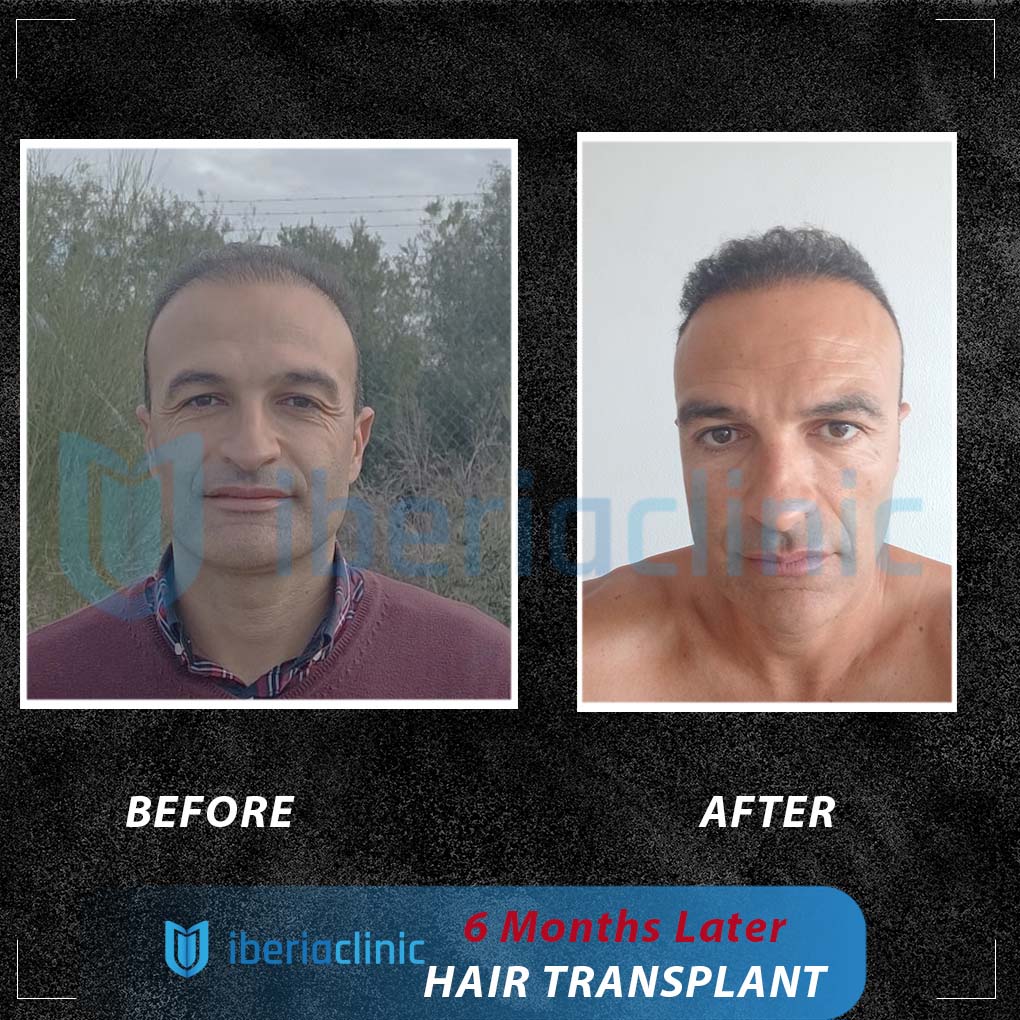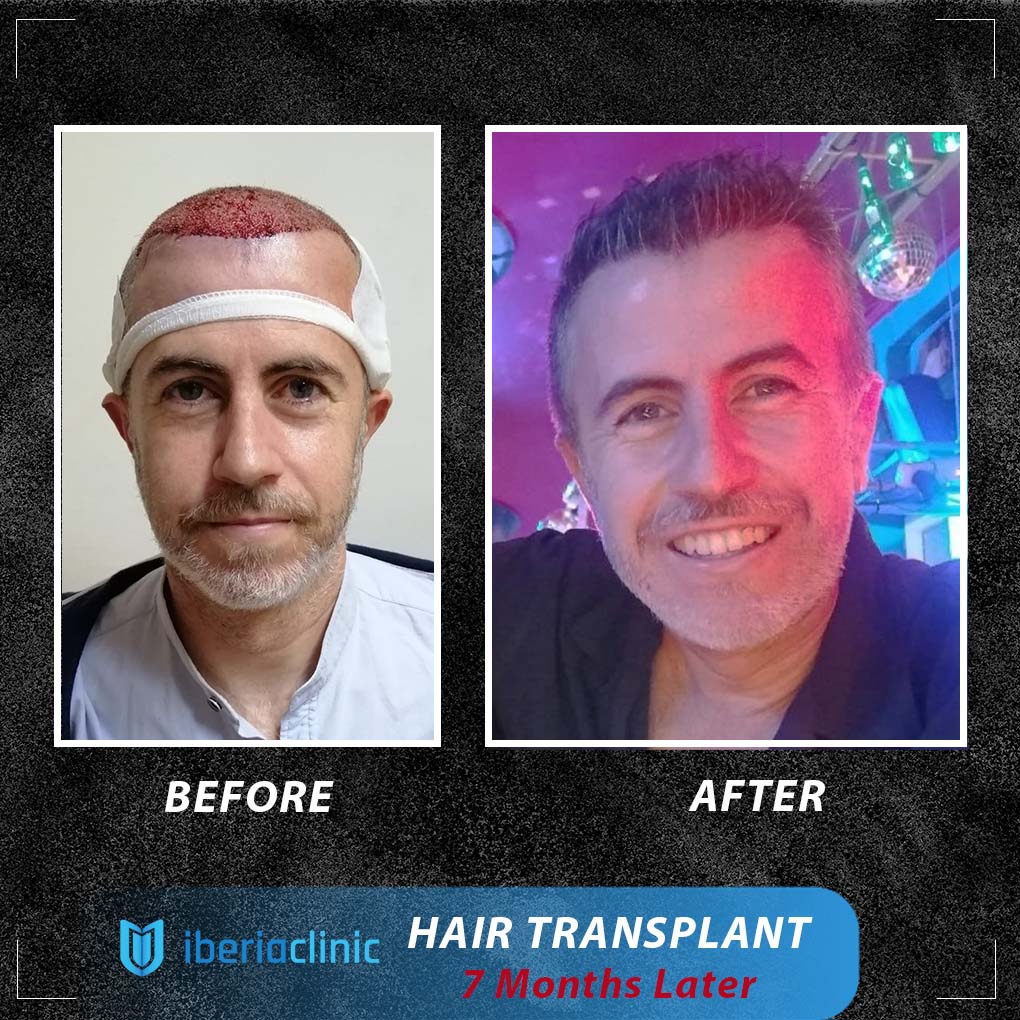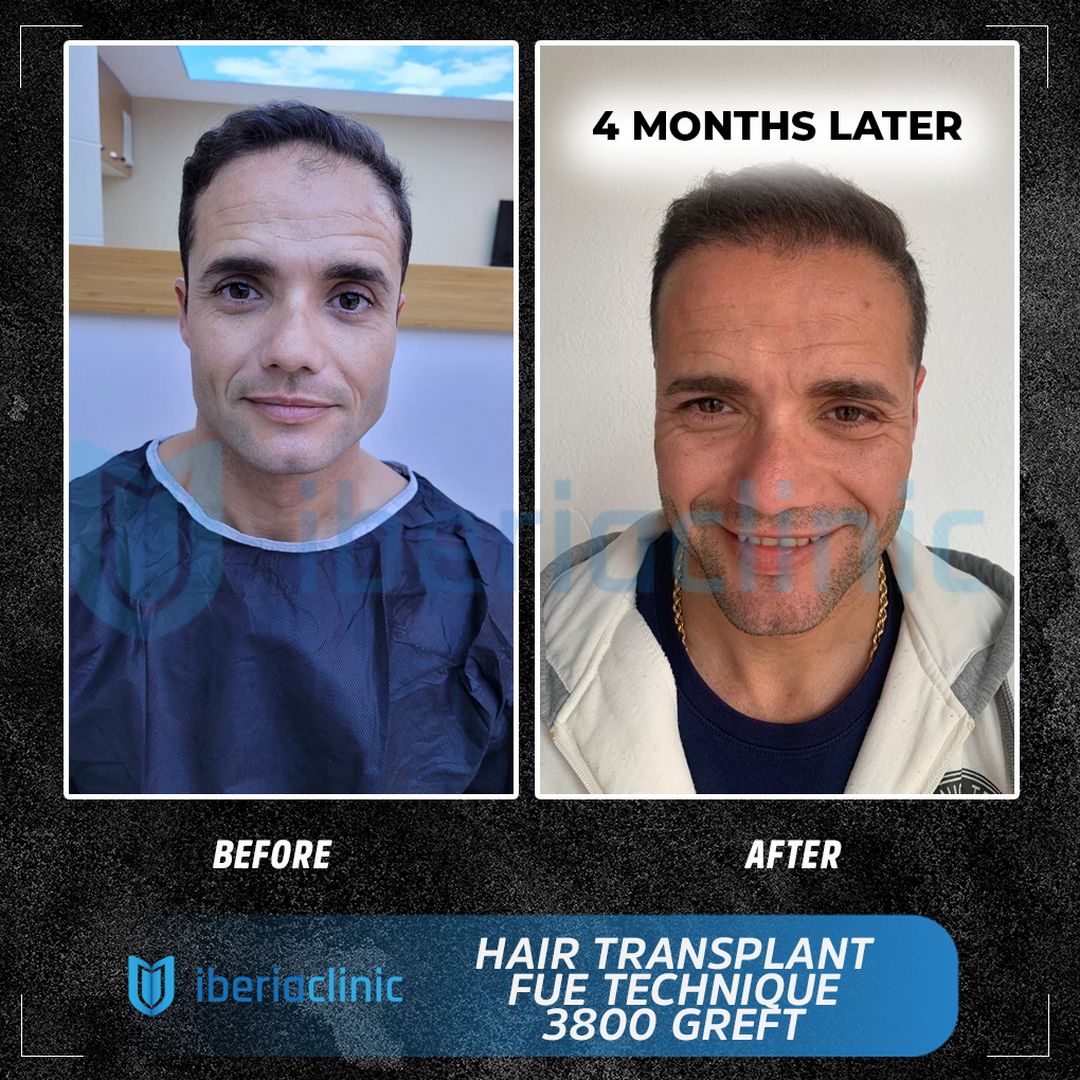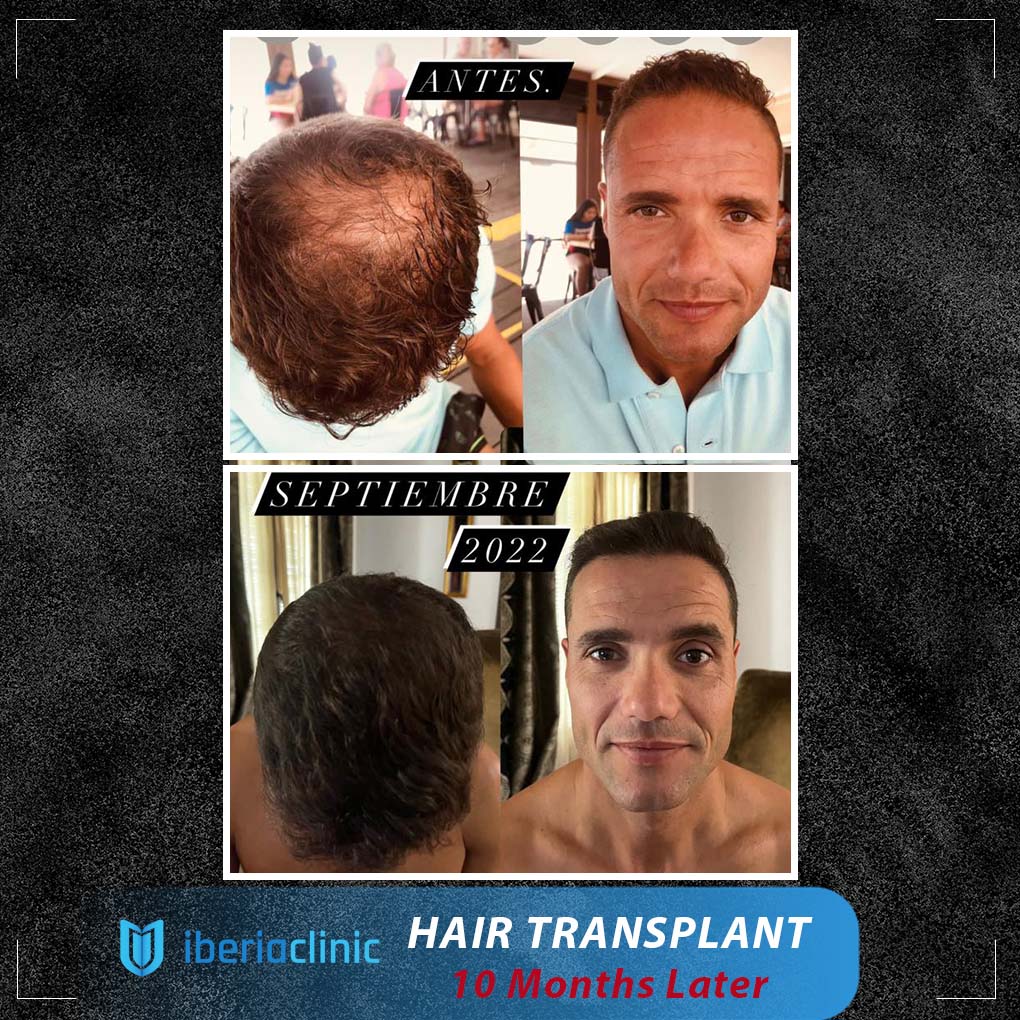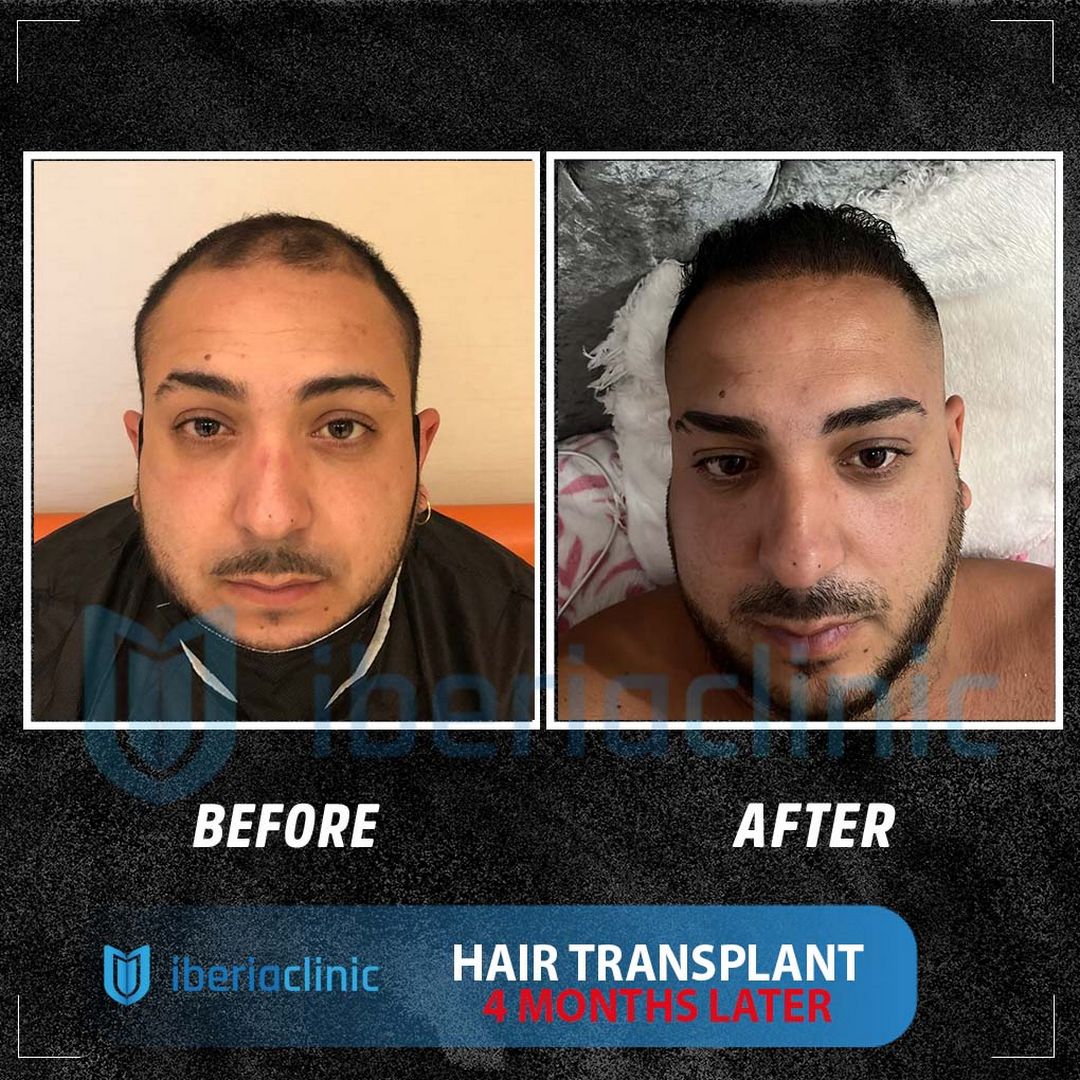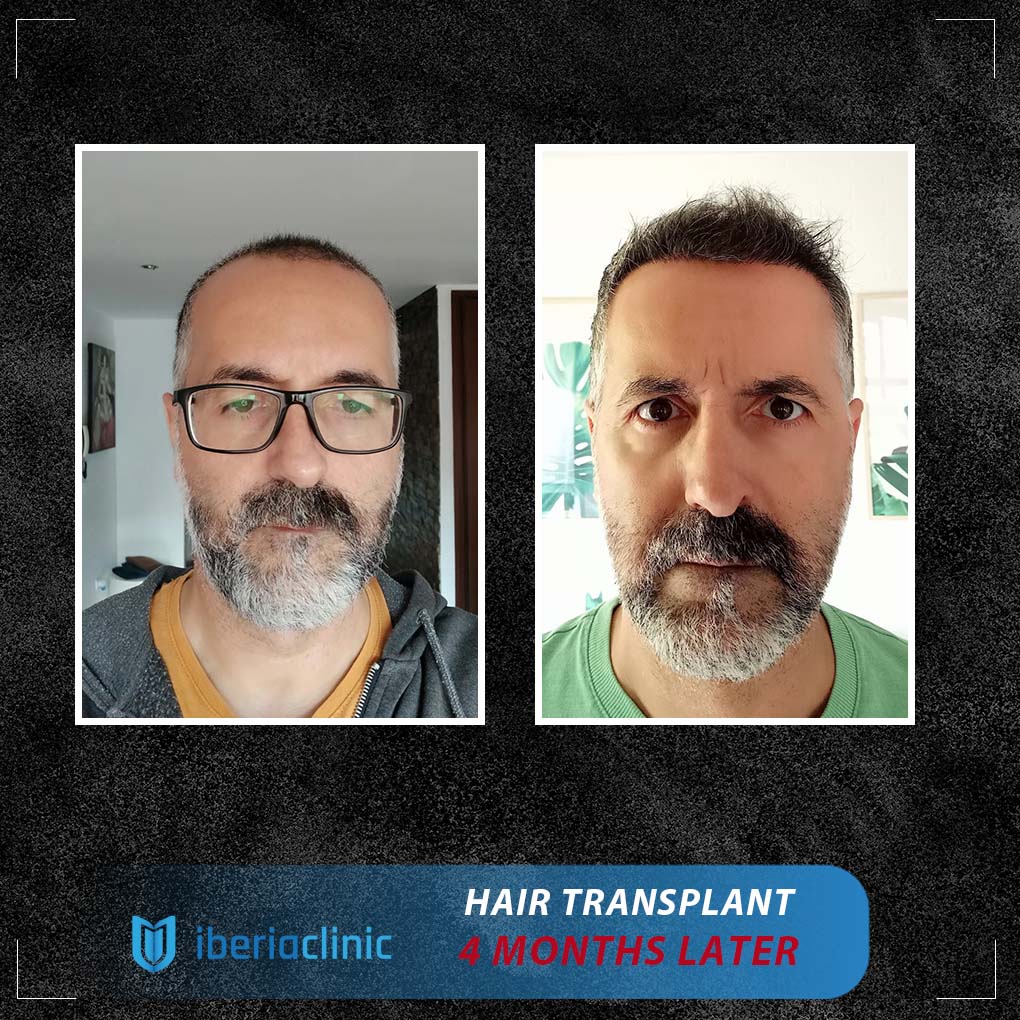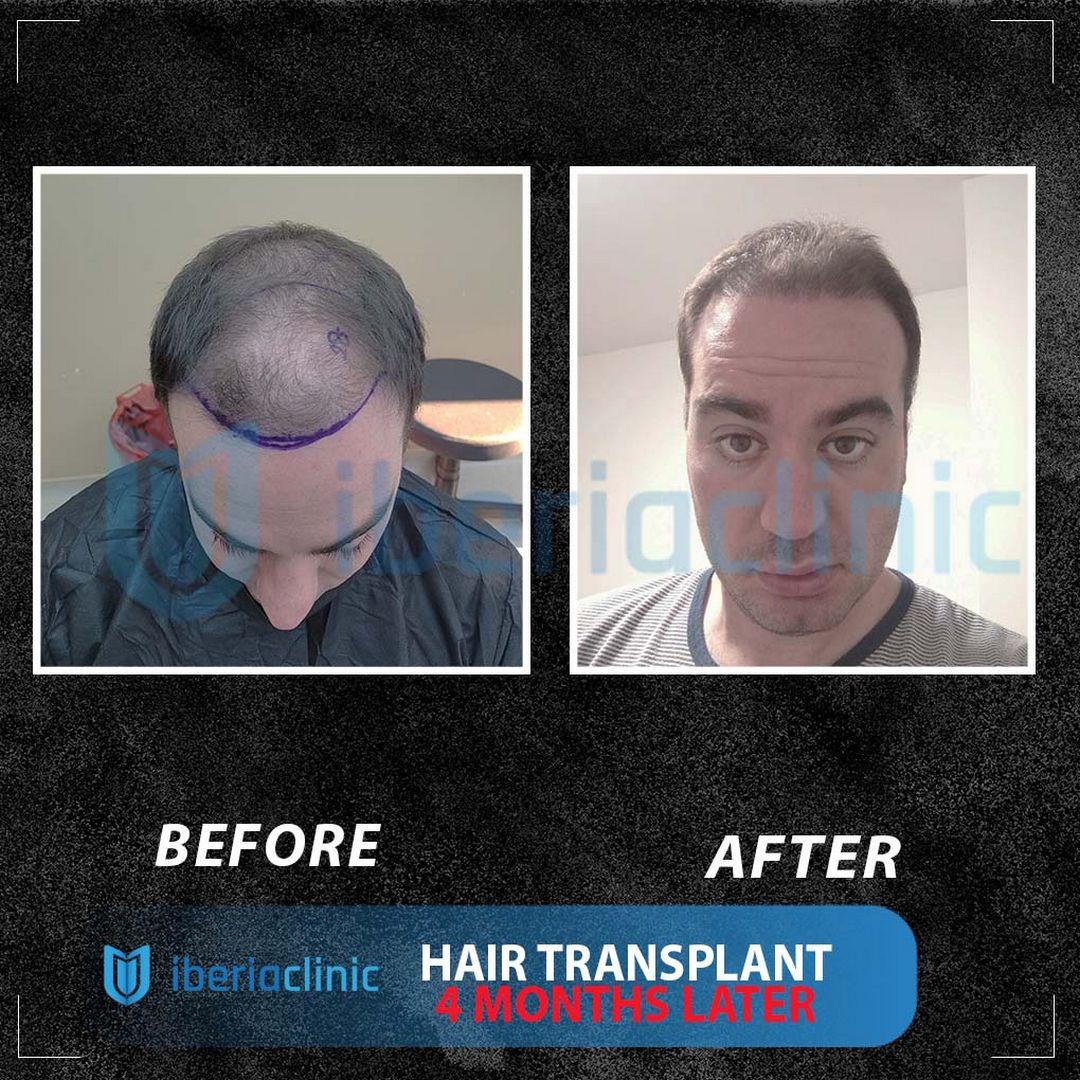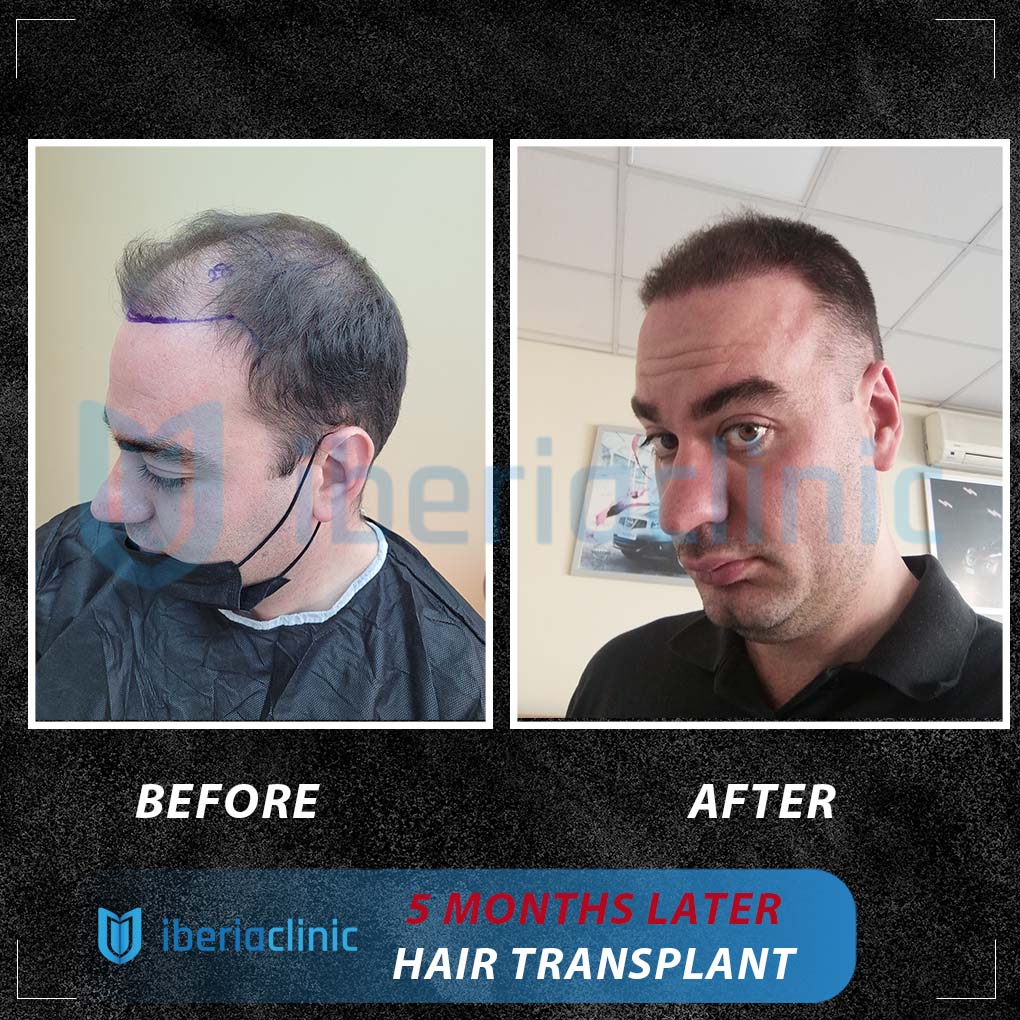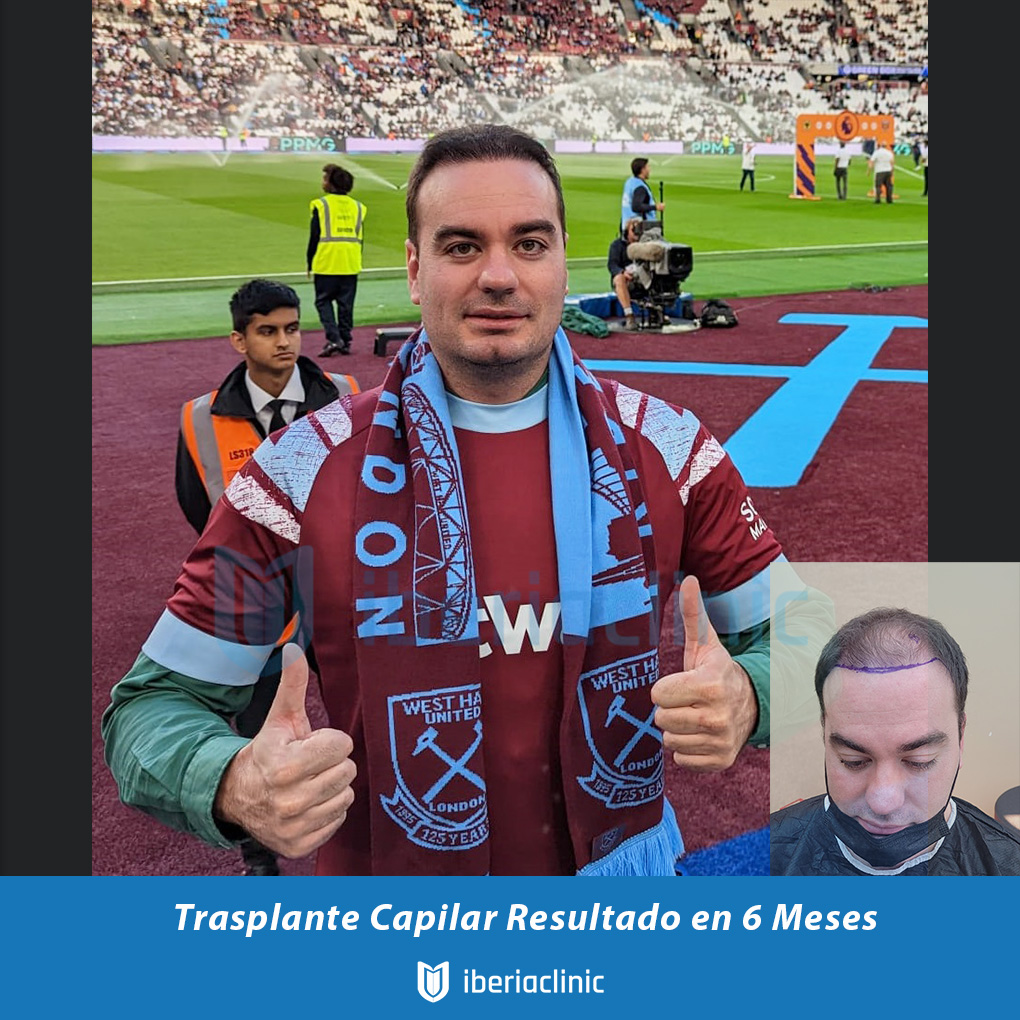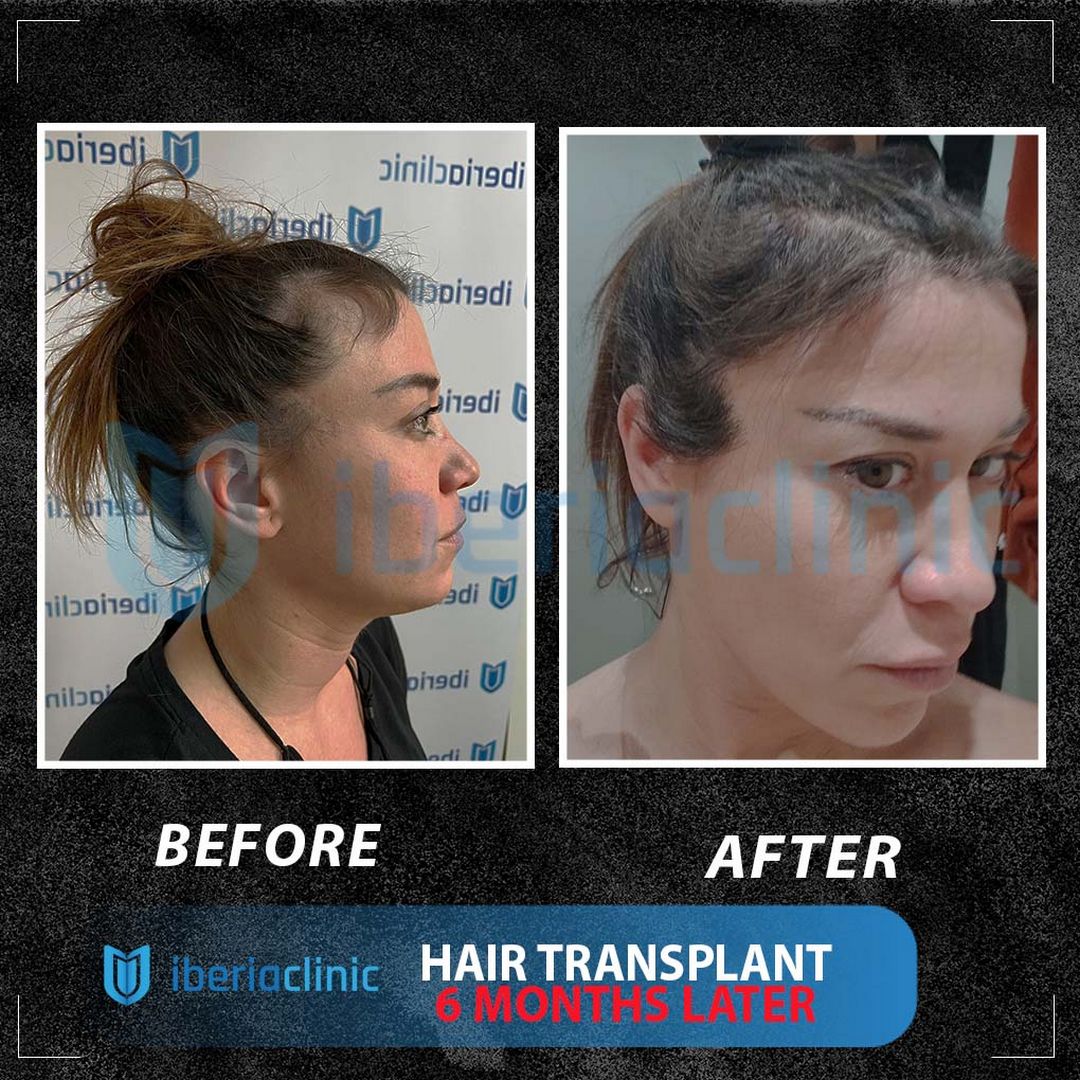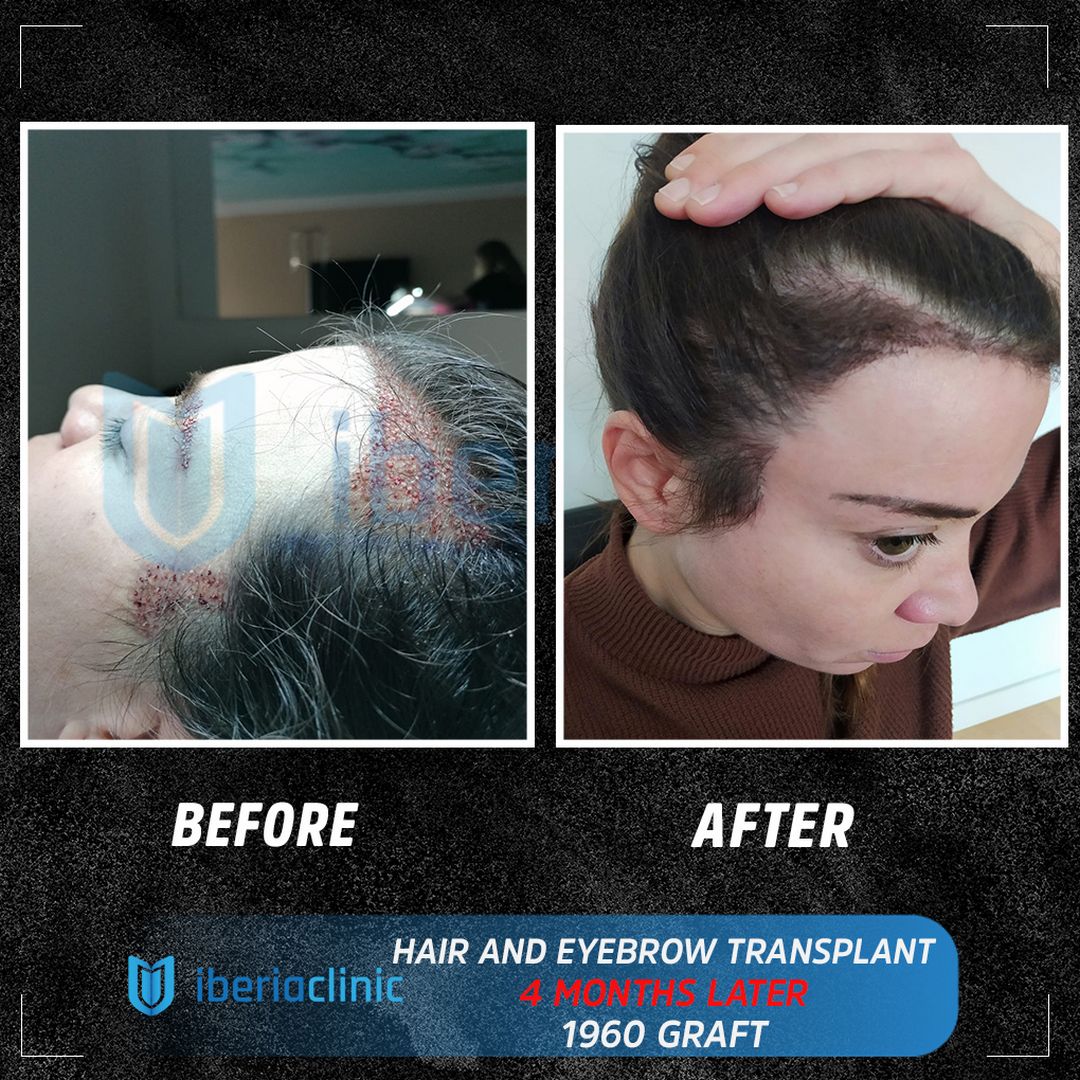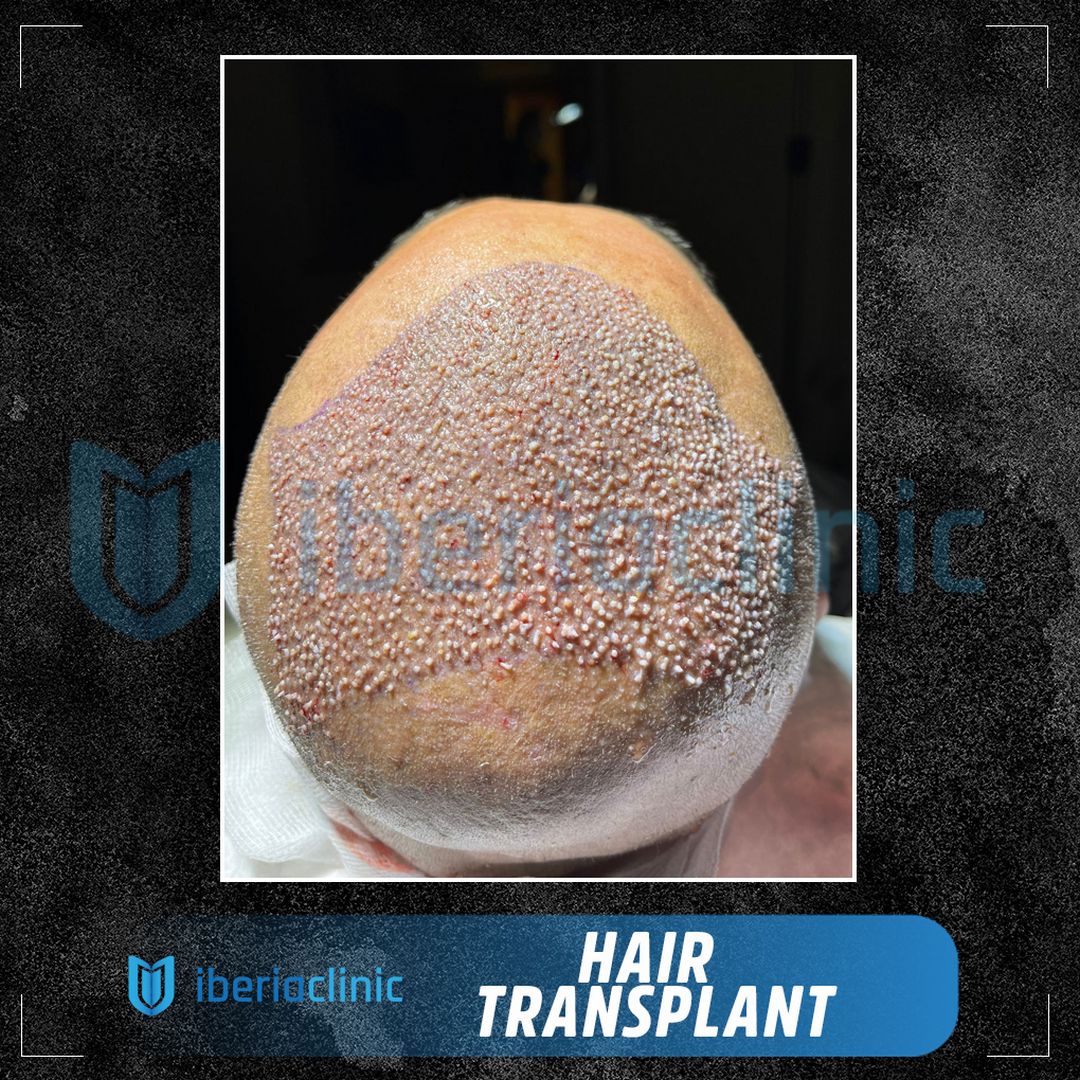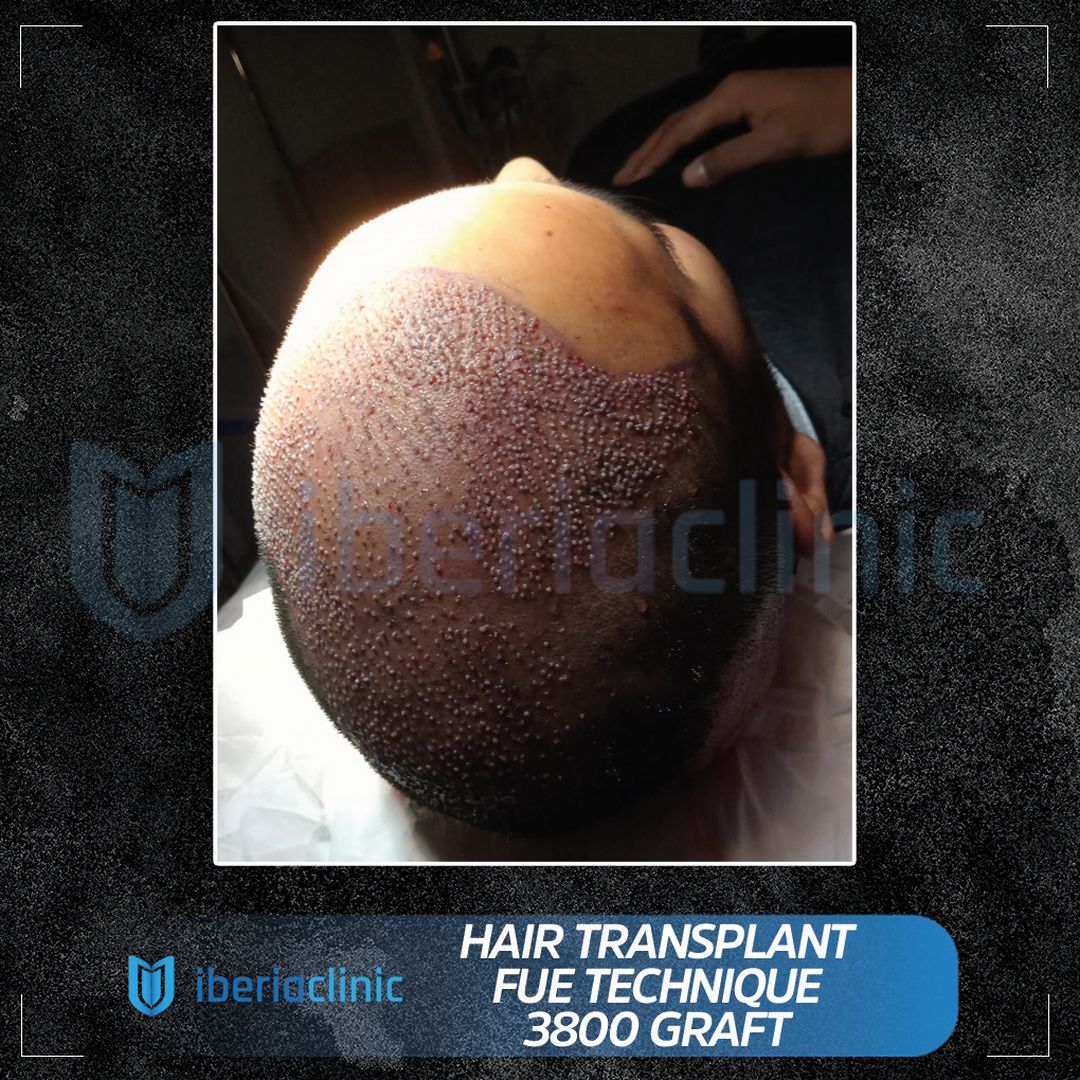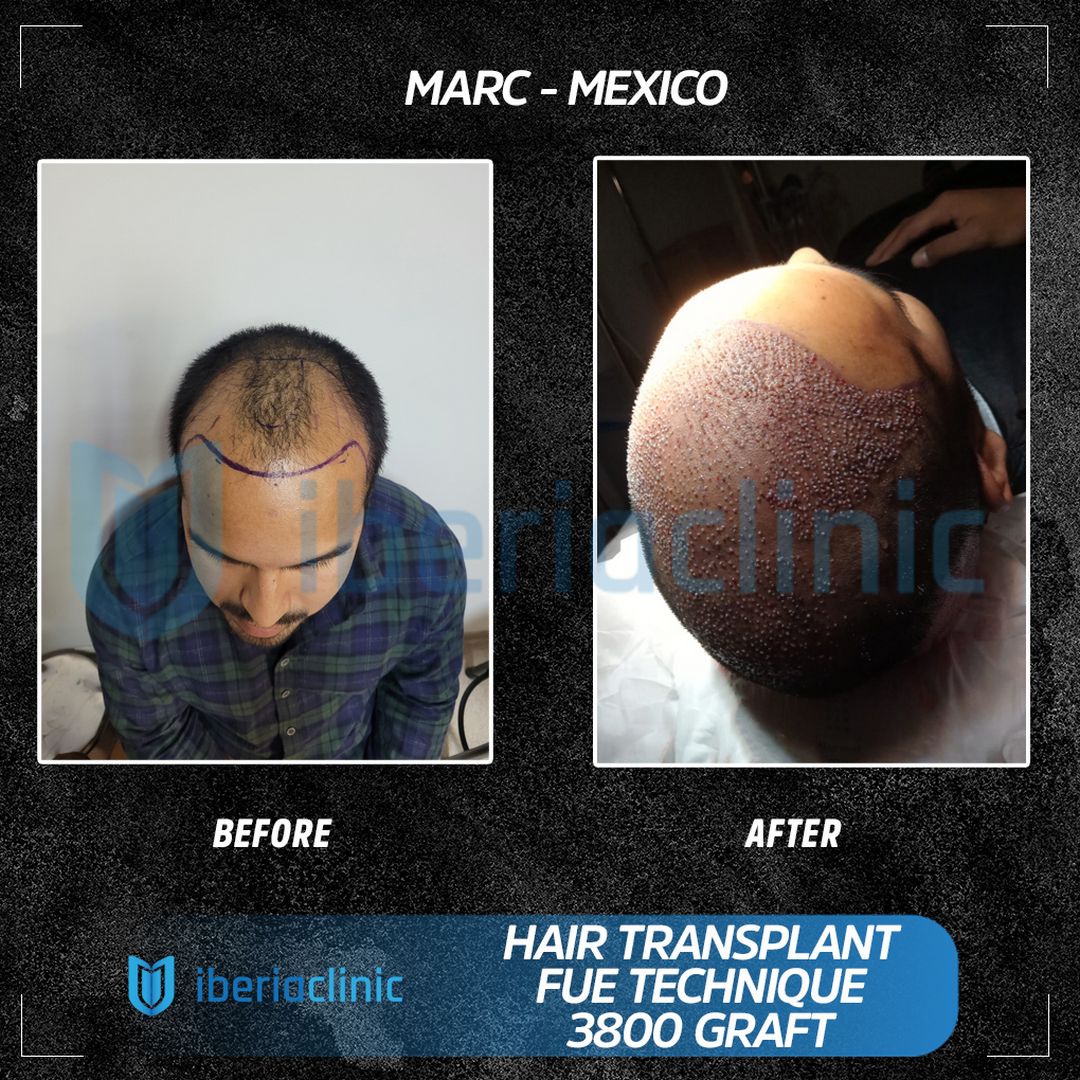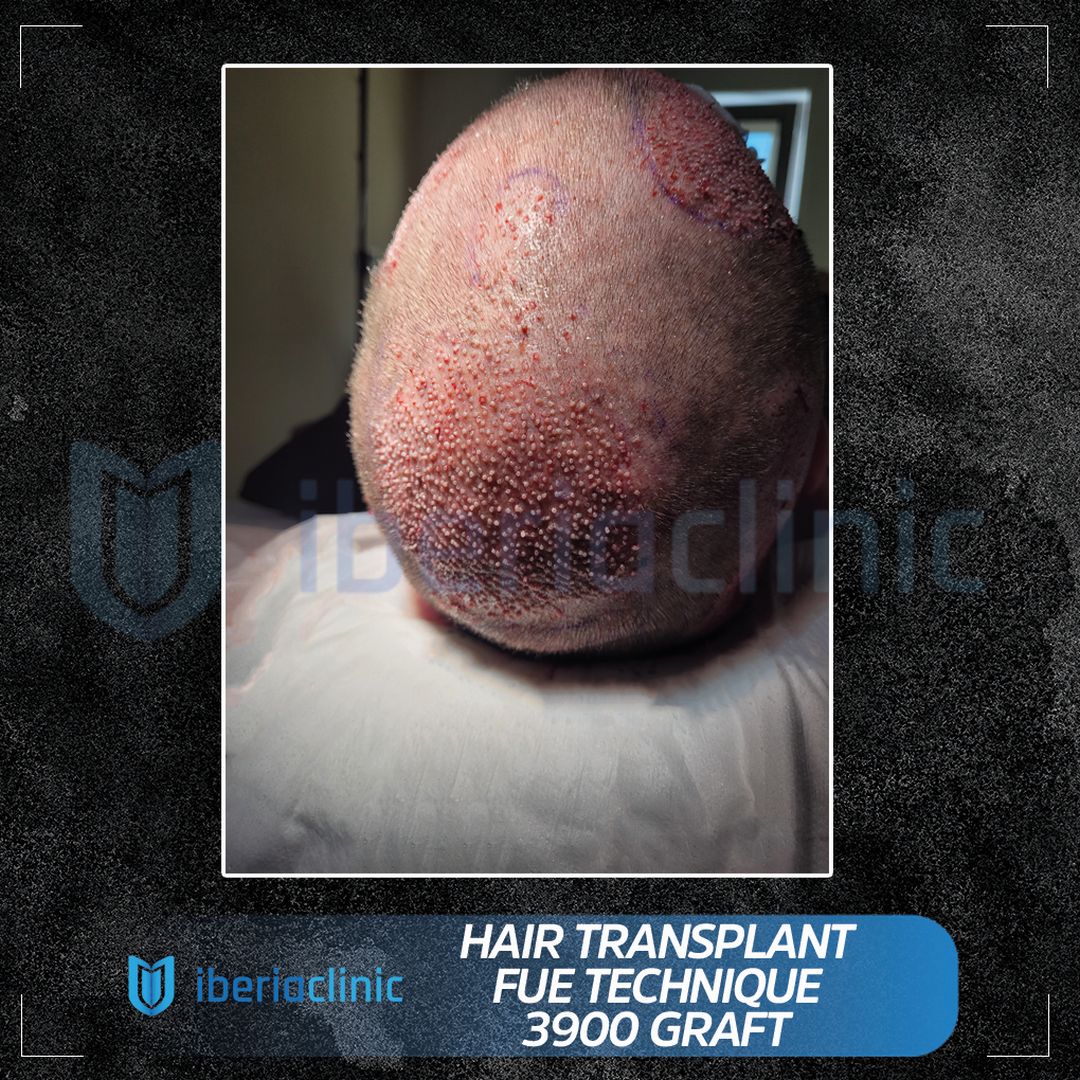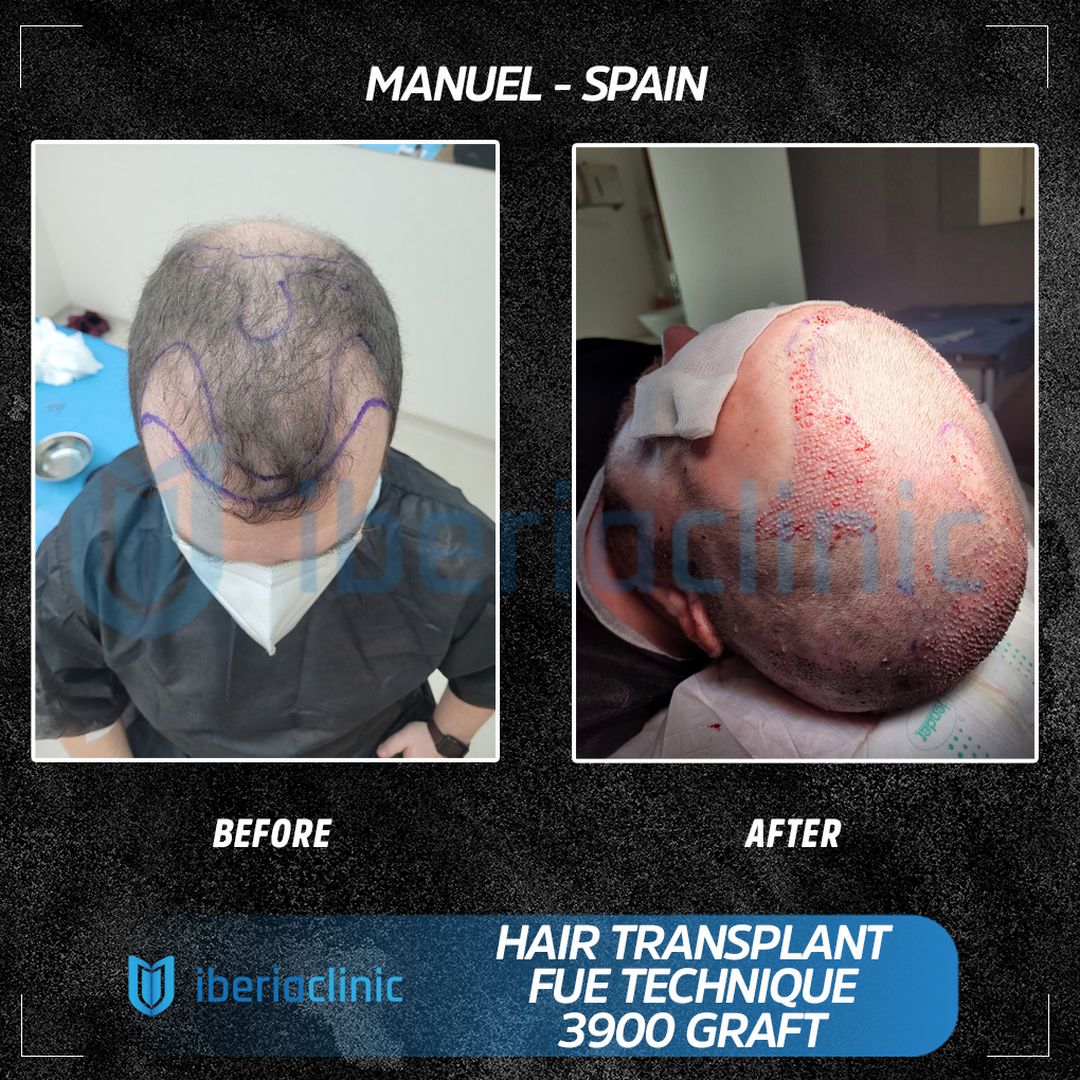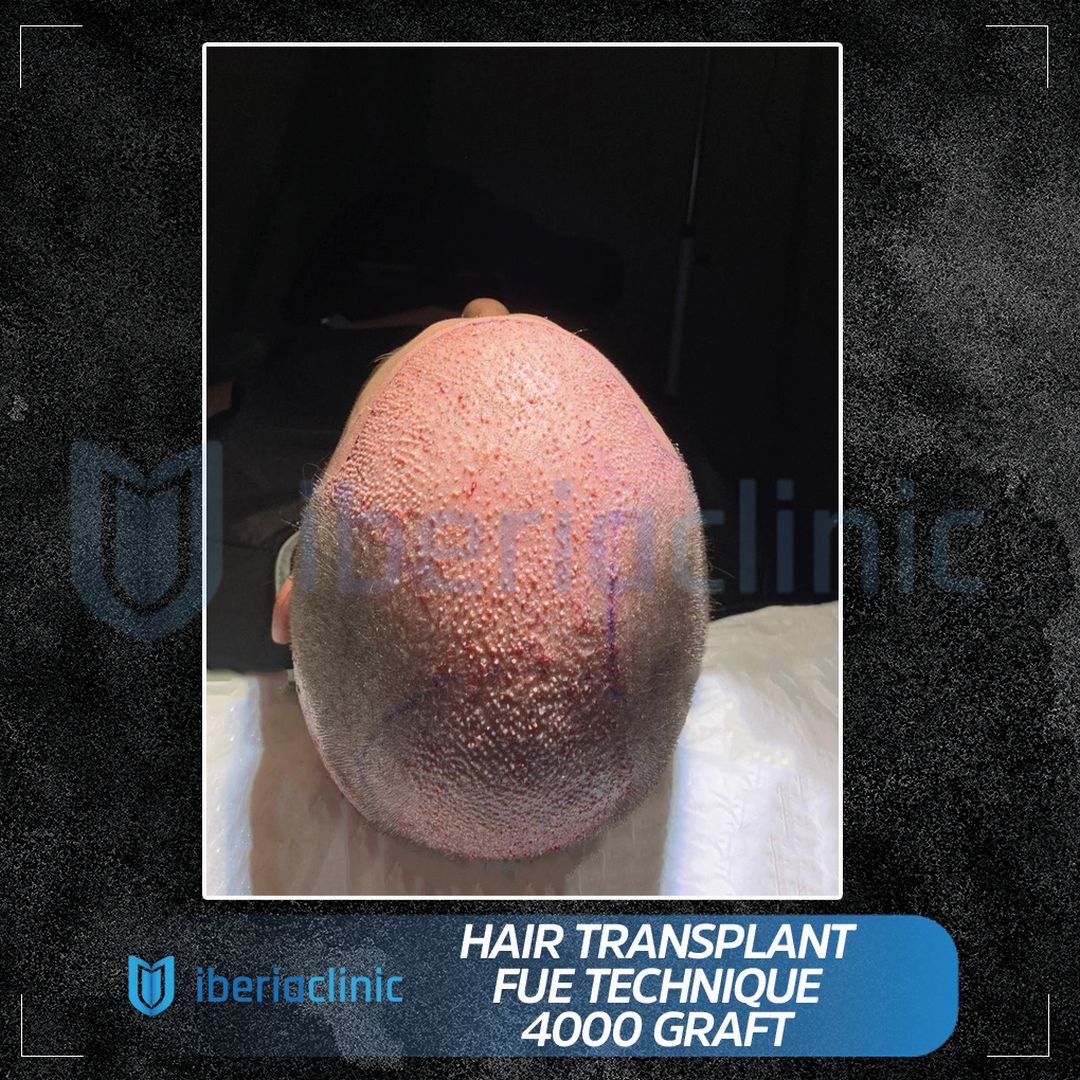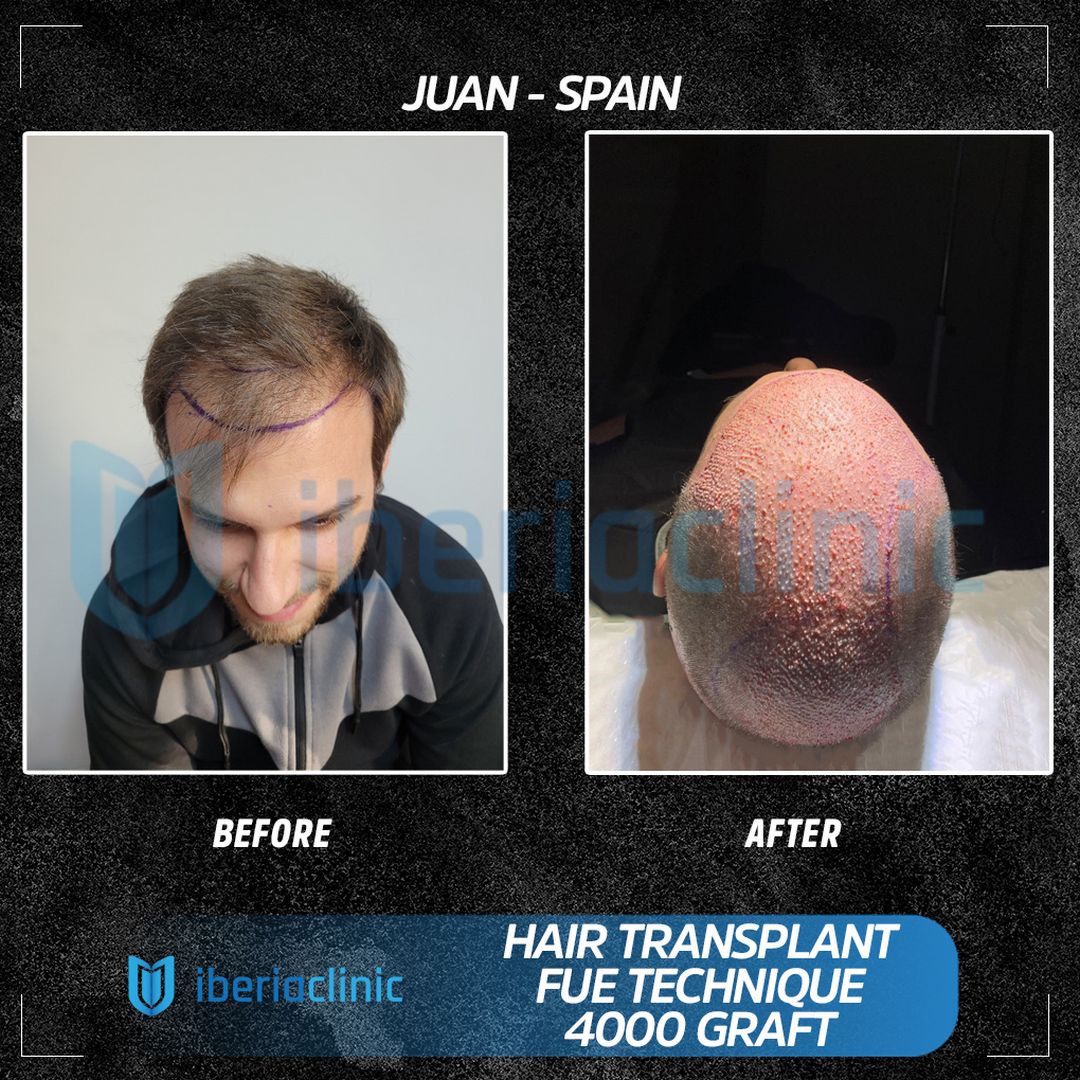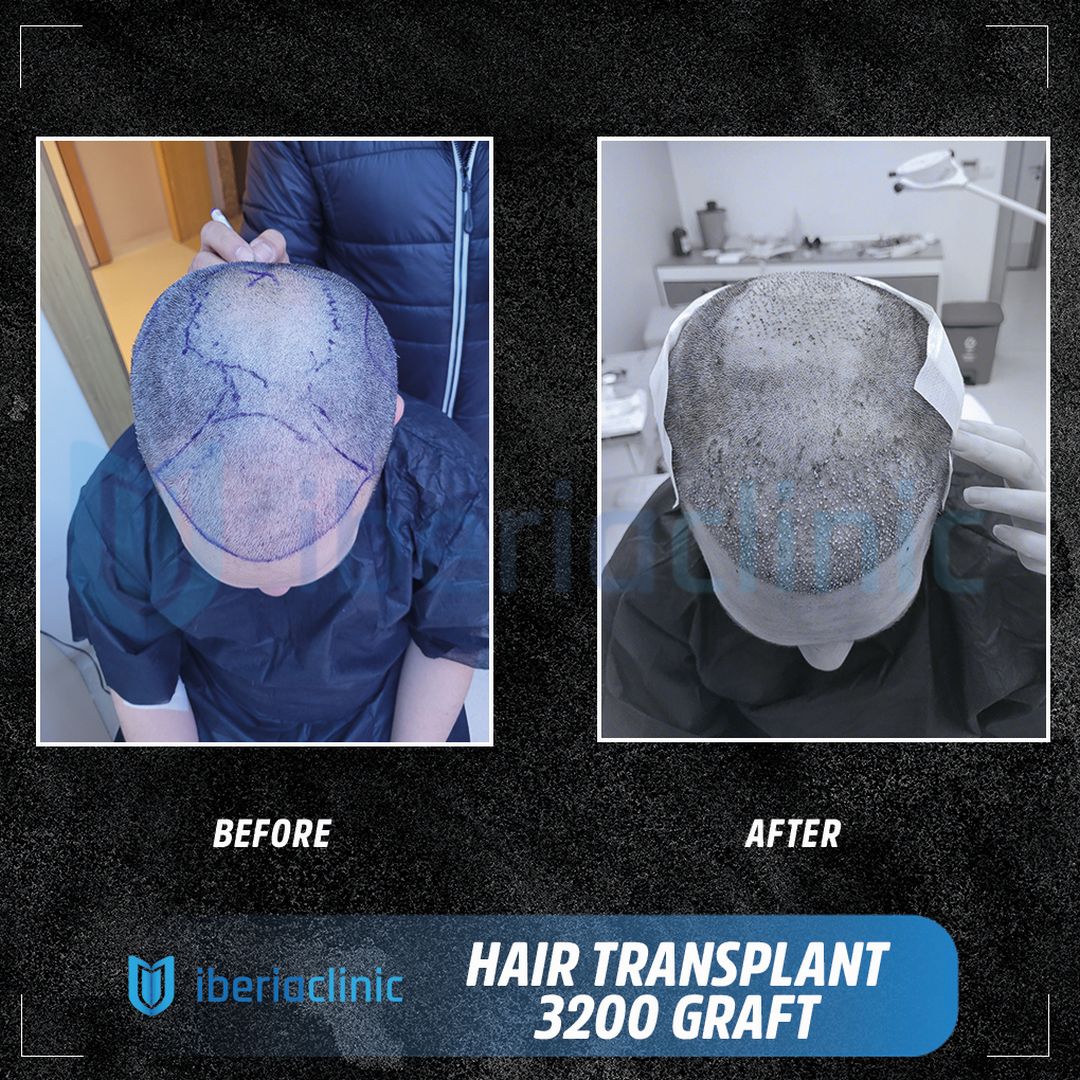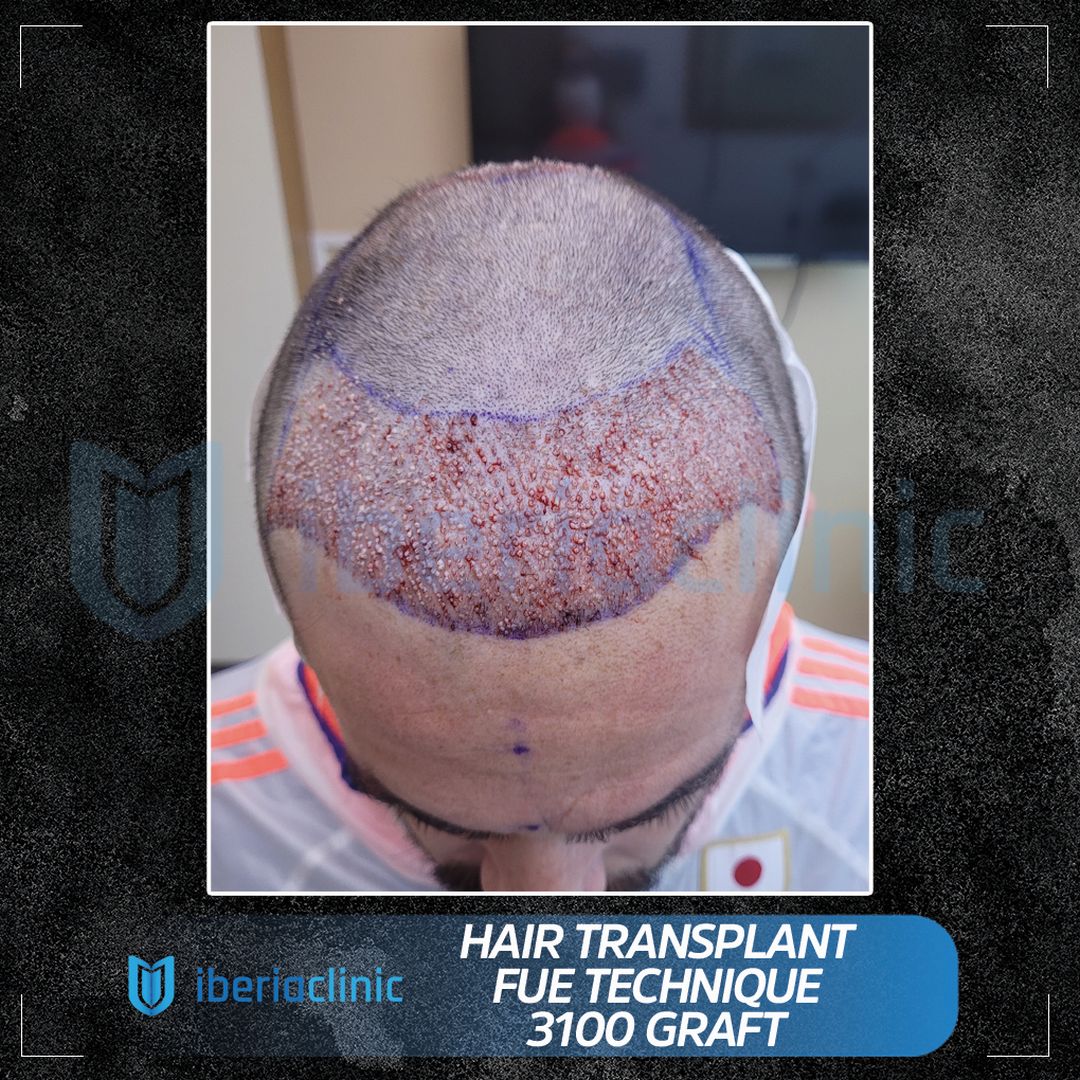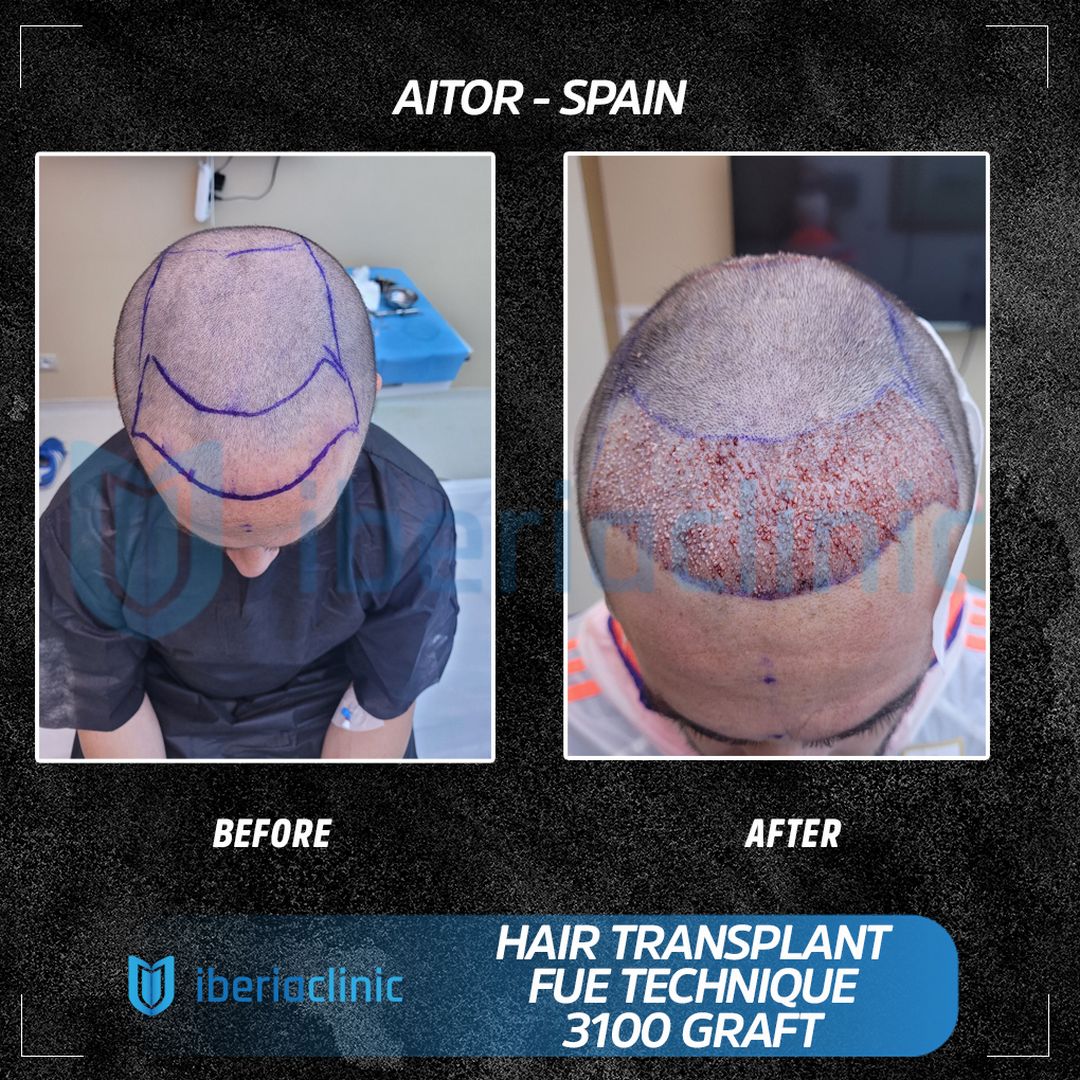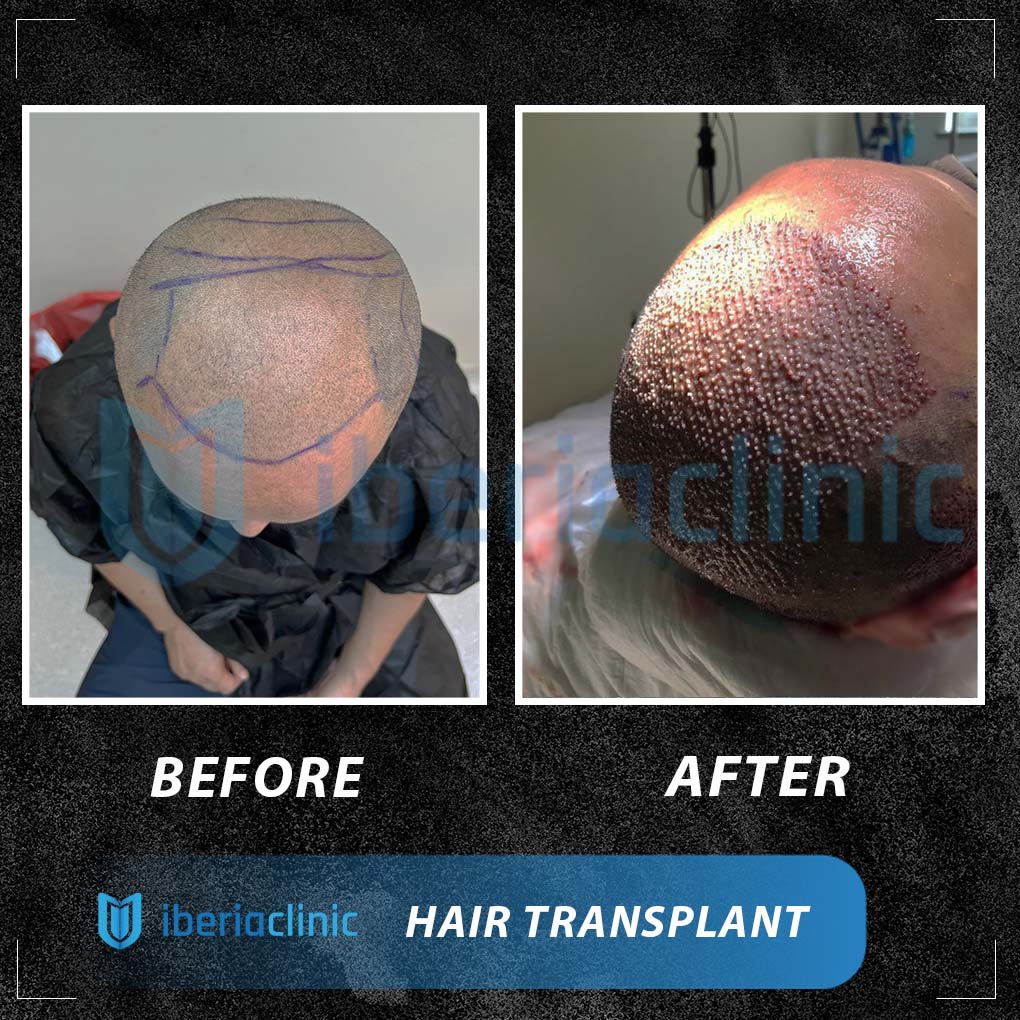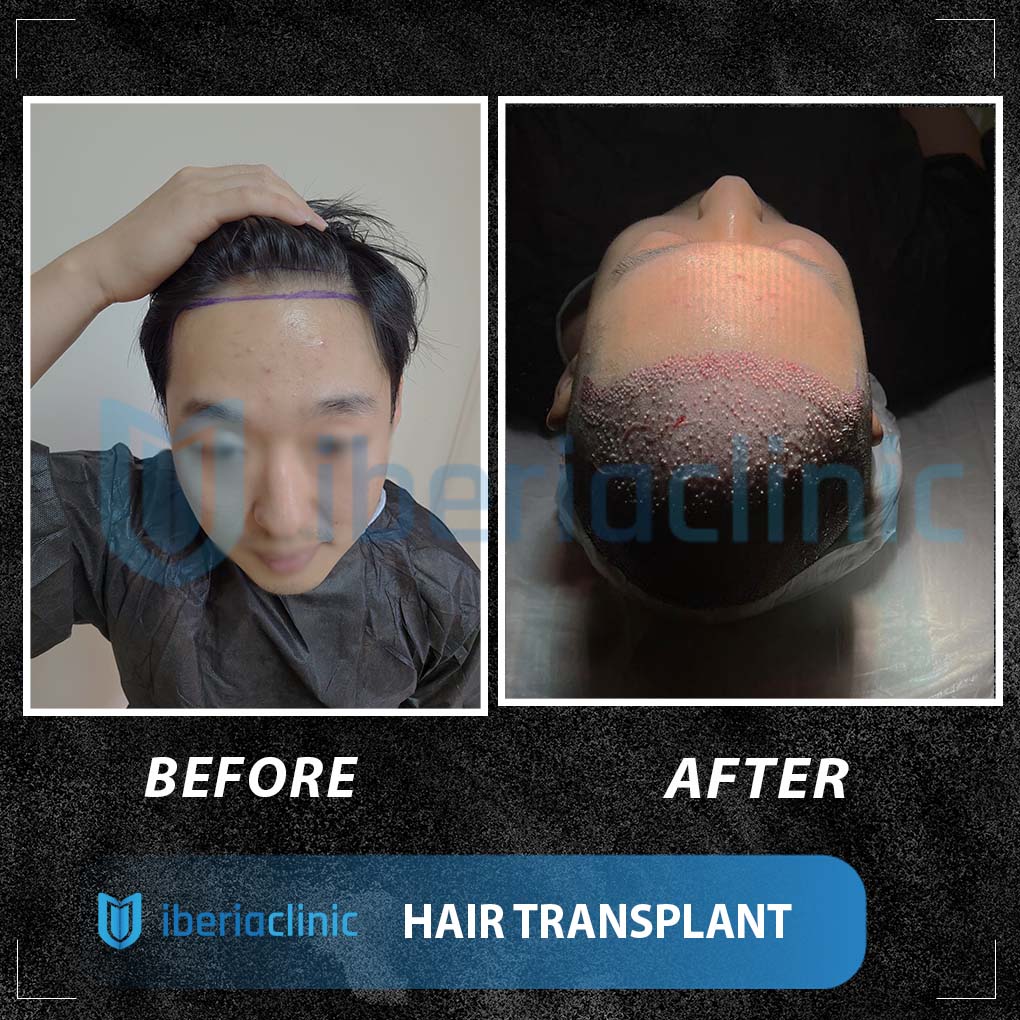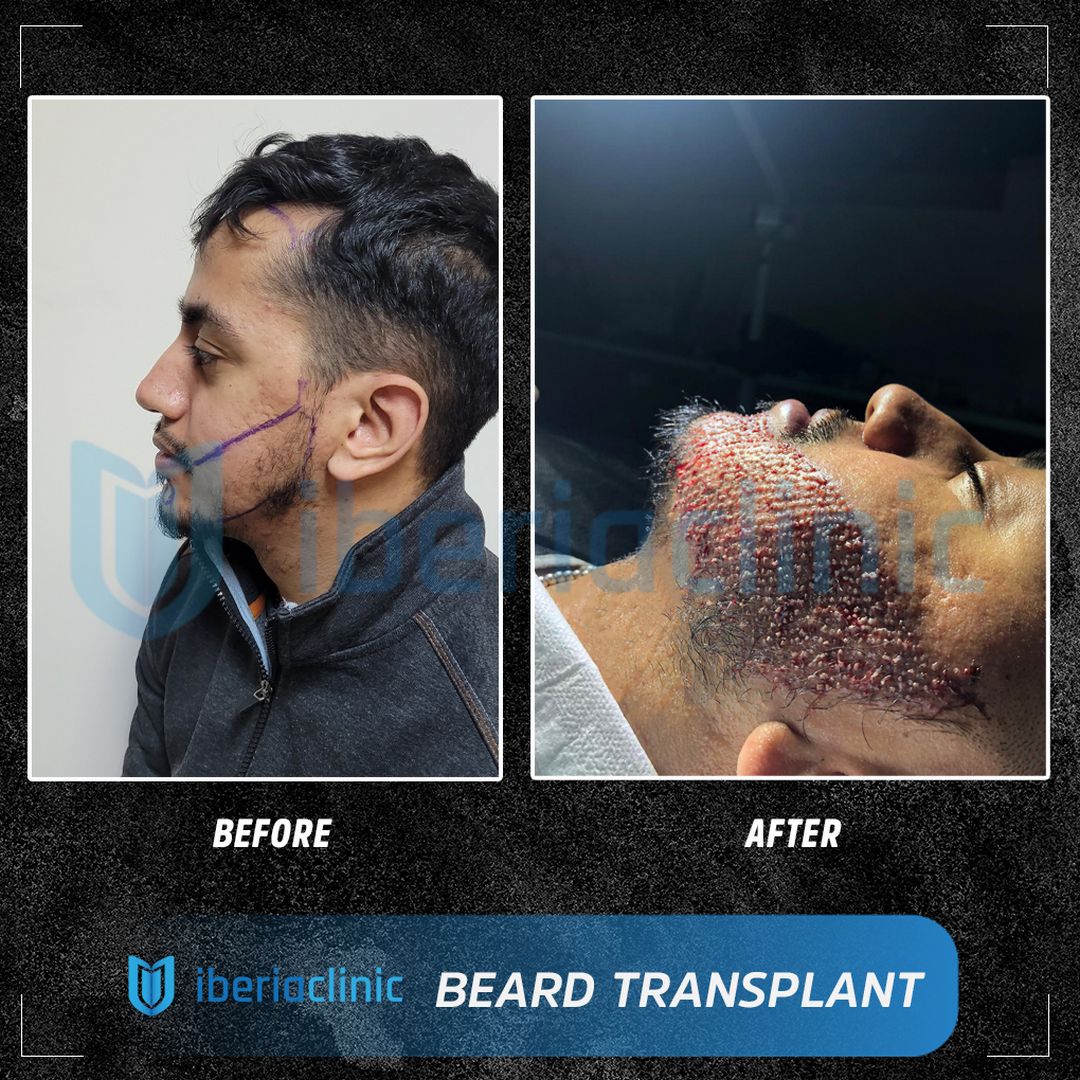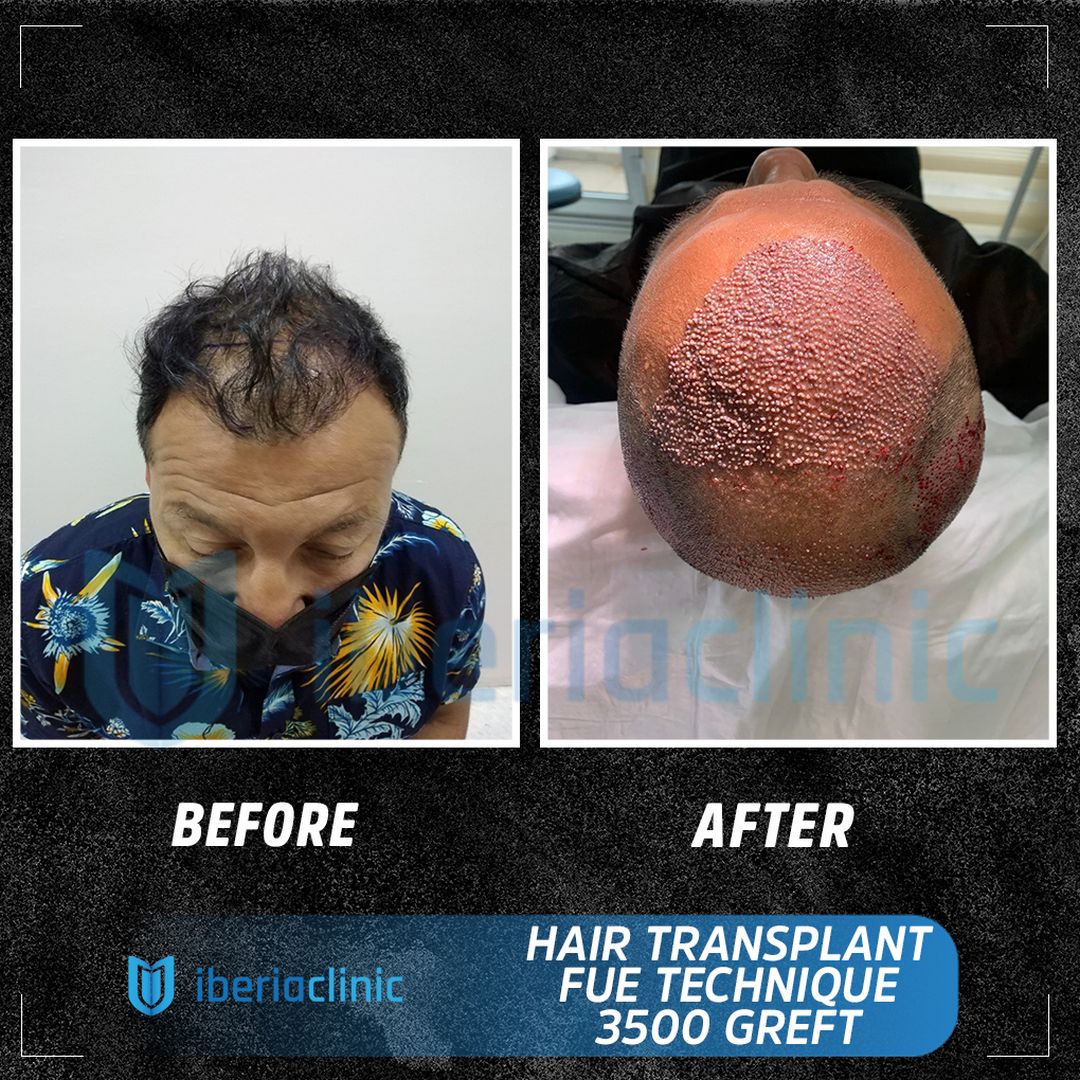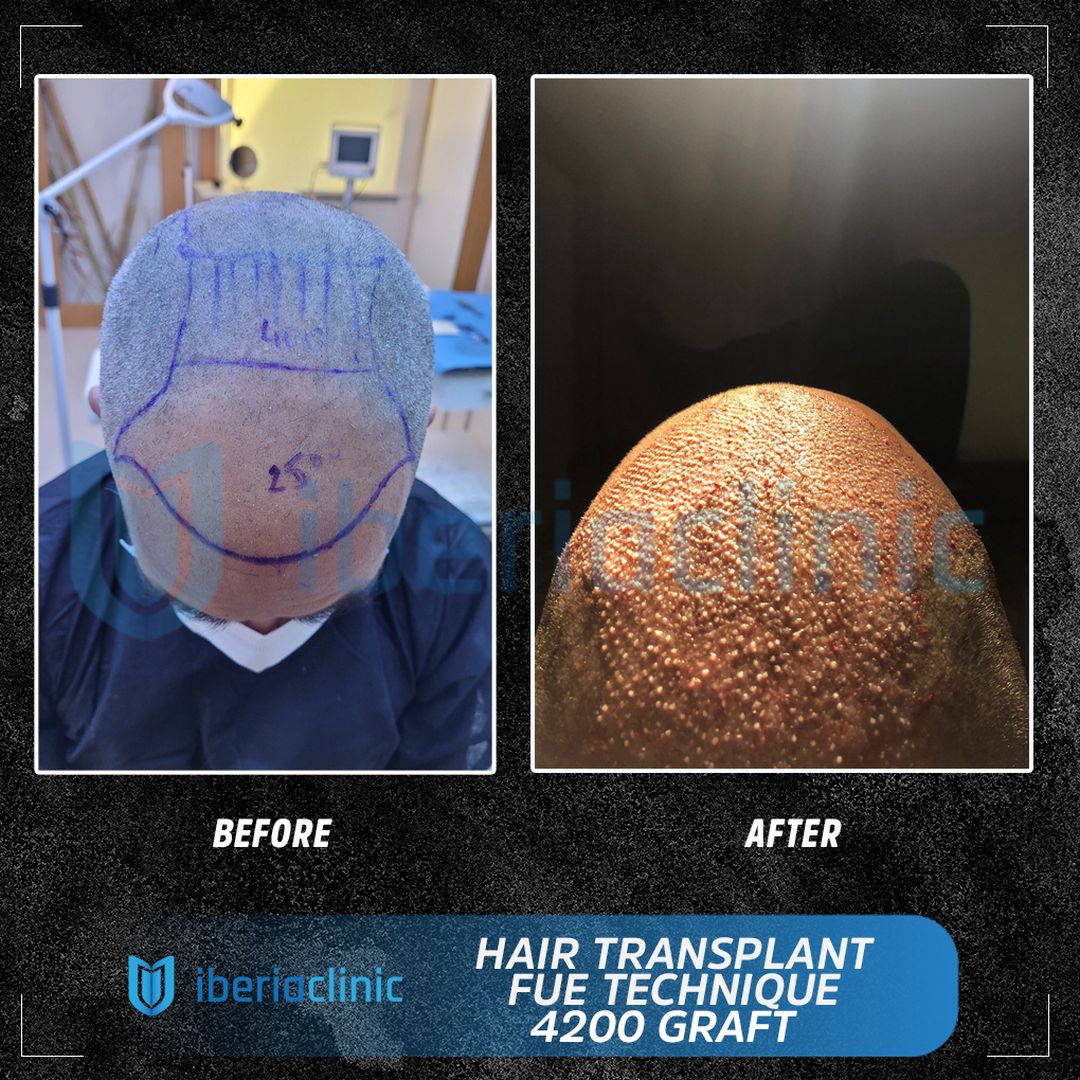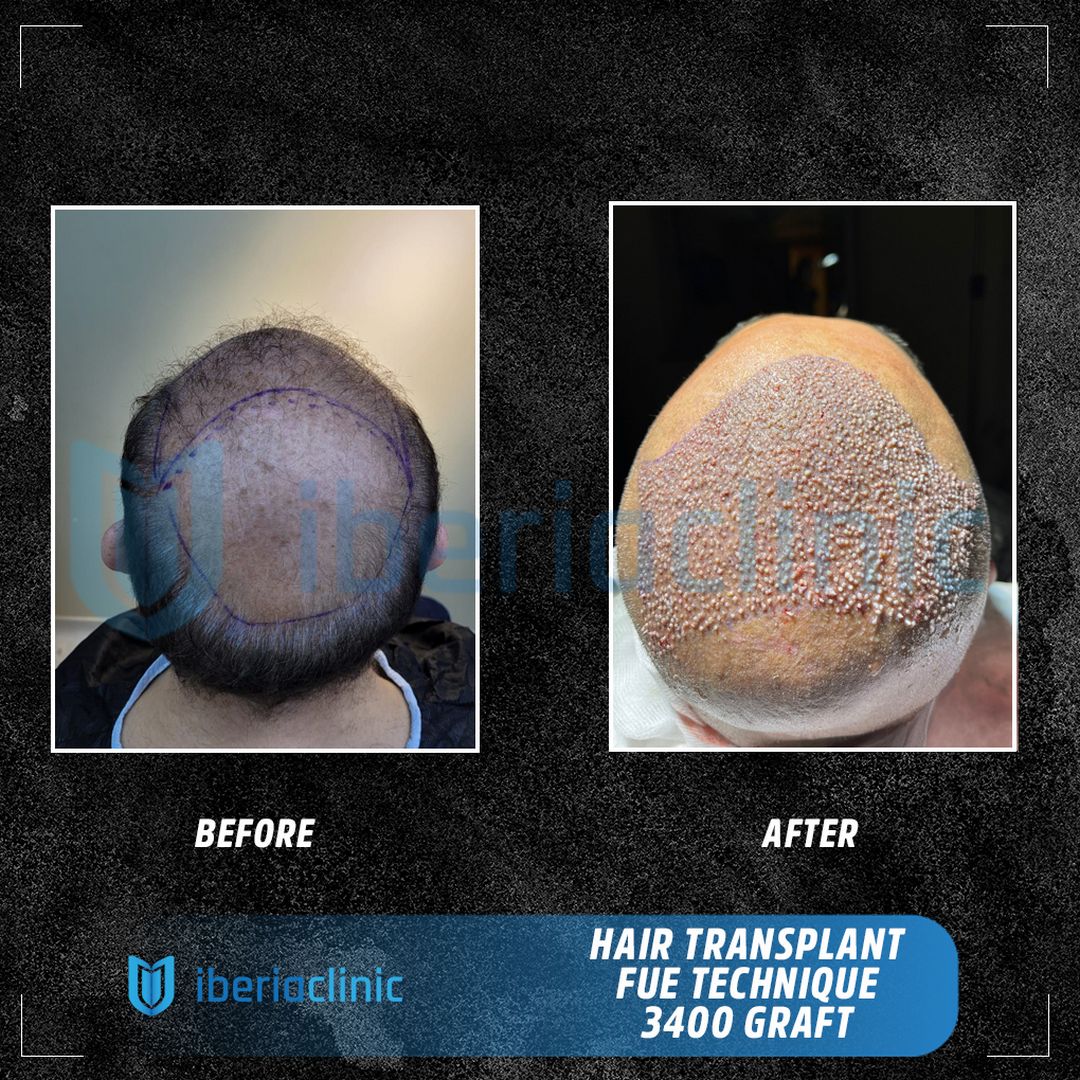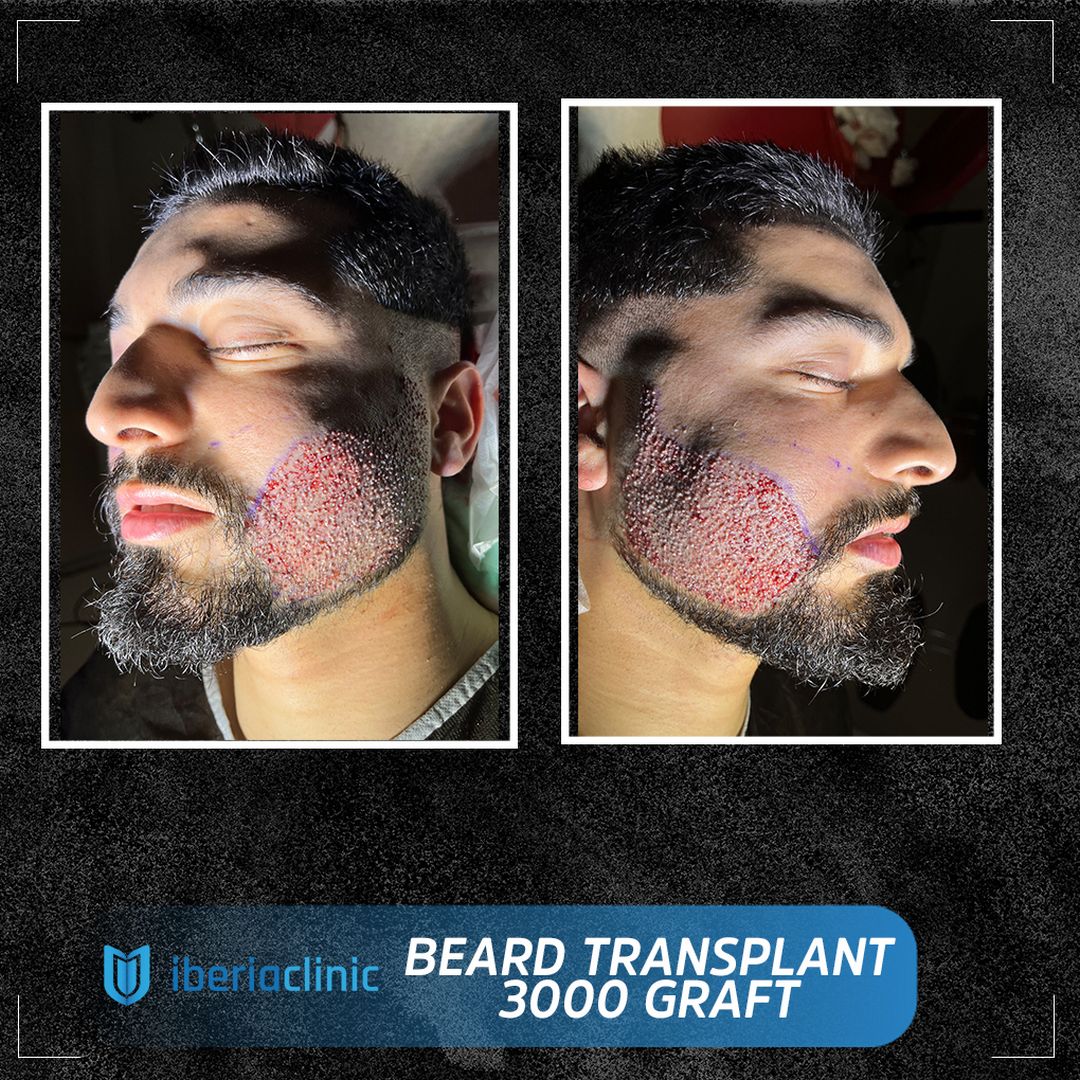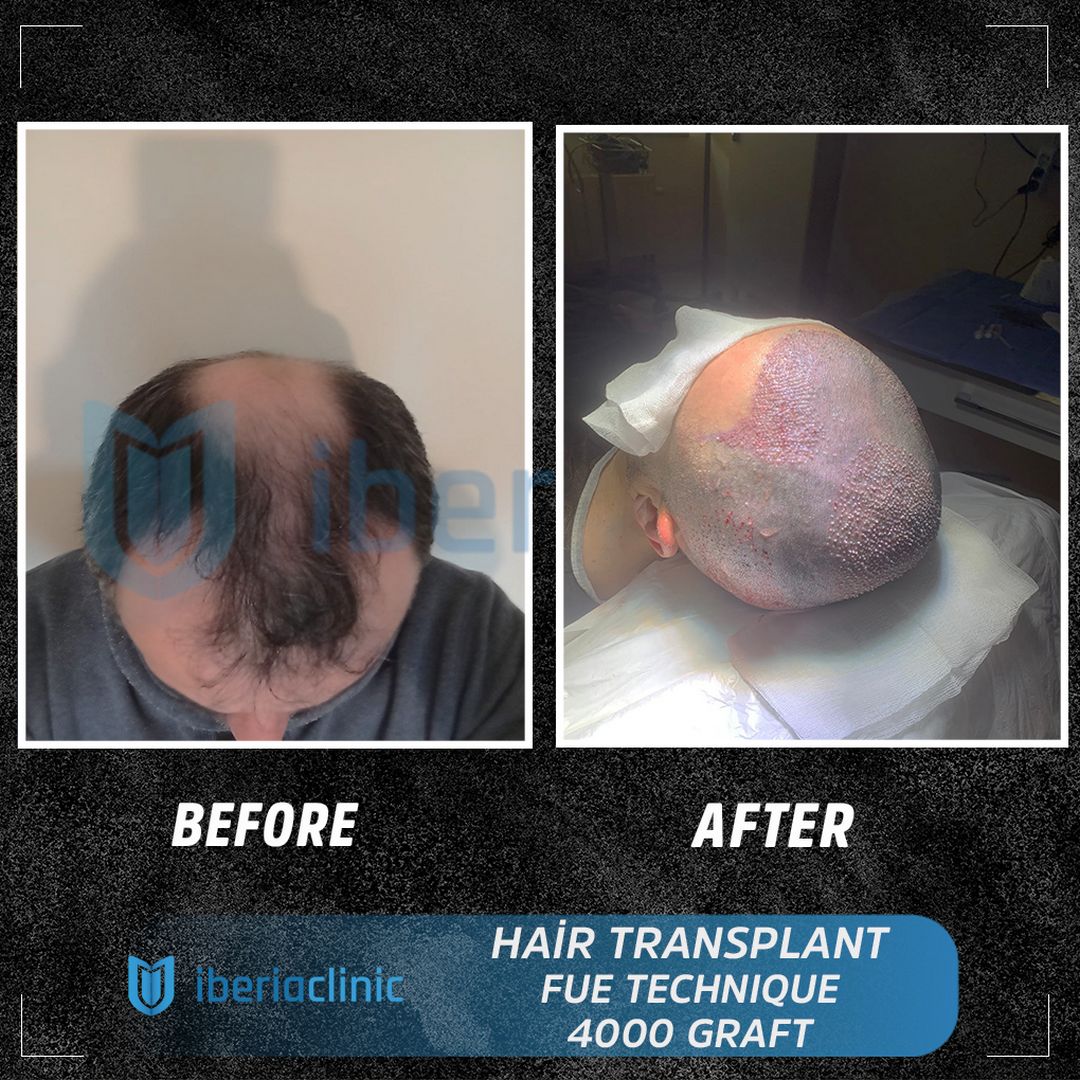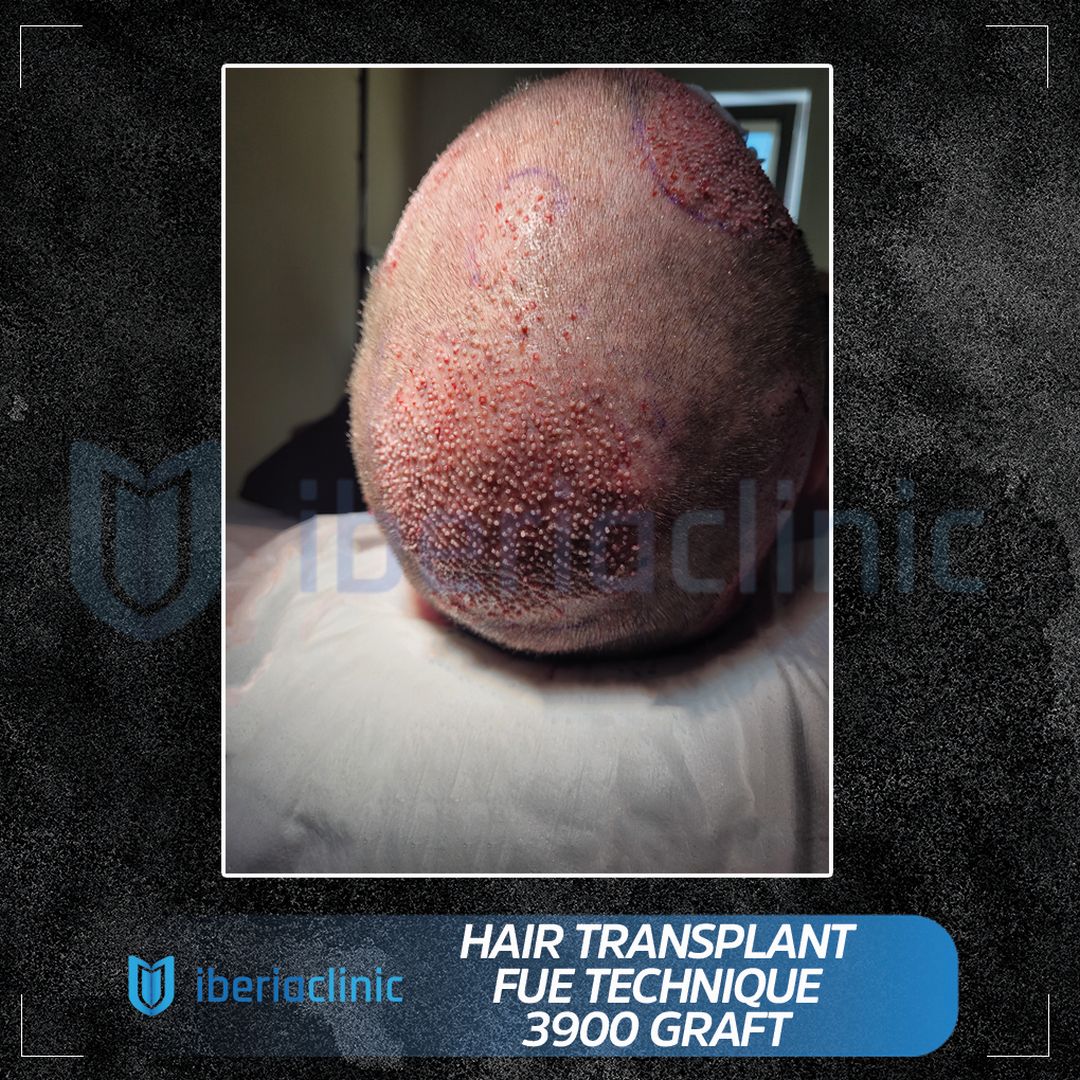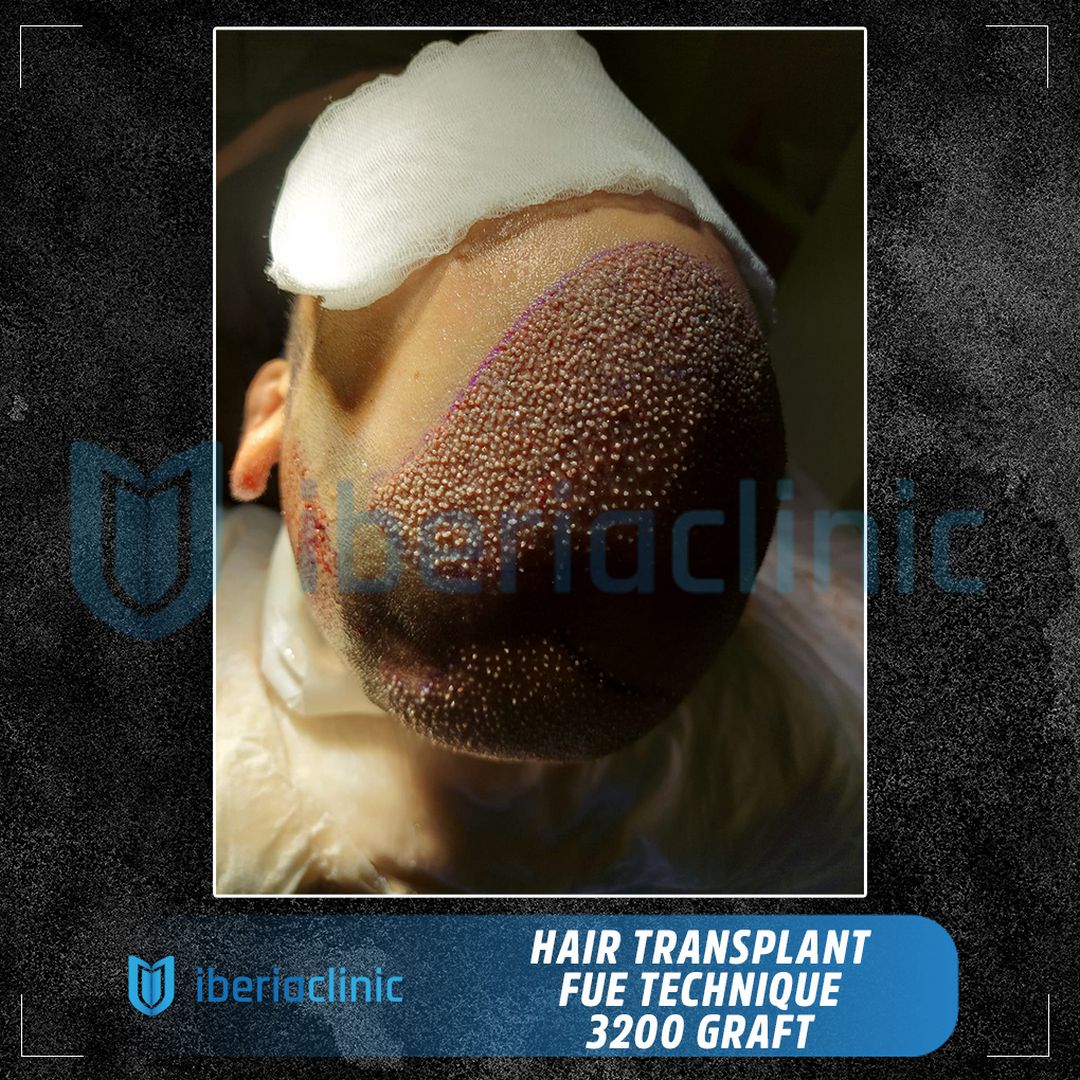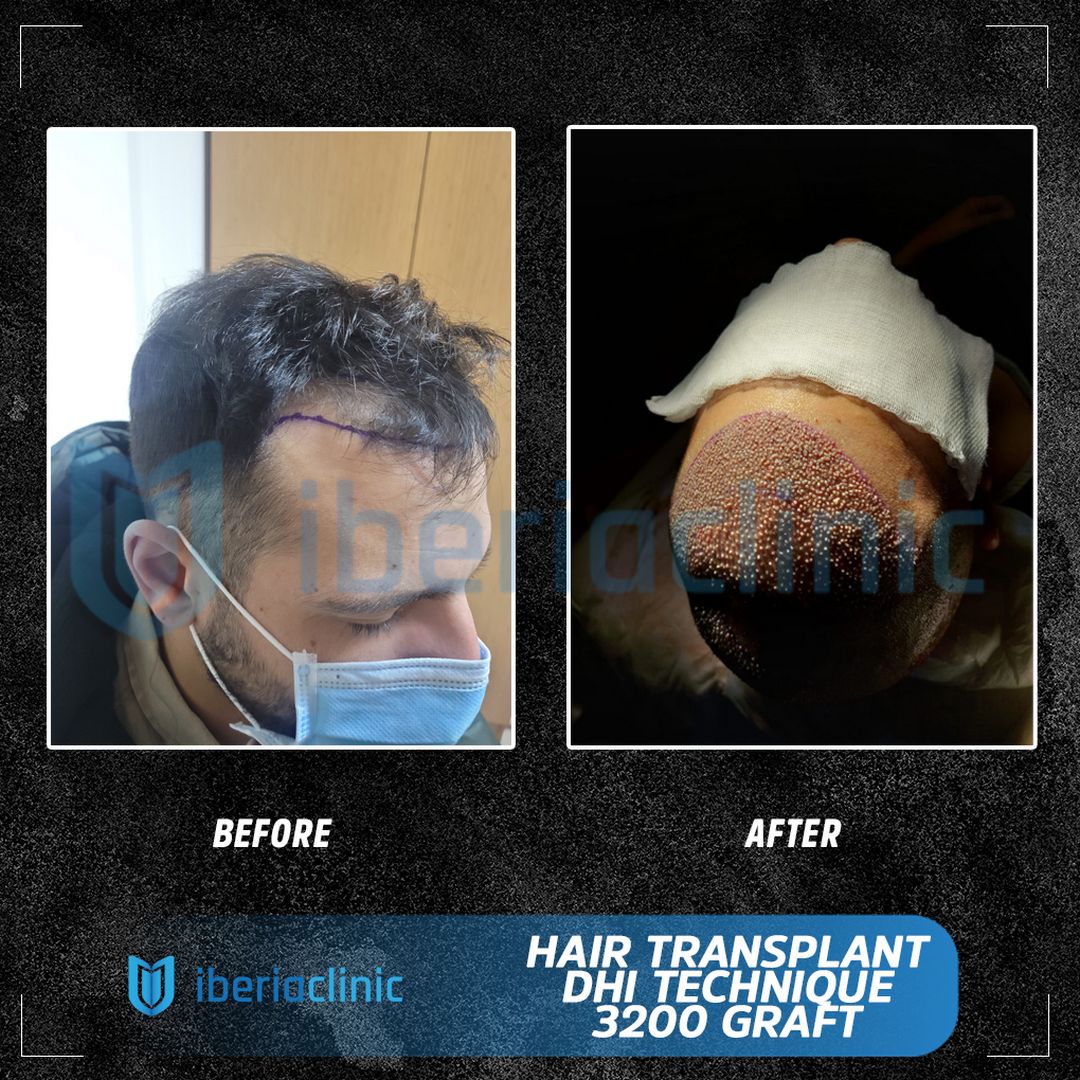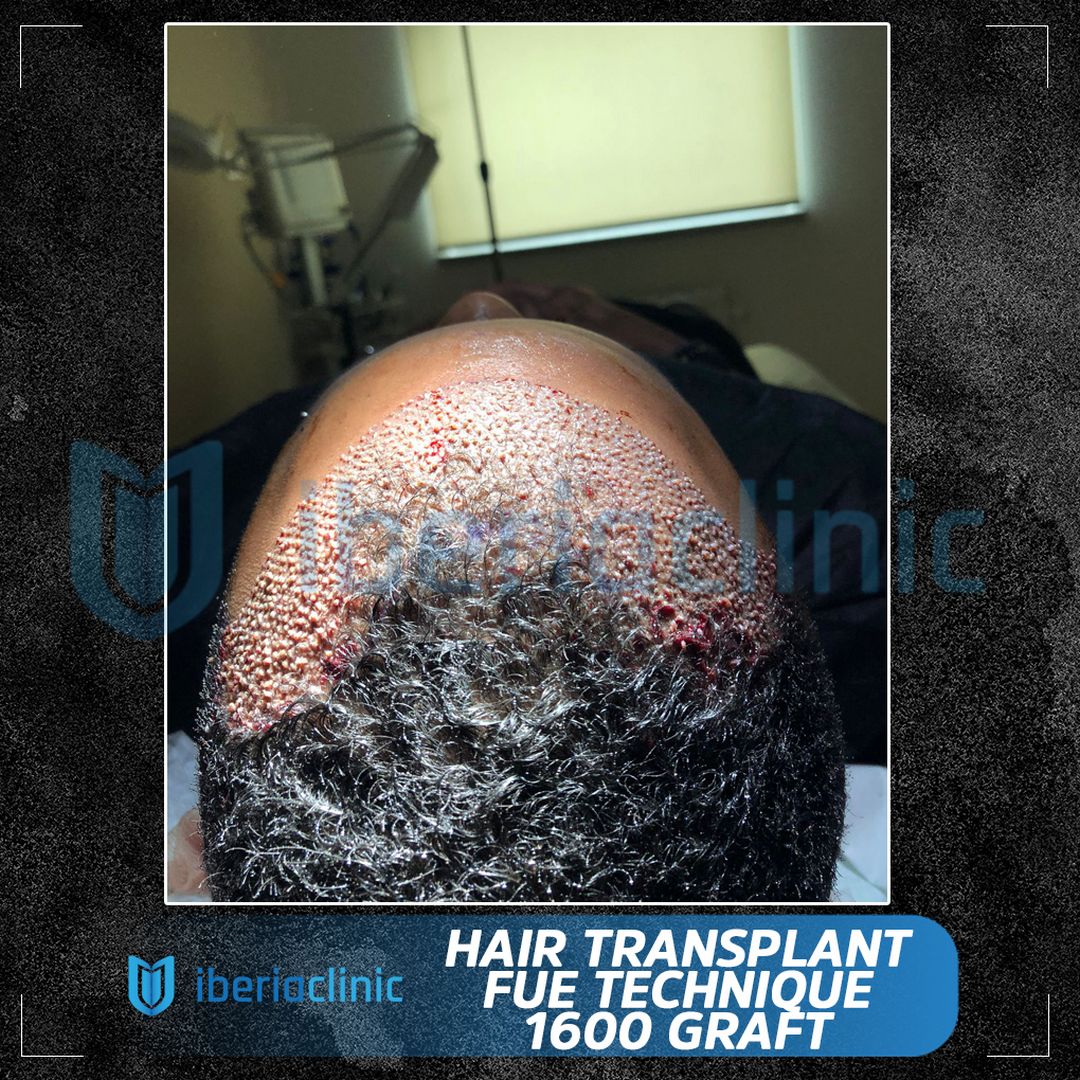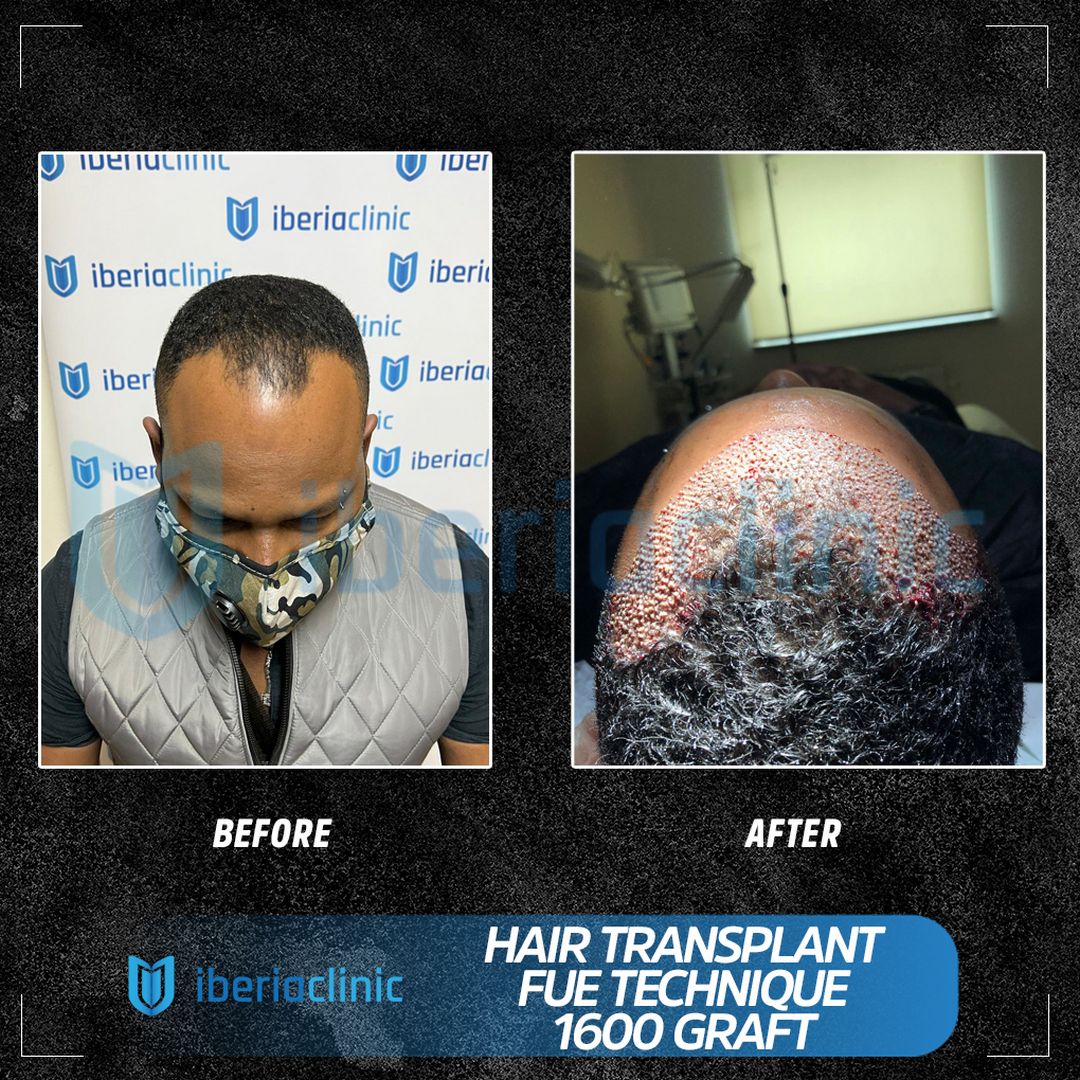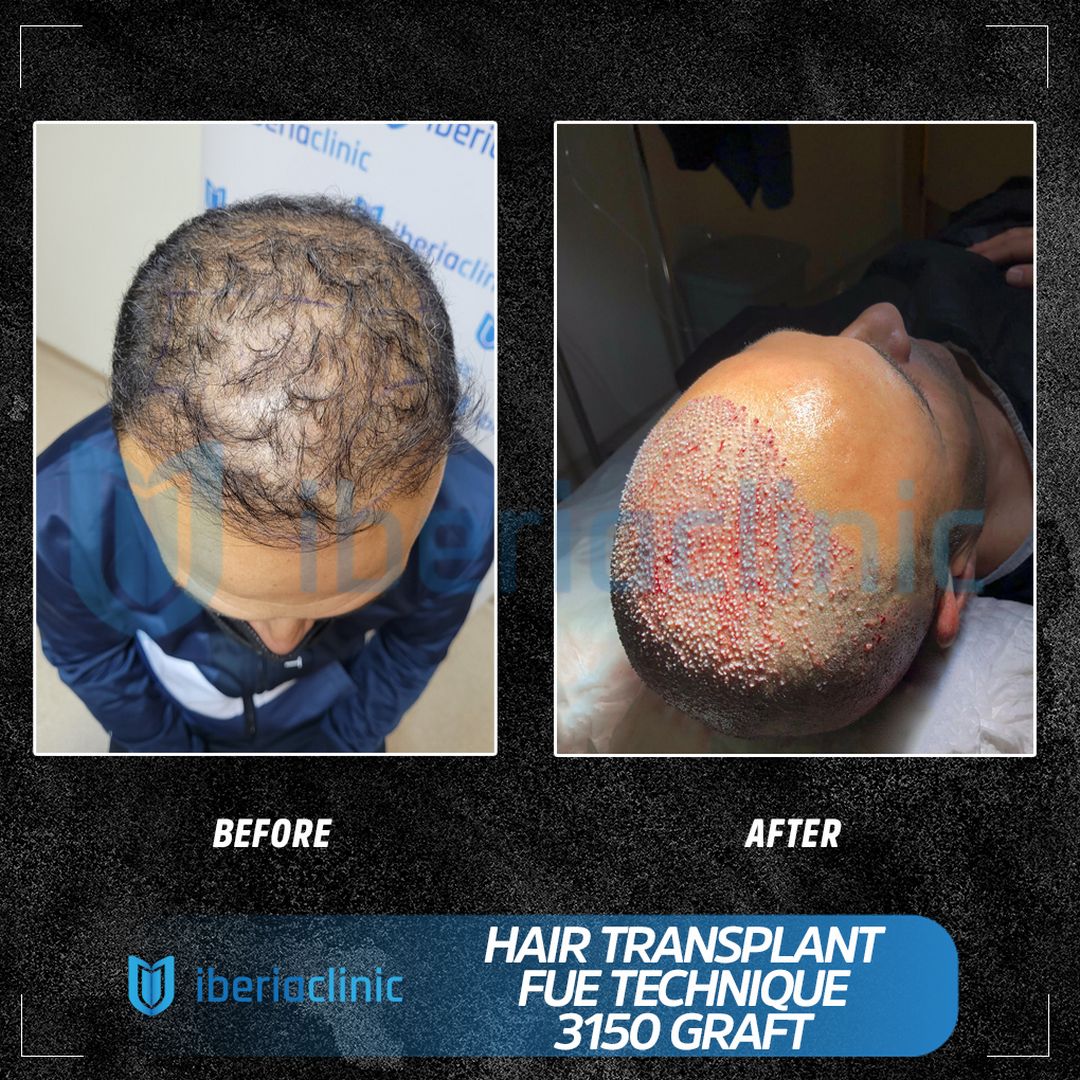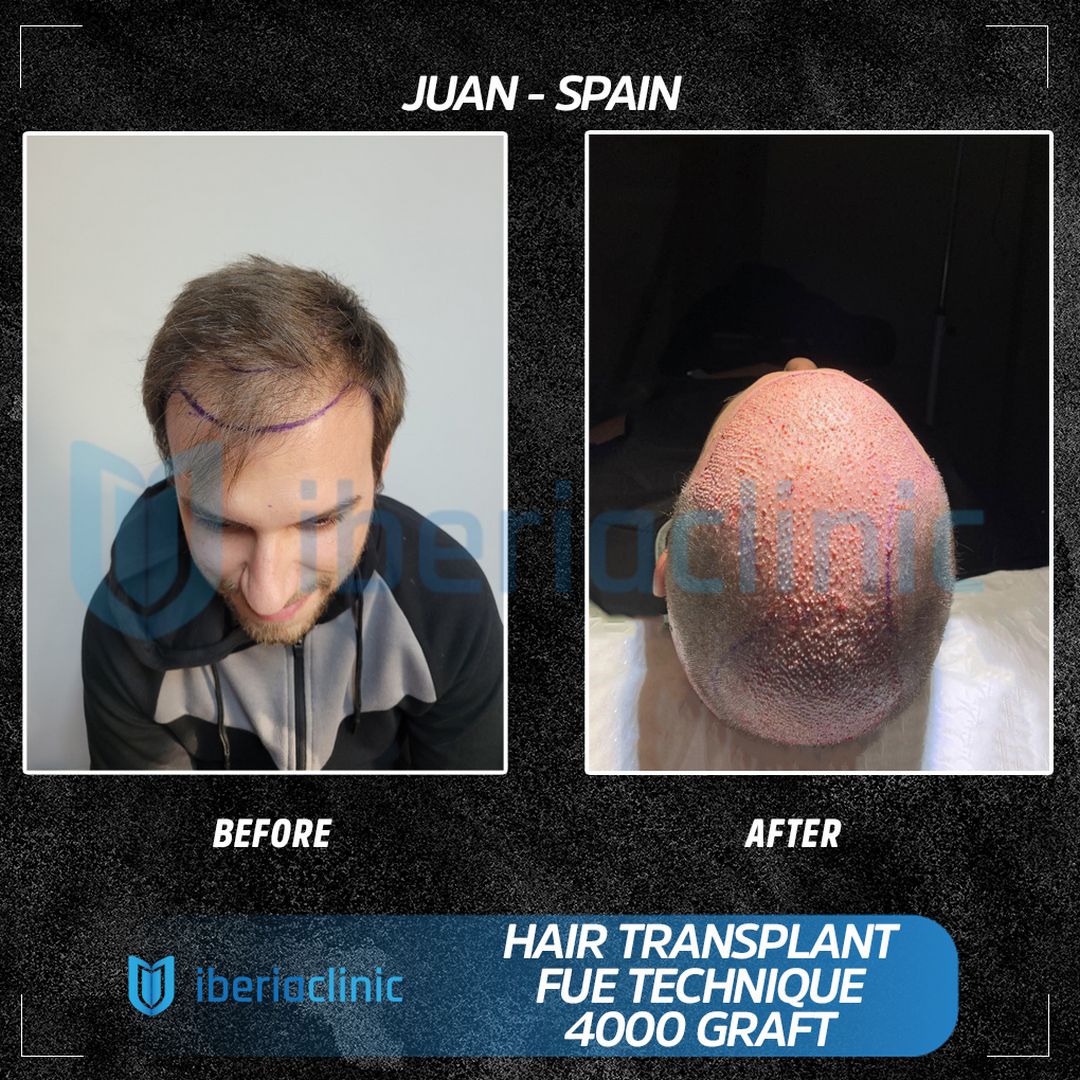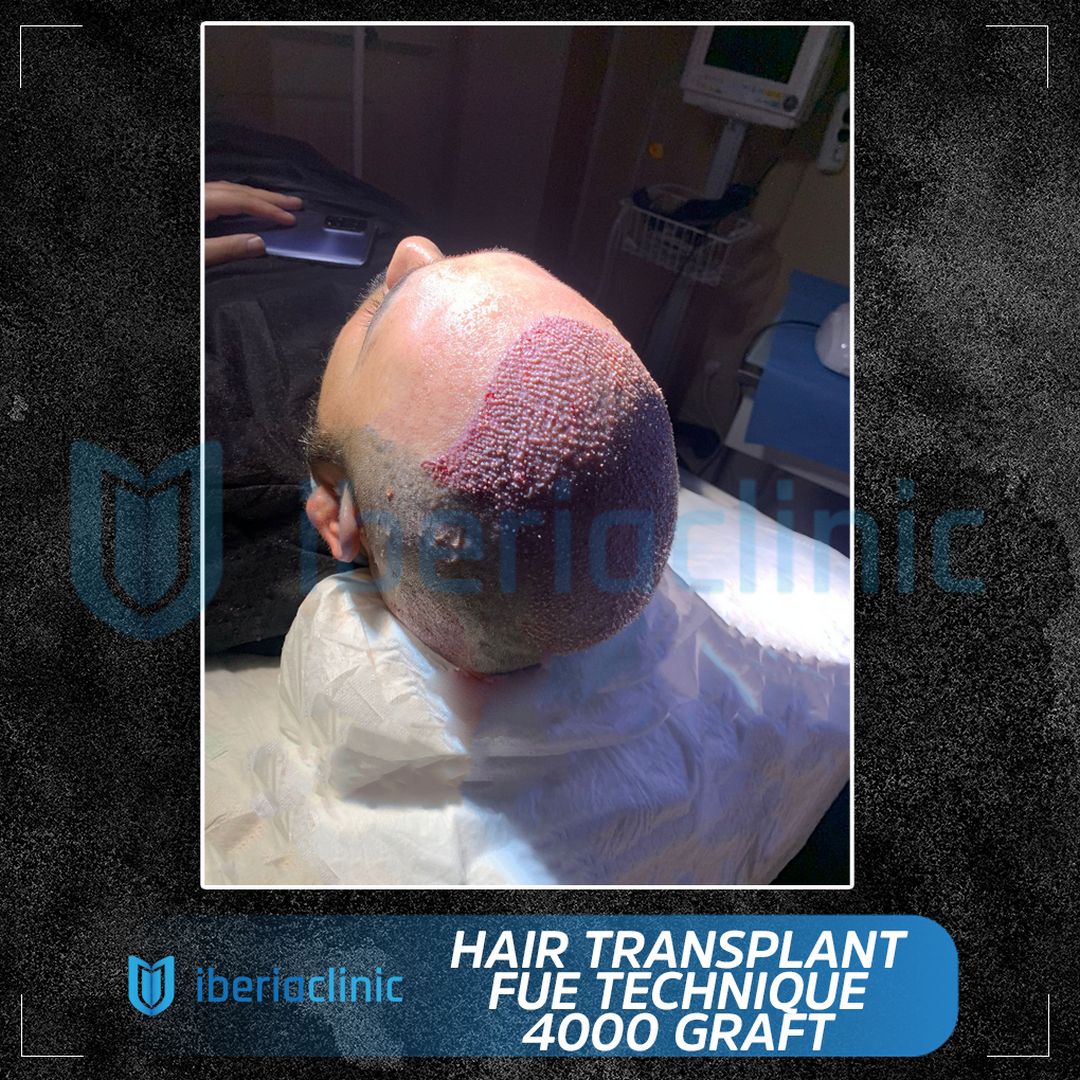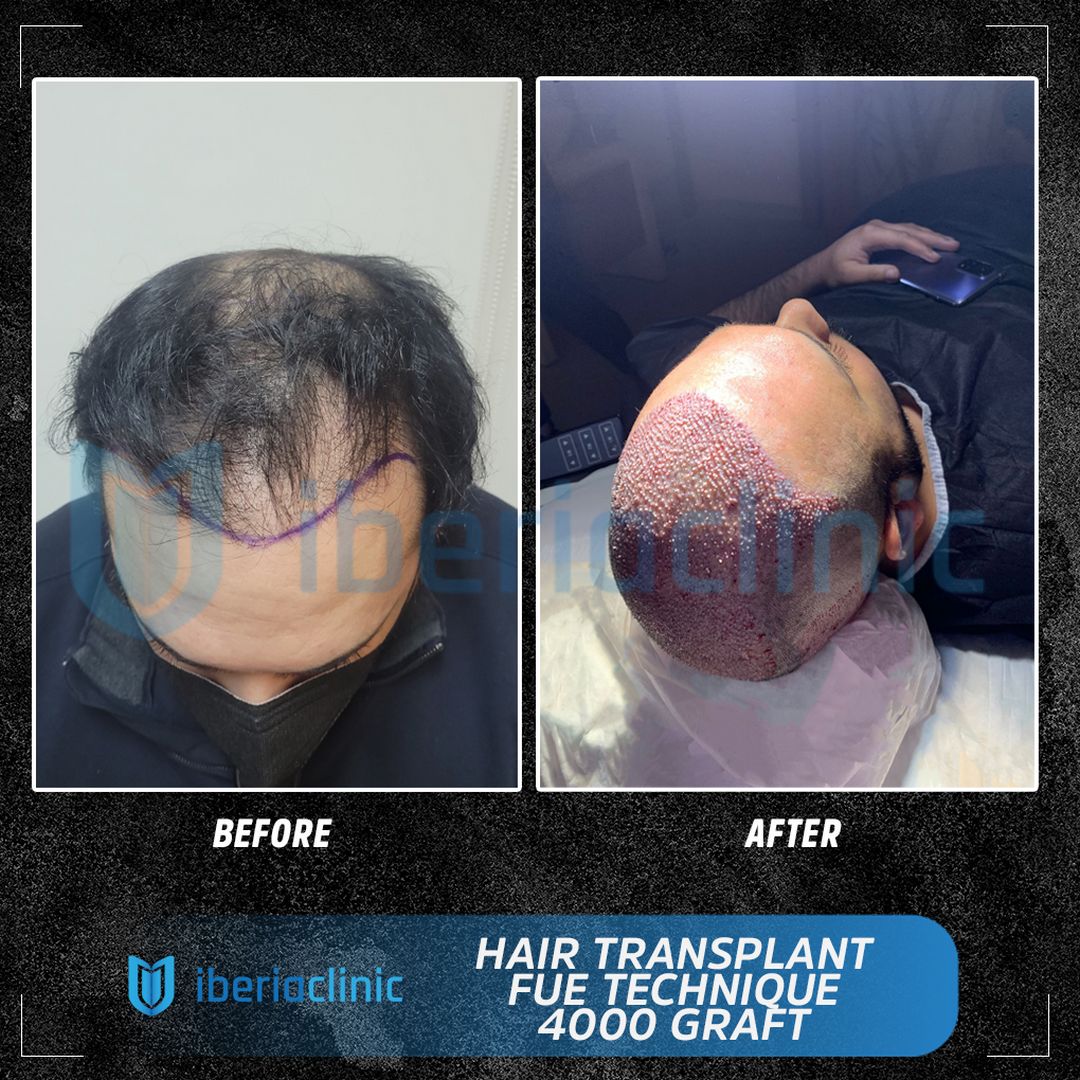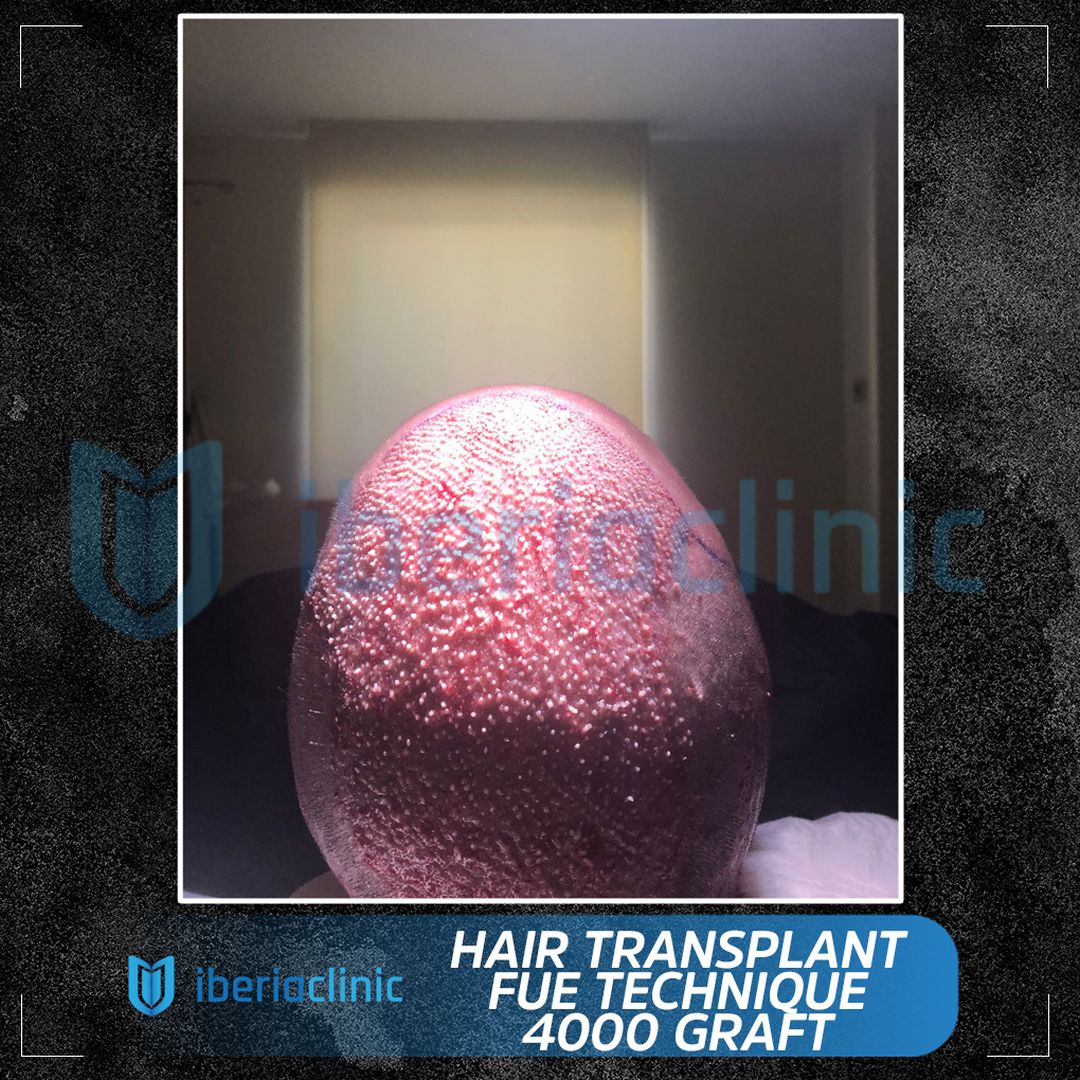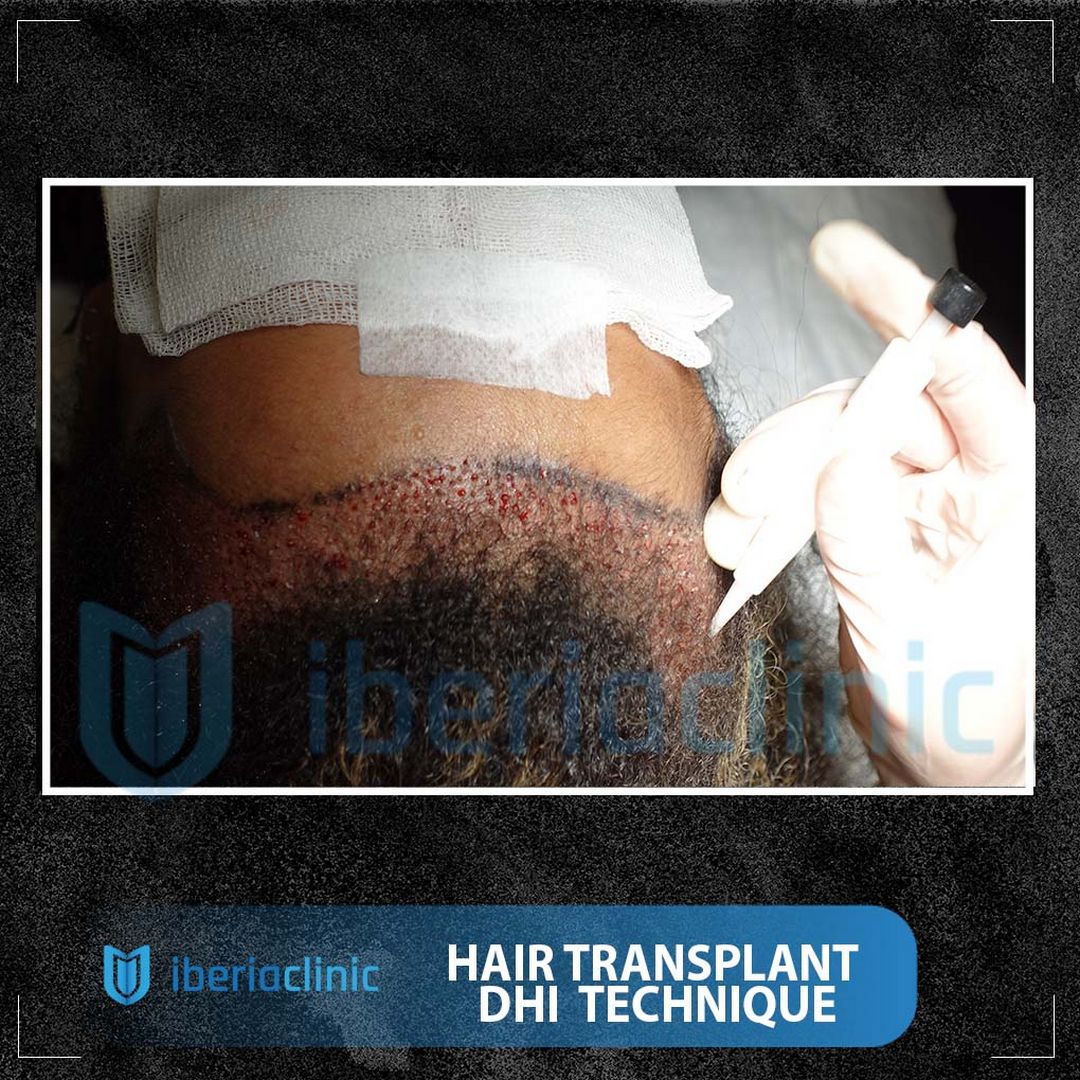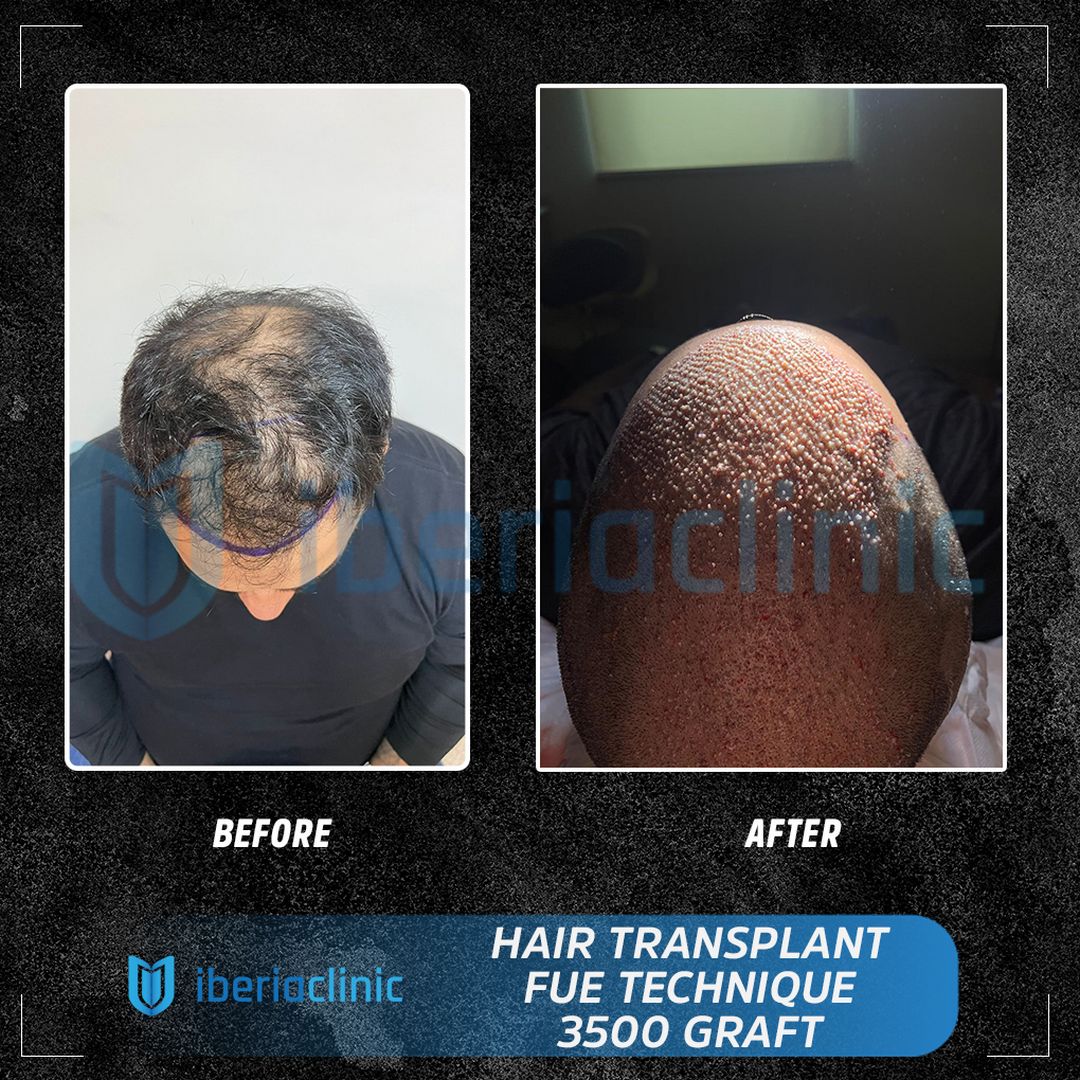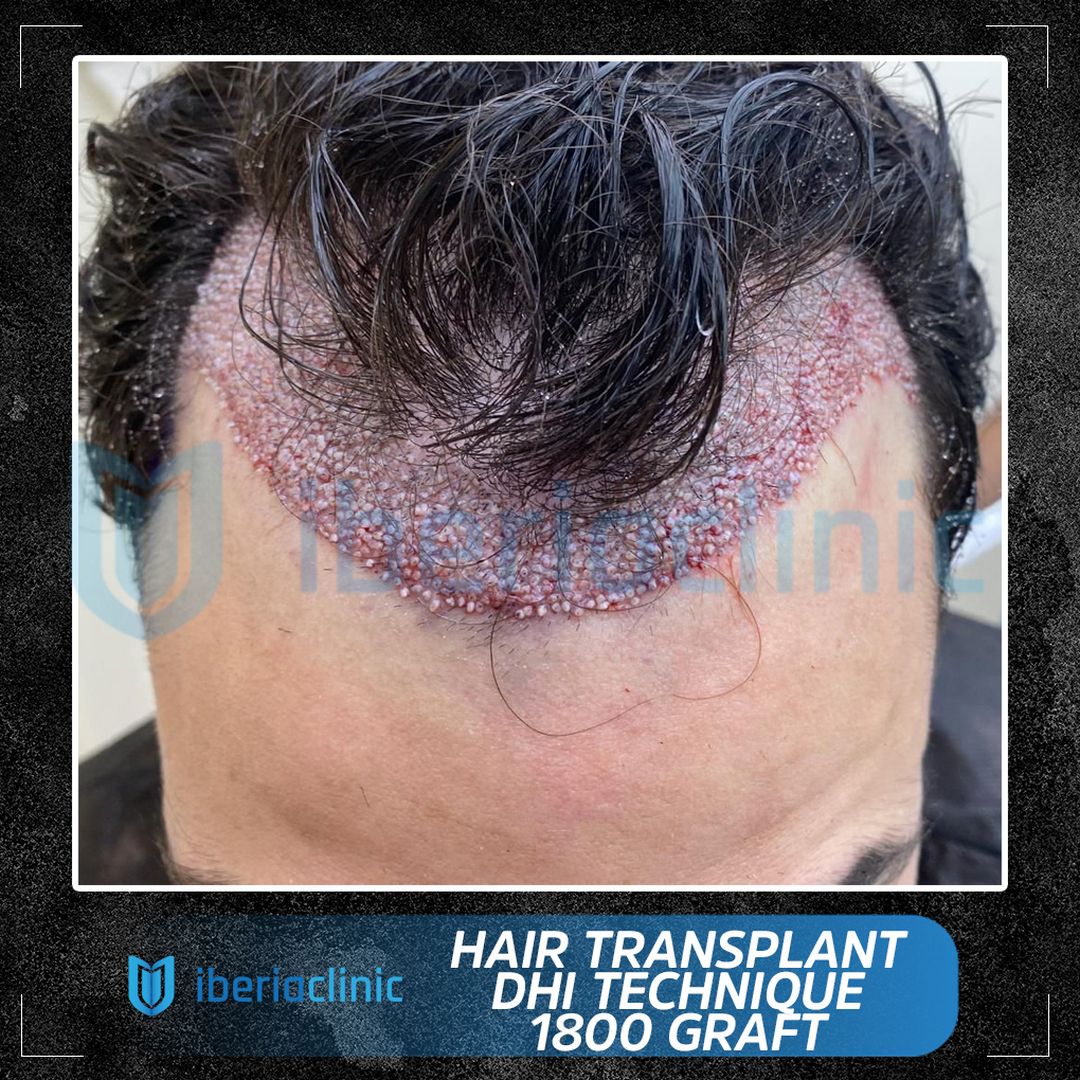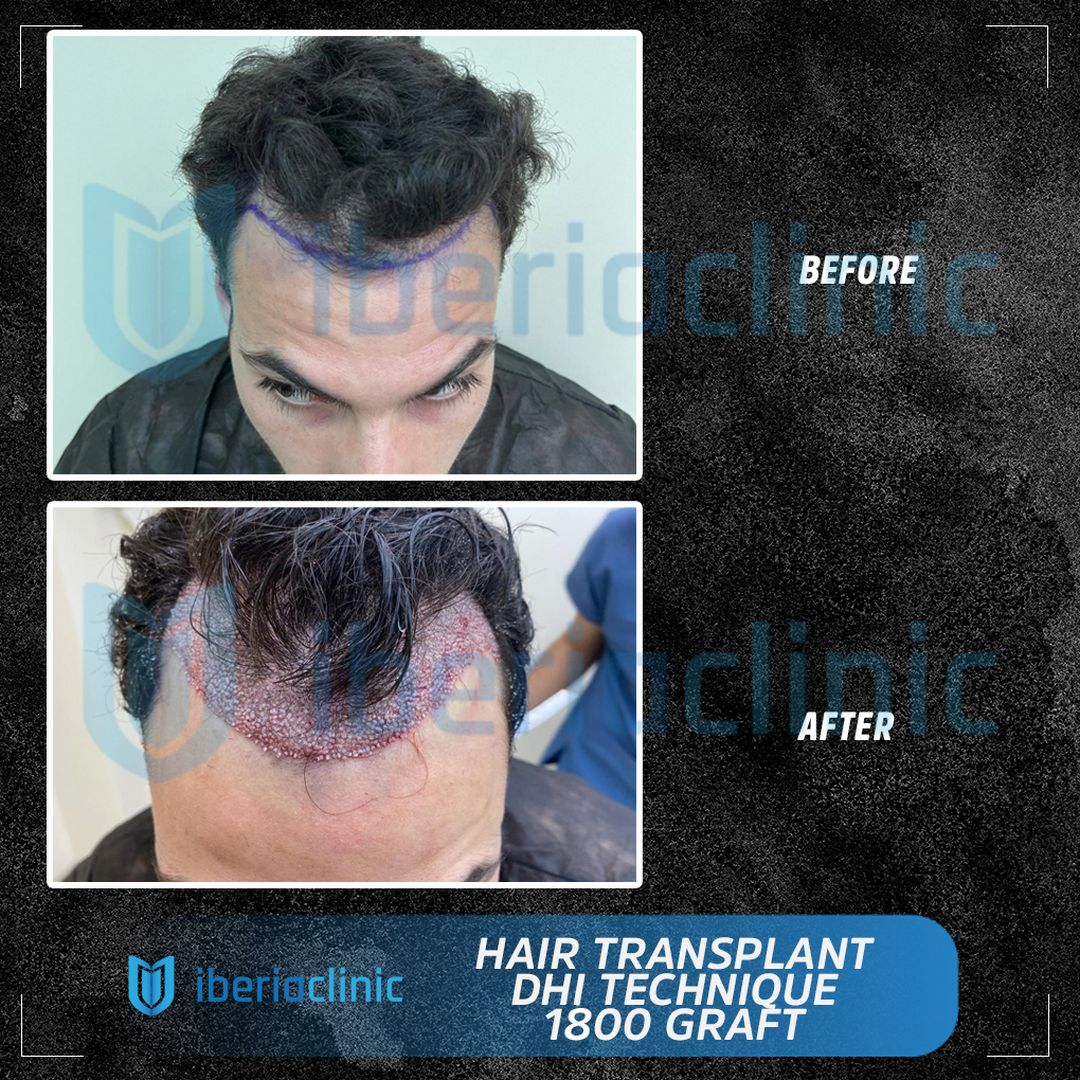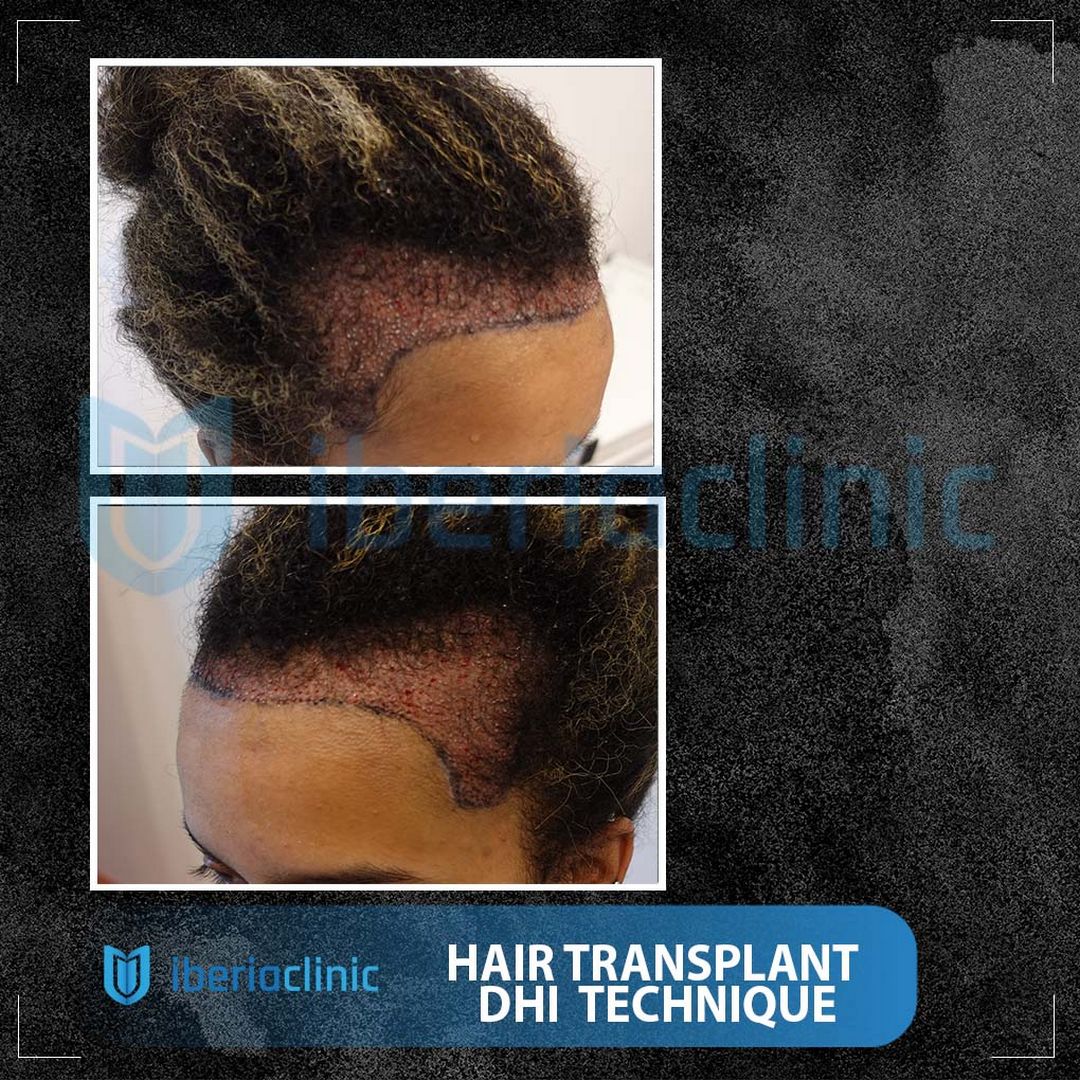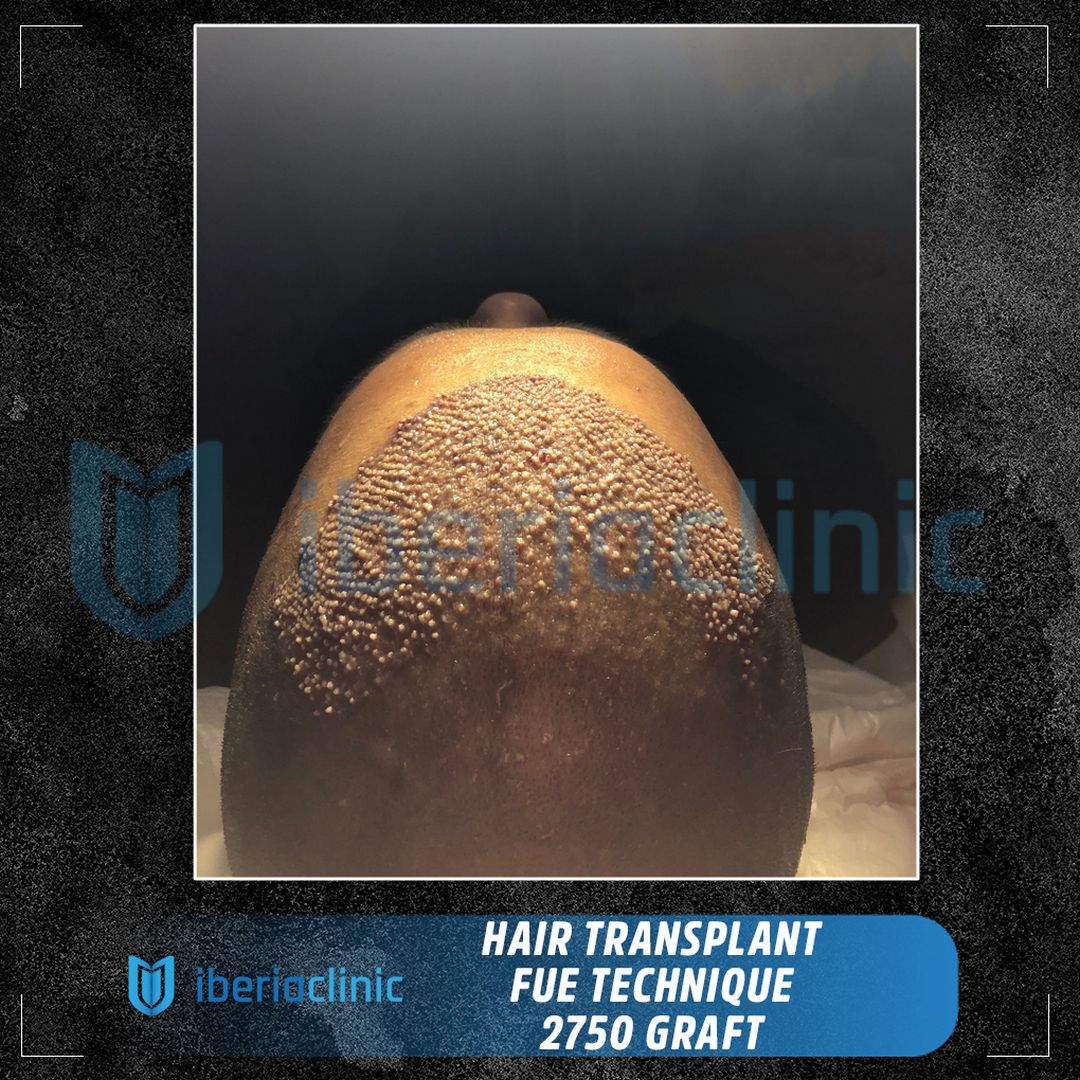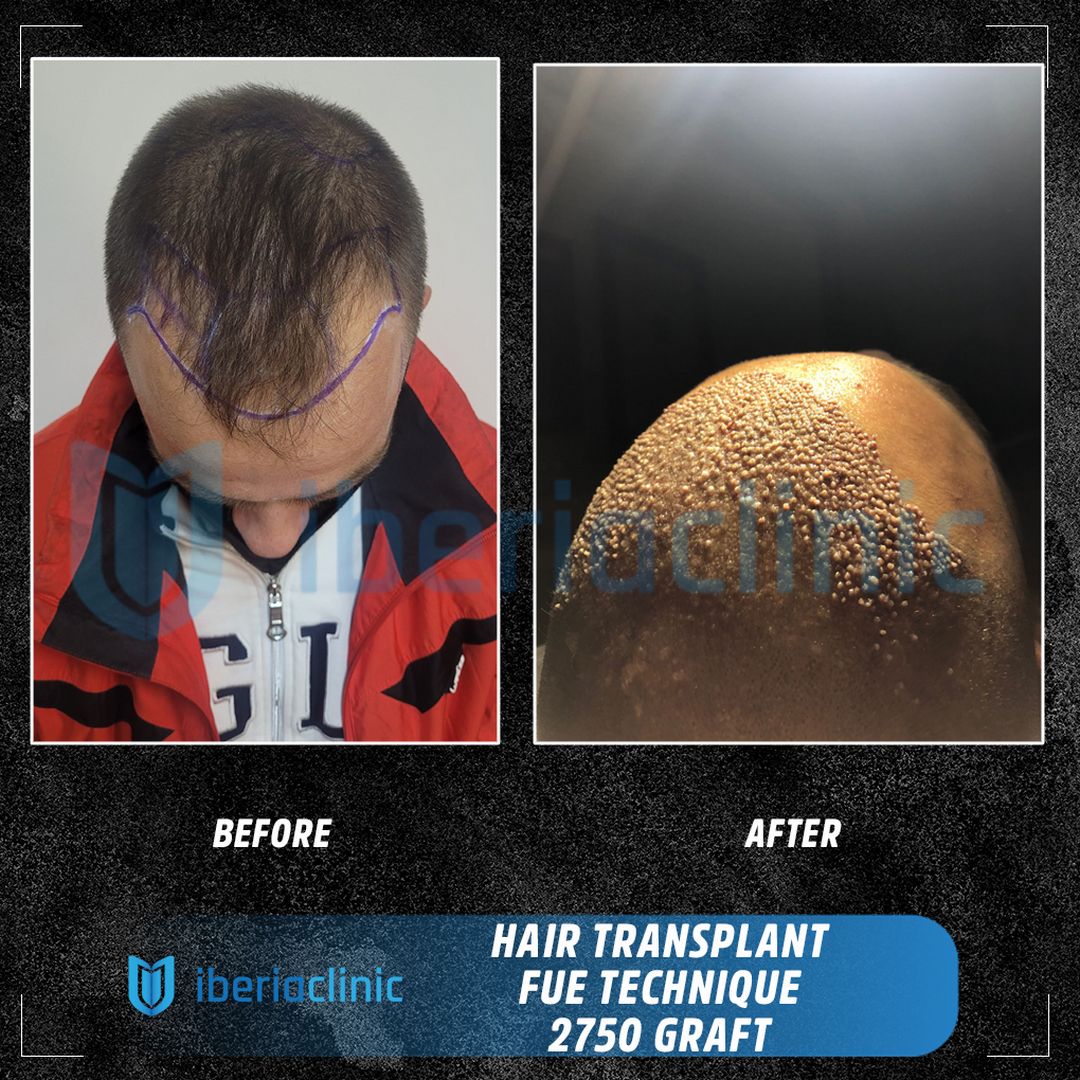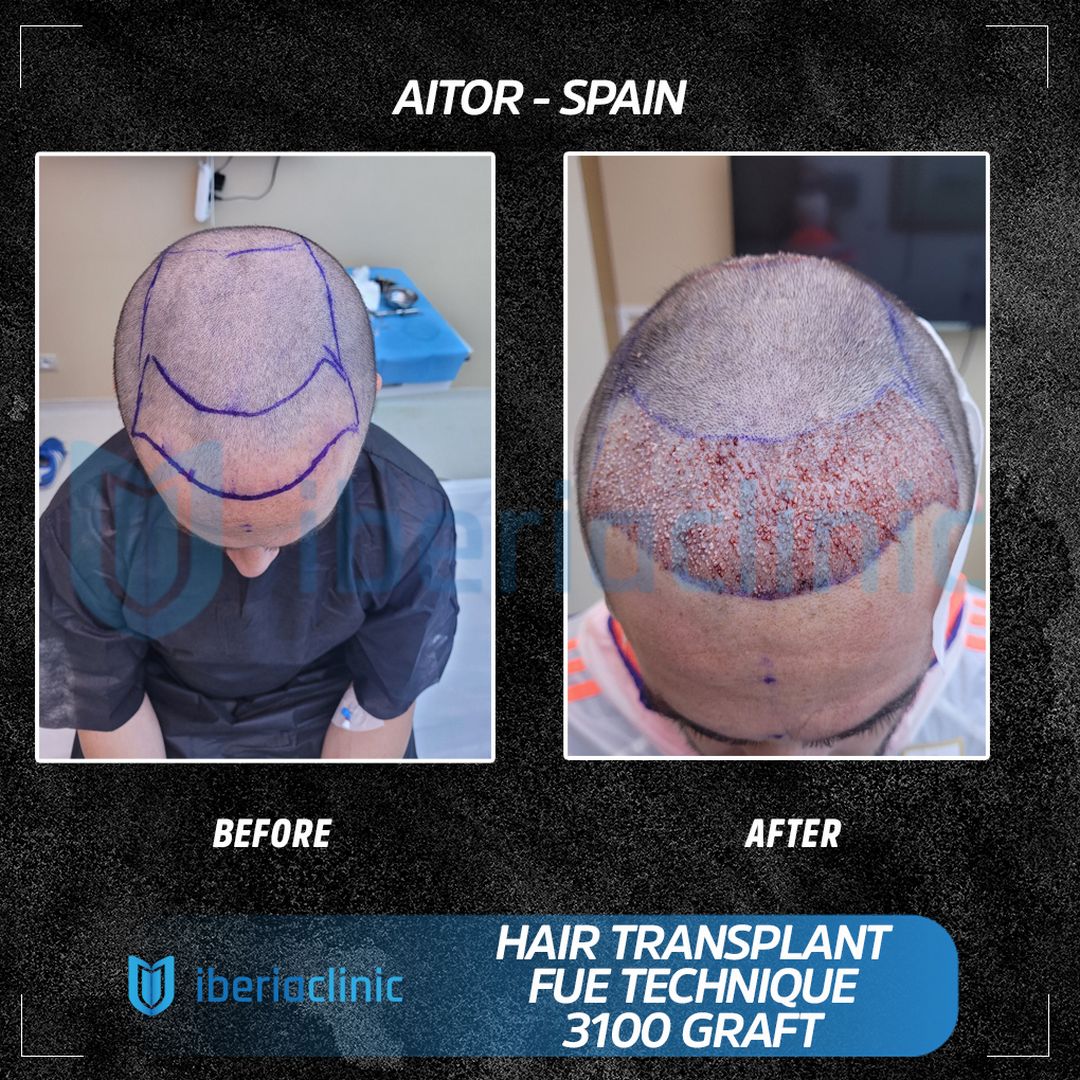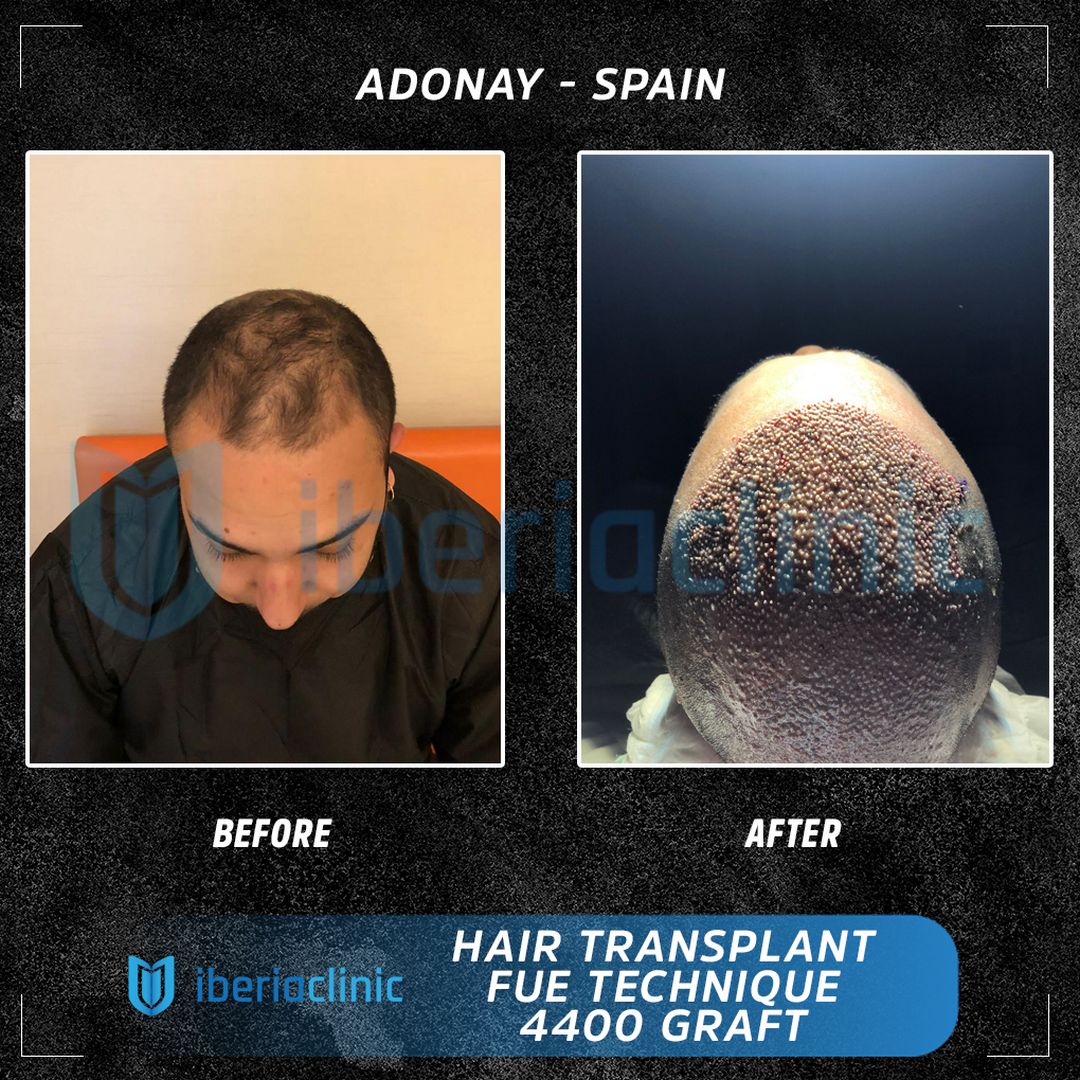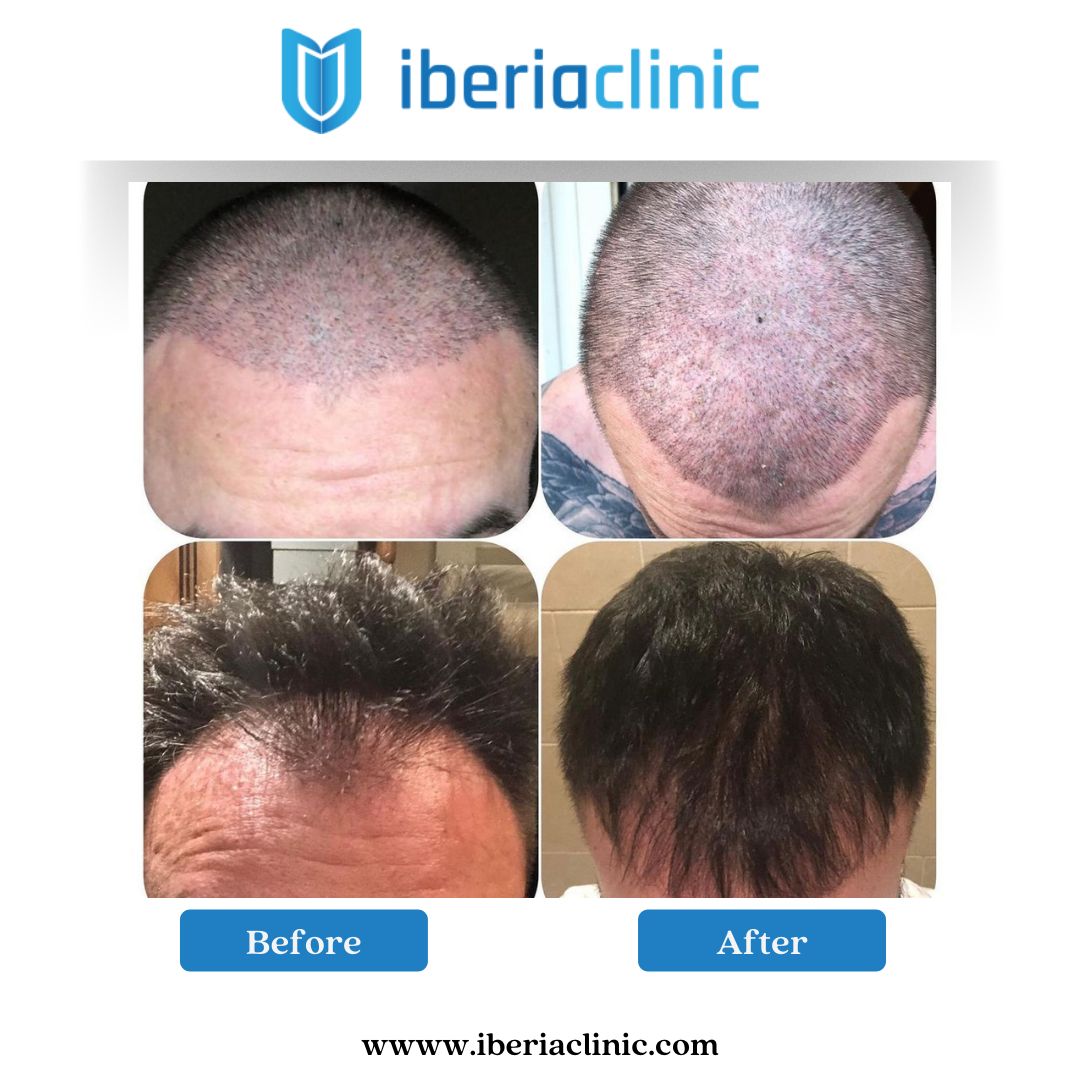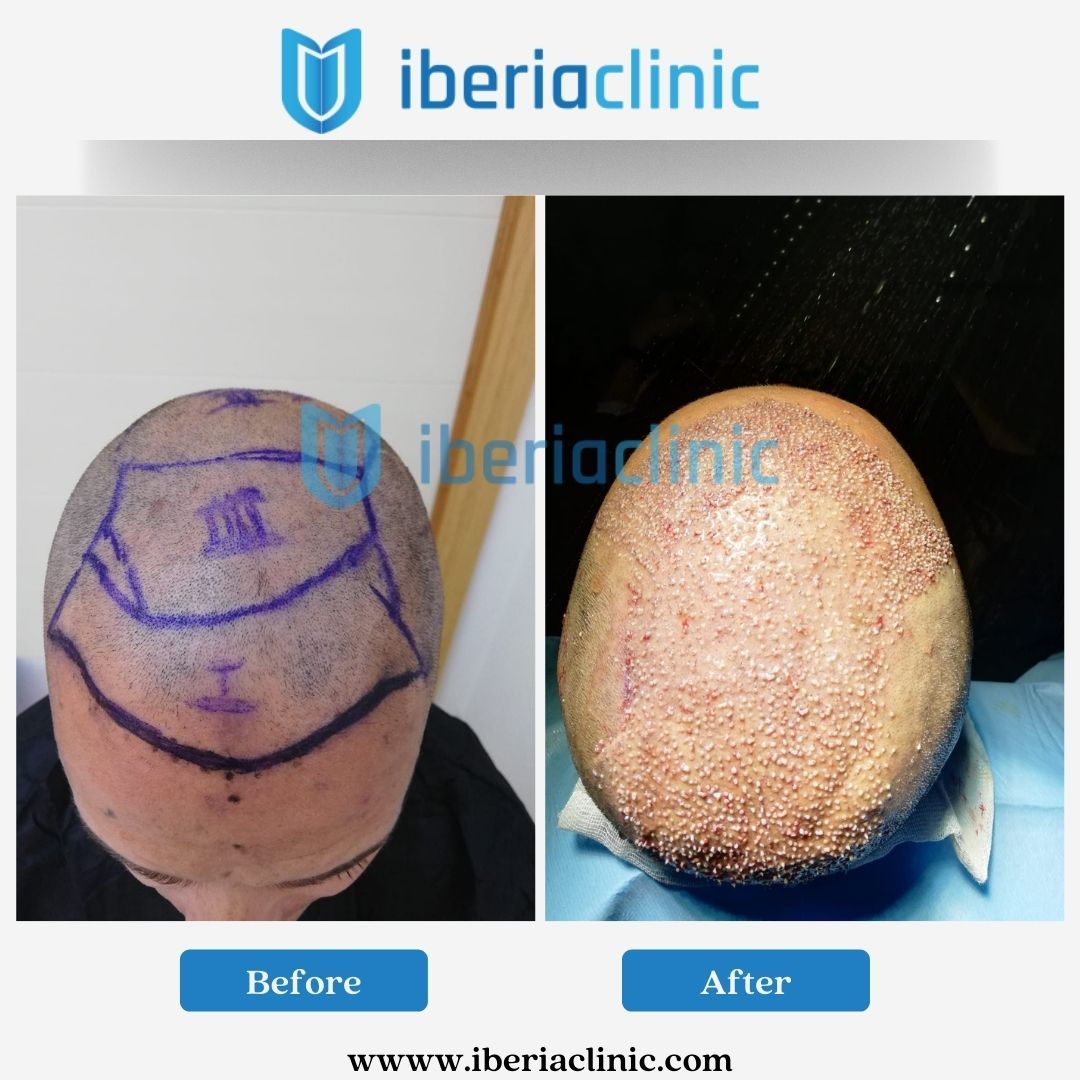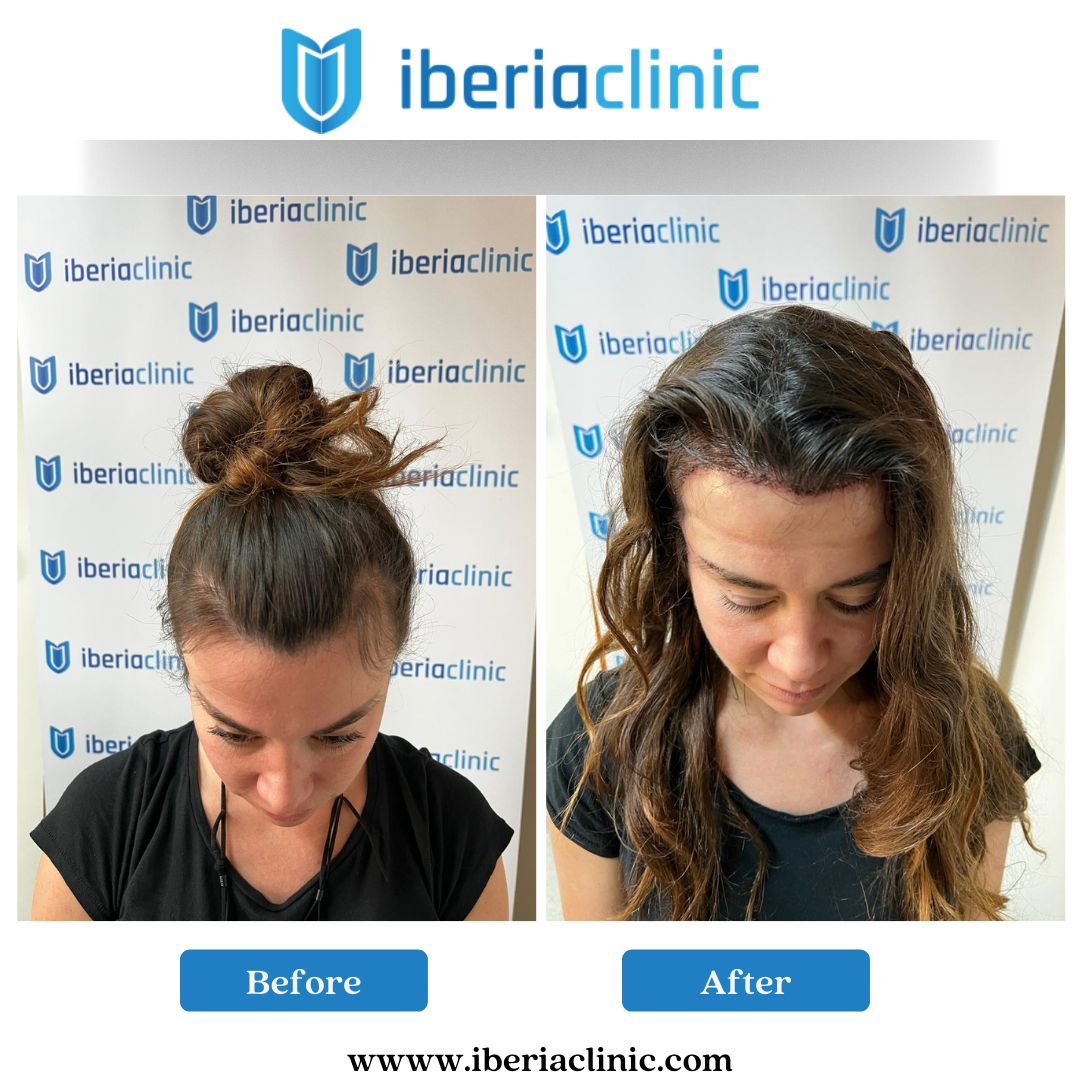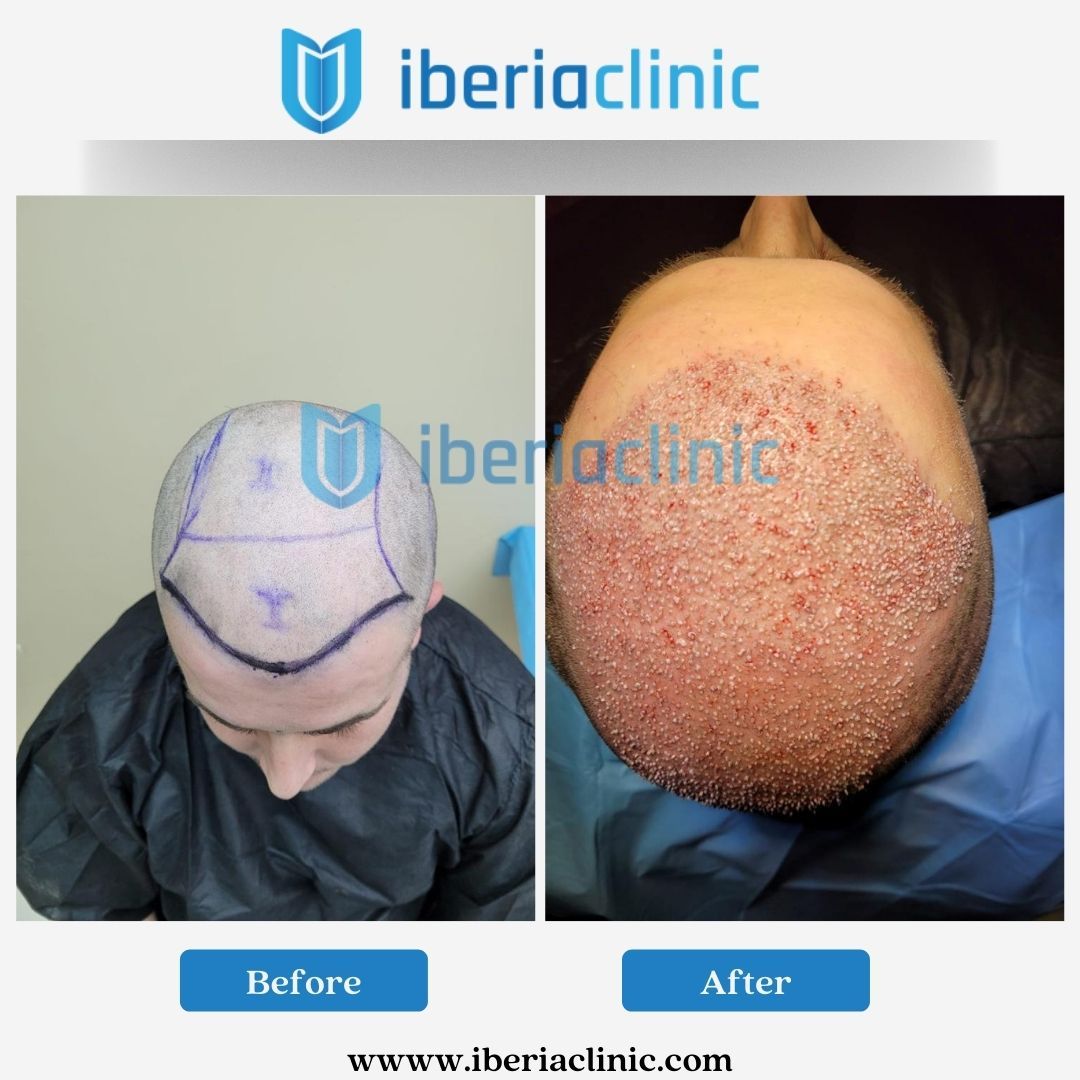DHI Hair Transplant Technique
The DHI procedure is a modified version of FUE hair transplantation. The application procedure of both methods is almost the same. Thanks to this method, you can see a visible difference in hair transplantation before and after the procedure. For this operation, your doctor takes hair follicles taken from a different part of your scalp:
Afterwards, these follicles are placed into the balding areas. Most of the time, hair follicles are taken from the back of your head. These hair follicles grow new hair on your head in the future. There are some steps that should be applied during the direct hair transplantation process. During the removal of hair follicles, disposable tools of 1 mm or less are preferred for each hair follicle. With the help of these tools, hair follicles are extracted from the appointed area.
After this process, the hair follicles are preserved in a solution. The solution has a structure that does not spoil the quality of the hair follicles. The follicles are stored here, where they are protected from harm until the end of procedure. Hair follicles are implanted in the area where hair loss occurs, using a tool called Choi pen implanter. Thanks to the DHI Implanter device with a diameter of approximately 1 mm, the creation of holes or nests is prevented in the process applied to the areas with hair loss. The DHI hair transplantation method is often preferred because the transplanted hair does not fall out again. Hair transplantation in Turkey is quite common as the DHI method is often preferred in Turkey.
Maximum applicability is ensured thanks to the insertion direction and depth of the hair follicles.
DHI Hair Transplant Tool; Choi Pen
During the DHI hair transplant method, hair follicles are placed in the area where hair transplantation is planned with a special pen called Choi Implanter. The follicles collected one by one with this transplantation method are taken into the Choi pen. At the same time, they are transferred to the channels by the Choi pen. The tip of the needle has a cylindrical and sharp point and has a very thin shape. Through the canal-shaped Choi needle, the hair is placed into the needle. The DHI technique is also called the Choi method due to the nature of the needle used during the procedure. With this method, it is possible for the person to obtain a perfect appearance.
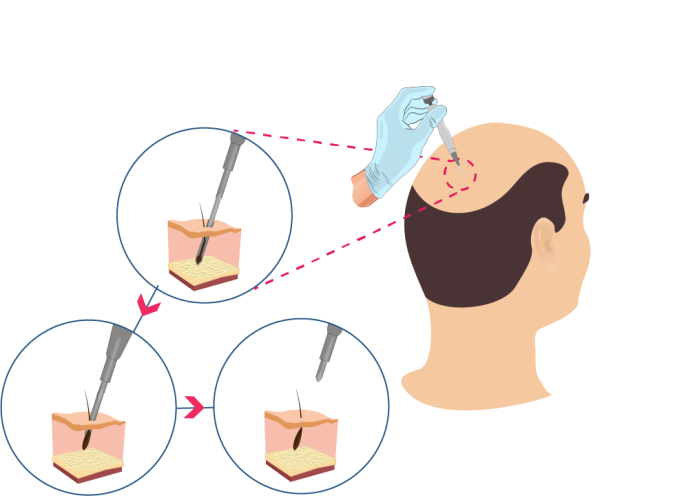
Candidates Suitable for DHI Hair Transplant Technique
- DHI Hair Transplant technique by using CHOI pen for hair transplant is suitable for all cases. Also it is the best choice for people who suffers from diabetes or coagulopathy and not suitable for other hair transplant techniques.
- DHI Hair Transplant can deal with cases of insufficient hair content in the donor’s area, so this technique is the best choice for people who suffer from partial or complete hereditary alopecia.
- DHI Hair Transplant is the only suitable method for people who suffer from hair loss related to burn or cut wound.
- DHI Hair Transplant technique by using CHOI pen for hair transplant is the best choice for women as it doesn’t include hair shaving.
What is the difference between DHI and FUE?
Follicles are transplanted by creating slits in the implantation area and placing the individual grafts into these slits with forceps. Allowing little control over angle, direction and depth, places emphasis on the total number of follicles extracted from the scalp, rather than the follicle survival rate.
On the other hand, DHI grants the surgeon an alternative option to insert each follicle separately and directly to the recipient area, allowing to control the depth, angle and direction of each graft. This provides not only a decrease in trauma for the patient but also results in a more natural appearance.
How is DHI Hair Transplant applied?
Initial Consultation And Medical Tests
As is the case with every other hair transplantation process, the first step to take is consulting with your doctor; discussing your compatibility with the procedure, and deciding on an individually-prepared course of action. You should explain everything about your medical history, including your current condition and the medications you take.
After the consultation period, you will be asked for various medical examination, including blood tests, in order to ensure that you are in good health and free of infections as such.
The DHI Hair Transplant Procedure
Before the operation starts, your surgeon will draw your new hairline on your head based on the pre-determined plans and the goal of your hair transplantation. The next step is the injection of long-lasting local anaesthesia on the donor site. While general anaesthesia is usually not required, you may request a sedative to become more comfortable, since it is a quite time-consuming process.
Once the anaesthesia has taken effect, your doctor will start the extraction process, manually using an extractor device with a diameter of 1 mm or less. As soon as the hair extracted from the donor area, it will be immediately implanted into the recipient site without further ado. Skipping the incision step, your doctor will load the Choi pen with the extracted hair follicles, and directly implant them into your scalp, according to the pre-determined plan of action.
The placement of the hair follicles must be done with utmost diligence as it requires a precise direction and angle of 40 to 45 degrees. The surgeon’s skill and experience become prominent at this point. 2 to 6 pens and 15 to 16 needles of various sizes are needed throughout the operation, depending on the structure of the hair.
Following your surgery, you will be informed on what kind of an aftercare routine you should follow on the instructions of your surgeon. You will be given all kinds of necessities required for a post-op period such as shampoos and medications.
DHI Hair Transplant Advantages
- Use of local anesthesia.
- It is not invasive, without pain, without hospitalization.
- It is not necessary to shave the reception area.
- There are different types of implants (larger or smaller diameter) depending on the characteristics of the patient’s follicle.
- It can give more density.
- It has more precision and accuracy.
- The scalp and surrounding follicles are almost untouched.
- It is not necessary to use the scalpel to open the channels where the follicles will be deposited, so the wound is smaller and leaves no scars; with the implanter, it is easier and more convenient to control the tilt angle, depth and direction of the channel.
- Patients can have a normal life right out.
- Natural and permanent finishes.
No scarring
DHI provides a complete scar-less look, unlike the other transplantation techniques. Meanwhile, DHI operation is performed with an approach of aligned distribution, so scarring does not occur.
Guaranteed Natural Results With DHI Hair Transplant
Gaining advantage from the Choi pen, direct hair transplantation provides perfect control of angle, direction and depth of the hair follicles being implanted, and provided with complete management, the surgeon gains the means of ensuring the most natural-looking results possible.
Highest Graft Quality
One of the most prominent benefits of the DHI Hair Transplant is that it provides a much more superior level of viability in terms of hair follicles since the time they remain out of the scalp is much shorter than the other techniques. Hence, the possibility of hair damage is decreased significantly. After the extraction of the hair follicle, it can be kept in a solution so that it won’t be spoiled or damaged, or it can be immediately implanted into the recipient area without delay.
The efficient nature of the procedure makes DHI an extremely safe technique for the follicles’ health, with a survival rate of more than 90%.
Less Hair Damage
DHI Hair Transplant not only decreases the amount of damage to the grafts but also reduces the risk of damage to the existing hair. Choi pen allows surgeons to perform with the utmost precision, so you do not have to shave off your hair completely. This is one of the primary reasons for women to opt for direct hair transplantation as they can keep their hair the same as before.
Not shaving the hair helps surgeons to get more natural results too, since they can implant the follicles in accordance with the existing hair, resulting in a more natural look.
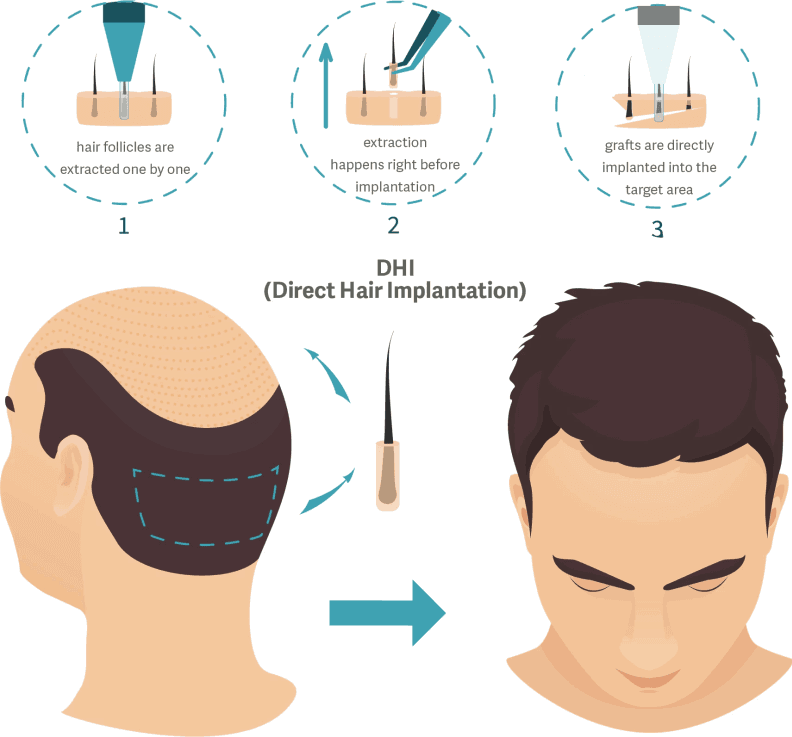
Short recovery time
Since DHI Hair Transplant operation is executed without a need for incisions or stitches, it does not lead to any kind of scarring, which means the amount of time required for recovery is considerably short. Therefore, you can go back to work after a couple of days with minimal postoperative problems.
Recovery period
As with any surgery, to complete the treatment with the most productive results, you should follow your surgeon’s instructions on the aftercare procedure. You will be provided with post-op necessities and medications in order to minimize the risks of infections and inflammations.
For the sake of healthy grafts and steady physical condition, you will need to take various precautions, including:
- Avoid sun exposure, and intense exercising for at least 4 weeks
- Take your medications regularly which are prescribed by your surgeon
- Avoid any chemicals such as hair products or shampoos for at least a month
- Use nothing but only the cleansing products advised by your doctor
- Do not wash your scalp for about a couple of days after the surgery
- Do not expose your scalp to extreme heat or cold
- Get enough rest for a rapid recovery period
- Do not consume chemicals that can interrupt the blood flow, such as alcohol or cigarettes for at least a week
- Do not roughly comb your hair for about a month
- If you notice abnormalities such as a symptom of infection, immediately contact your doctor
In the weeks following the surgery, you may enter a period of ‘shock loss’, and lose your newly implanted hairs to a great extent. No need for panic; this is a common part of the process. New hair growth will begin again in 3 to 4 months after the surgery, and at the 6. month, you will be able to see visible results.
Treatment Summary
Frequently Asked Questions
The hair grows the first month after the graft, the upper part of the hair falls out (it is normal), the third month begins to grow again and in six months the patient sees almost 70% of what the final result will be, all the process takes a year to complete. Period after which you will wear magnificent hair again.
Hair graft surgery lasts approximately 6-8 hours depending on the number of follicles that are going to be transplanted to the patient in the intervention.
Hair graft can be performed in patients who have alopecia and are between 18 and 70 years old. The intervention can be performed on both men and women. In women, the case is treated in a different way because the reasons for hair loss in men is DNA, that is, the production of a male hormone that causes the follicles to fall, especially in the front and crown of the hair. the head where blood circulation is highest. In women this fact does not occur for that reason, before carrying out a hair graft treatment in women, we have to find the reasons for the loss. Before deciding if you can carry out the hair transplant treatment or not, blood tests such as Ferritin, Ferro, Thyroid ... among others, and also a visit to a gynecologist are requested. If there is a problem in the results of these tests within the established parameters, the patient could not perform the intervention.
The maximum number of follicles that can be grafted in a hair transplant is 5000 to 5500. This always depends on the need (size of the alopecia) and availability (amount of hair in the donor area of the head).
The capillary graft is an aesthetic operation that does not require hospitalization of the patient. The patient leaves the hospital / clinic just after finishing the intervention. The third day after the graft, the patient can start working always paying close attention not to hit the head, not spend a lot of time in the sun and in places where there are many dust particles or similar in the environment.
Patients should protect their scalp from the sun for about a month. This is not intended to stay indoors, just wear a hat or cap to protect against sunburnPatients should protect their scalp from the sun for about a month. This is not intended to stay indoors, just wear a hat or cap to protect against sunburn.
We ask you to think about your back, your head on some cushions. By raising your head, the cushions lessen any swelling that usually occurs after hair transplantation.
You can safely go home the second day after the procedure. Staples can be easily removed in the patient's hometown. We provide easy-to-use instructions and staple remover for any healthcare professional. There should be no other reason to return other than an optional one-year follow-up.
Fibrosis, commonly known as scarring, is the skin's way of healing. Scars in transplanted areas are generally not very visible and the micro-technologies we currently use make them almost imperceptible.
Usually the grafts can be dislodged during the first 10 days after the operation, so be careful not to rub the sculpture during this period. The grafts are firmly fixed and are permanent later; after 2-3 weeks, they cannot be dislodged, not even by rigorous washing. A limited amount of transplanted hair can fall out. This is a normal reaction and this loss is called "shock loss." There is no need to worry as all the roots (or follicles) of the hair remain healthy and in place; it does not mean loss of transplants.
Mild pain can be expected for the first two days after treatment, caused by anesthesia. But afterwards you will feel good and can continue your daily and professional life.
Hair implantation is a very simple procedure that does not pose any risk to the patient. Before starting the procedure, a full test is performed to ensure that the patient is fit for treatment. In very rare cases, infection can occur if the patient does not fully follow postoperative instructions. It is easily treatable with antibiotics.
The operation is not painful at all. We use local anesthesia to avoid pain, and we provide a pain reliever for the first two days after the procedure to avoid pain or discomfort.
We prefer not to evenly distribute the transplanted hair. If we focus on the front line, it will disappoint to give it a natural look. The facial frame is the most important, covering the upper part is next and if the patient has a rich and dense donor area, then the hair can be added to the crown.
Hair implantation consists of extracting the hair follicles from a certain area that is normally the nape (the back of the head) so that it does not damage the donor area and does not leave scarring, and re-implants these follicles in the bald area or well bald. This operation is performed under local anesthesia. The extraction is carried out with a micro motor that removes the roots of the hair.
We provide the best services with affordable prices. Our prices depend on the chosen hair transplant method. We have set prices for different methods and all costs include postoperative exams and medications; no additional payment will be required for any reason. We do our best to offer you the best value for money with our competitive prices. Please contact us to be informed of the prices of our packages.
Hair follicles taken from your donor area are genetically and naturally resistant to the factors that caused your original hair loss, they will continue to grow throughout life, as if they were left there and not transferred anywhere.
Because the implanted follicles are extracted from the same body that will receive them, they will produce natural hair that will perfectly match the original in color and shape. It is important to choose the correct procedure and the correct clinic to obtain the best results. When your hair begins to grow, it will be impossible to determine which hair has been transplanted.
Before After Results
REQUEST A CALL BACK
Related Posts

